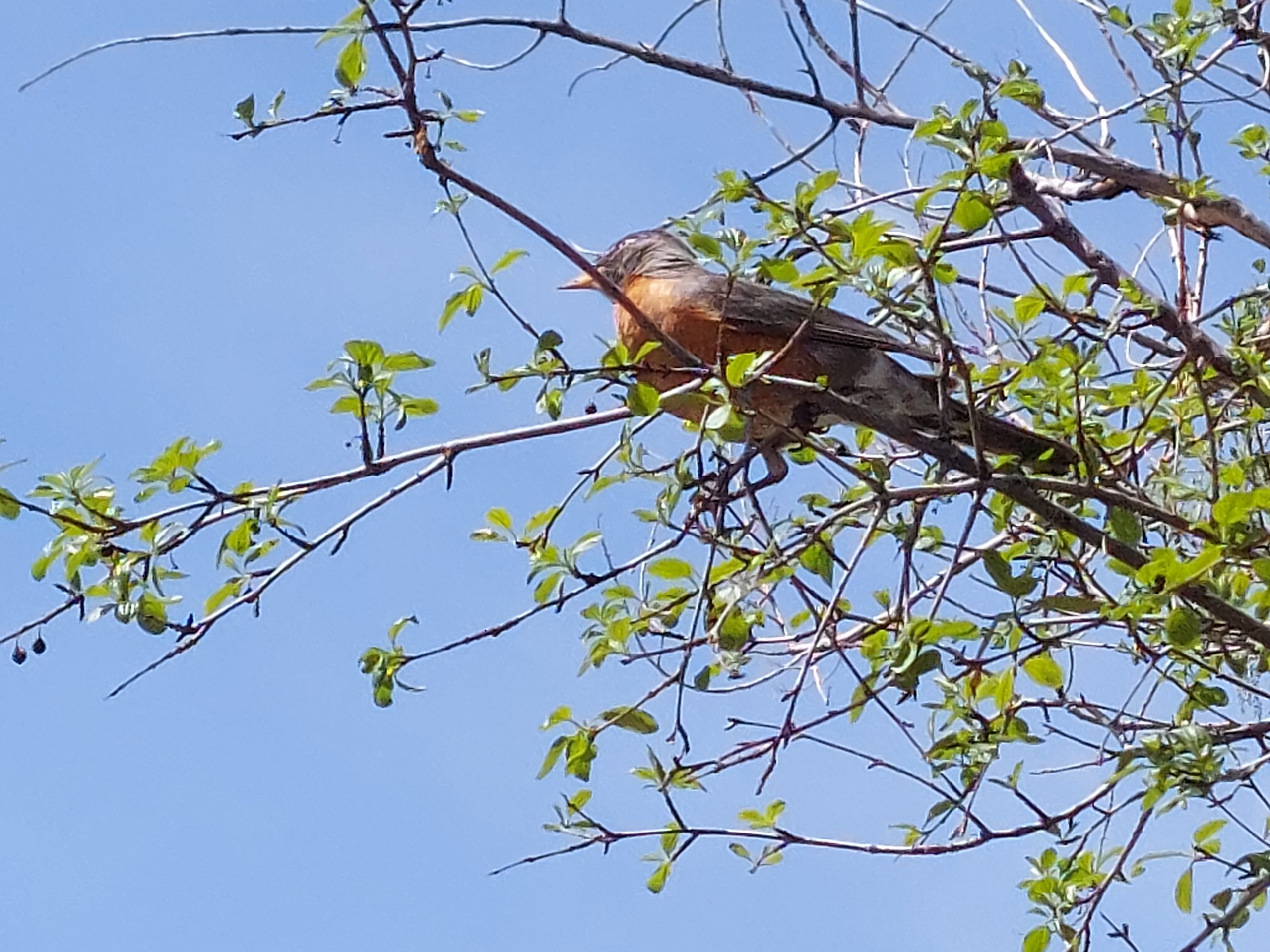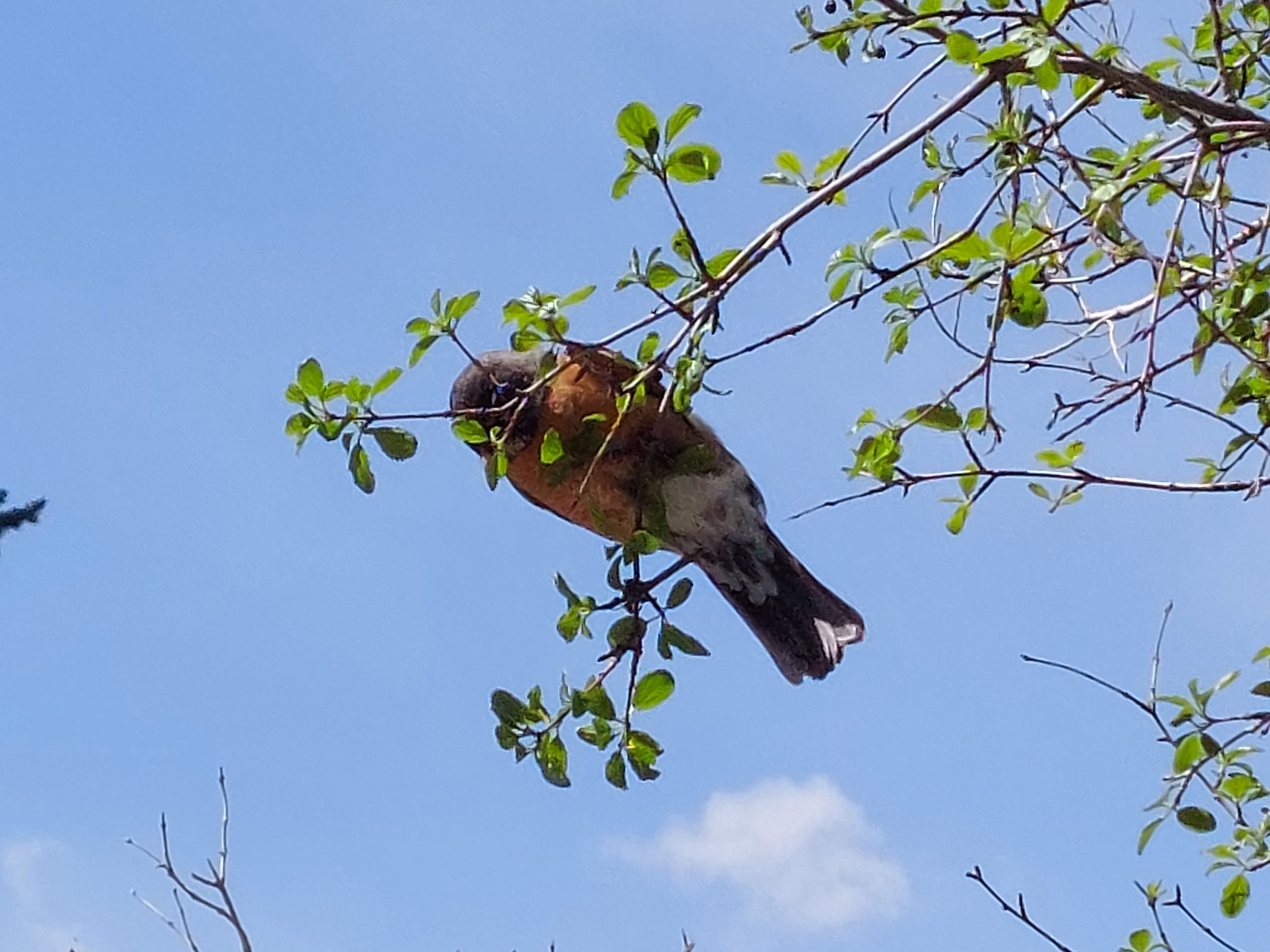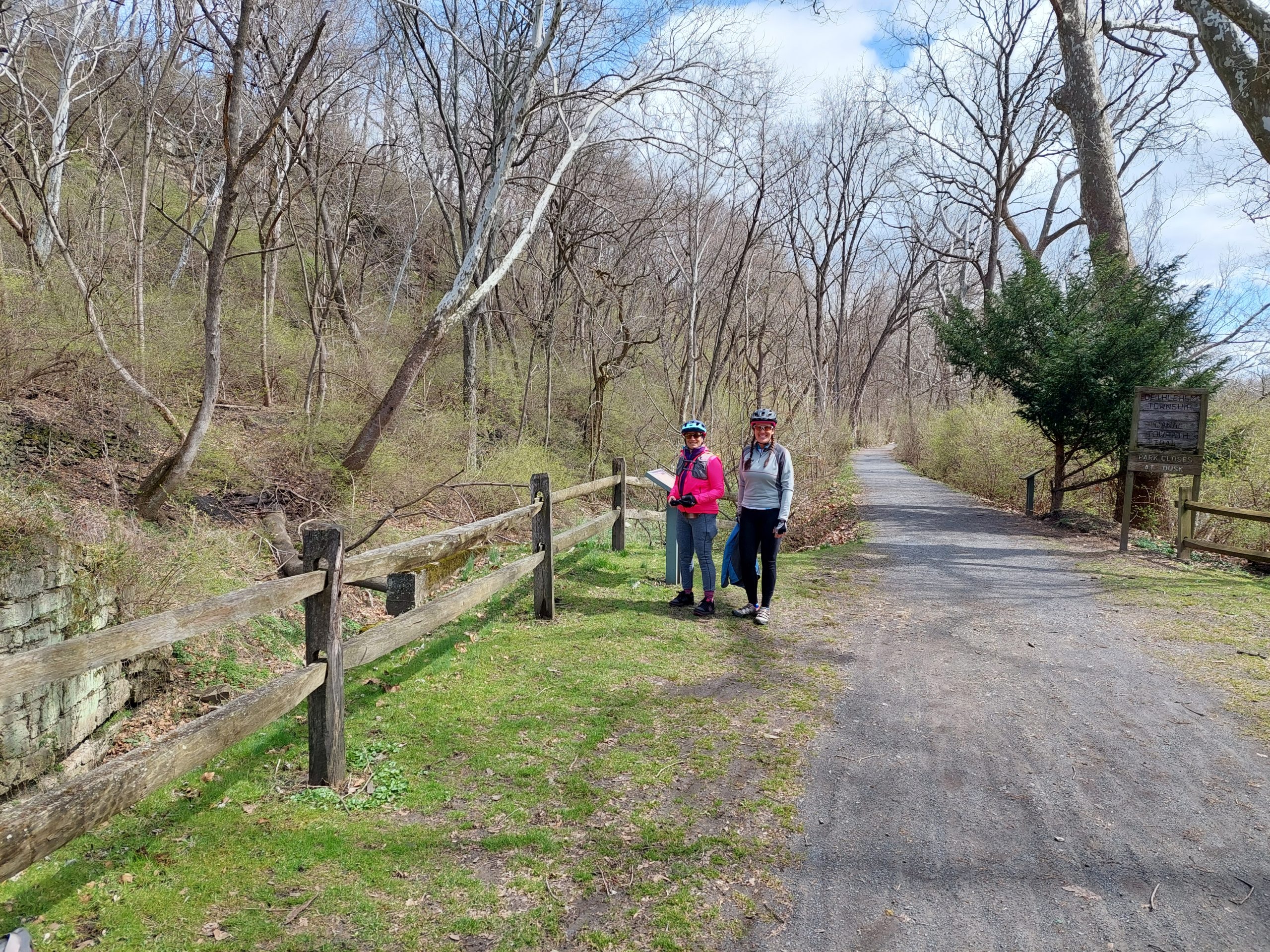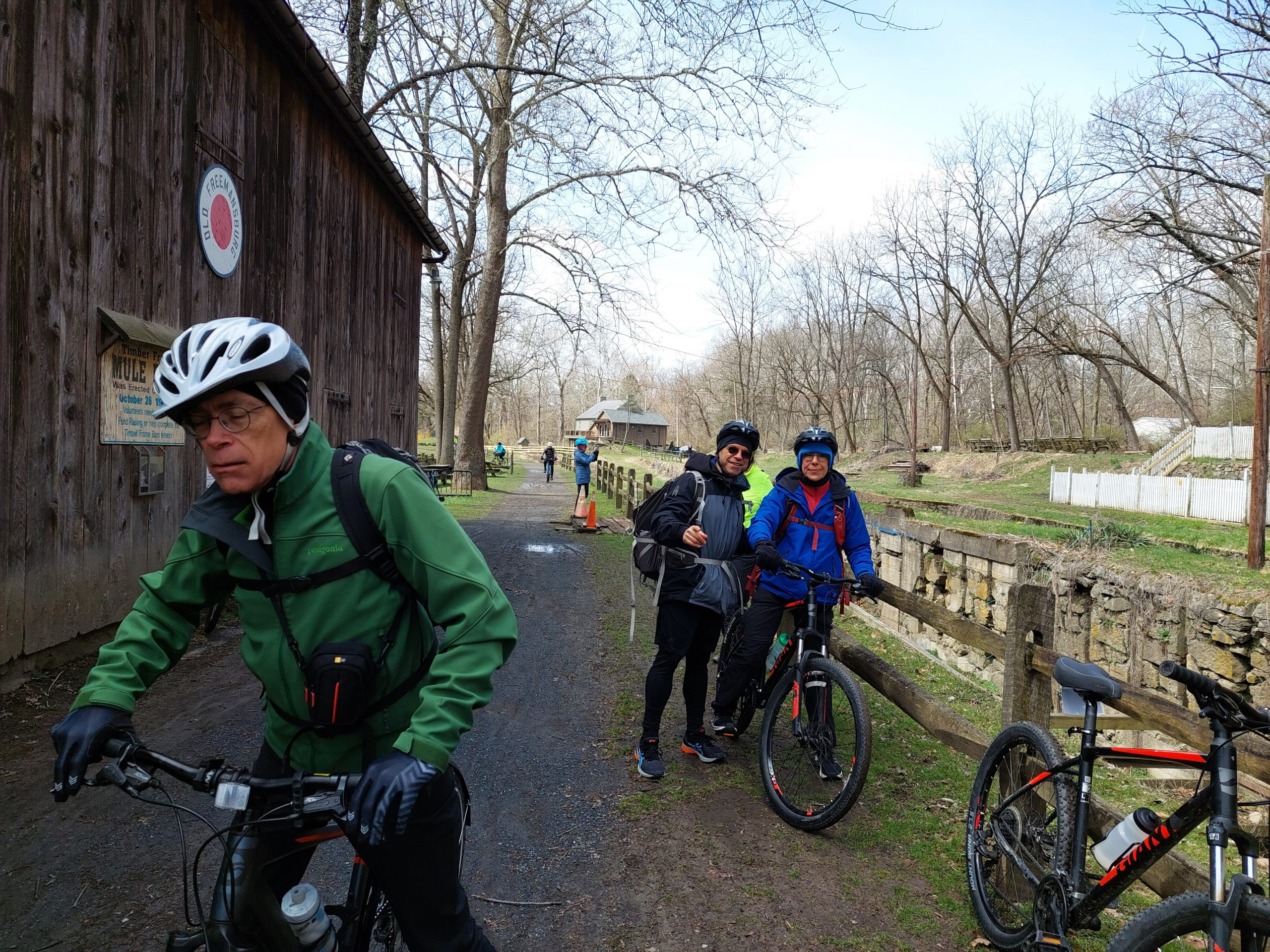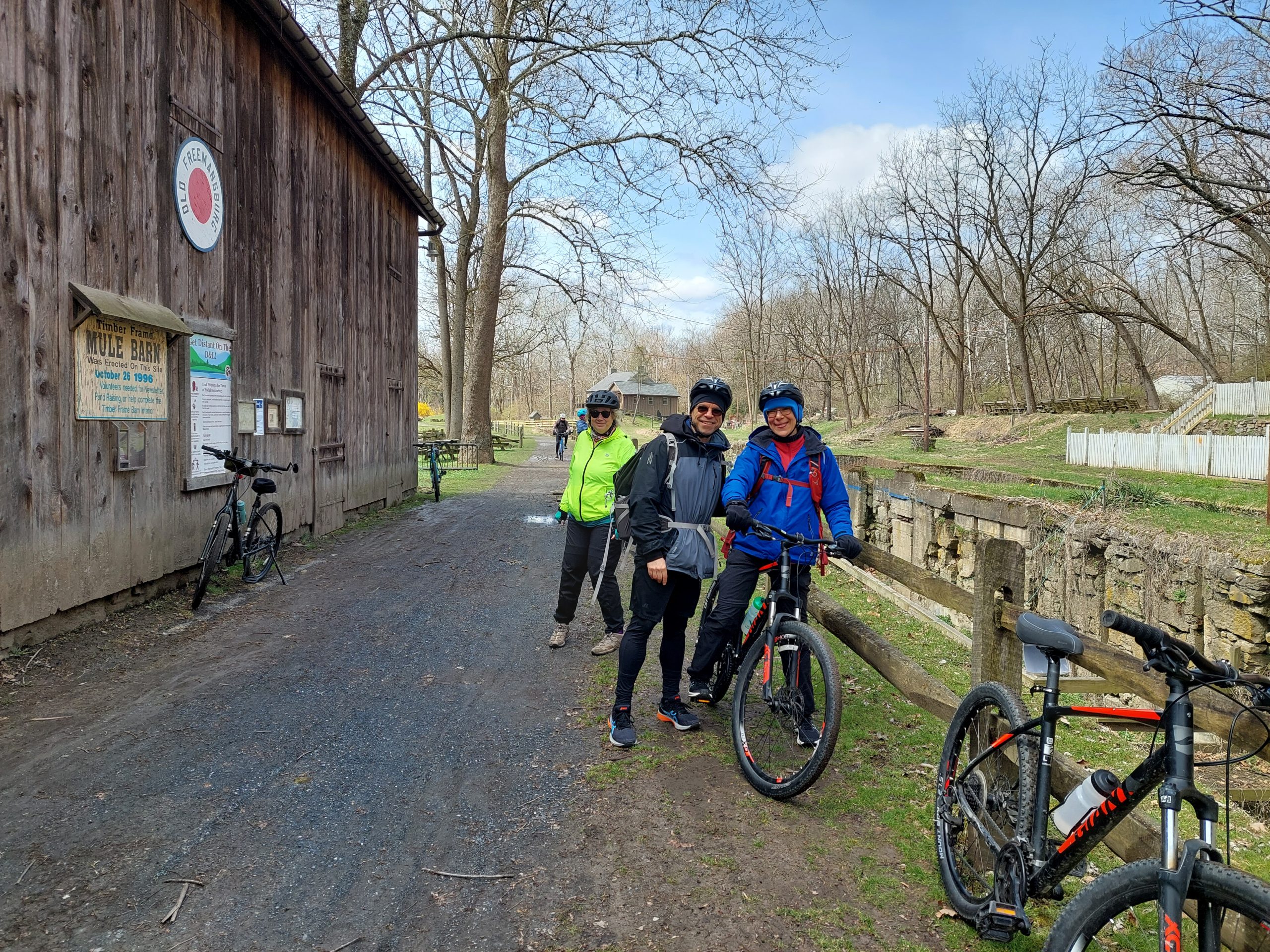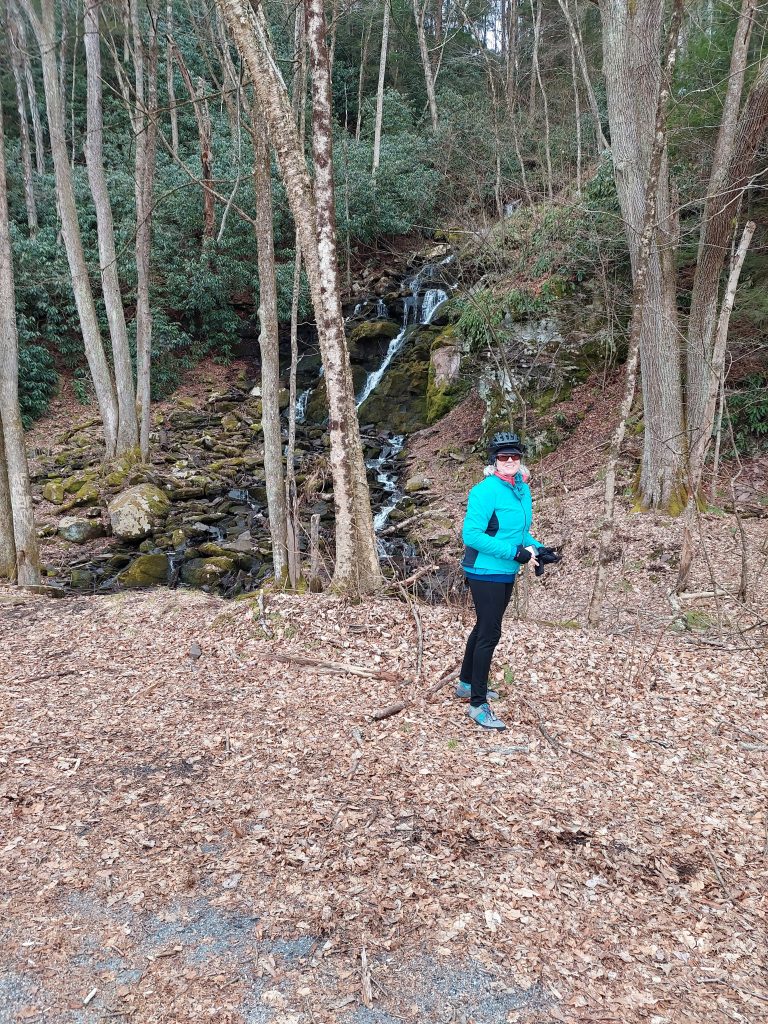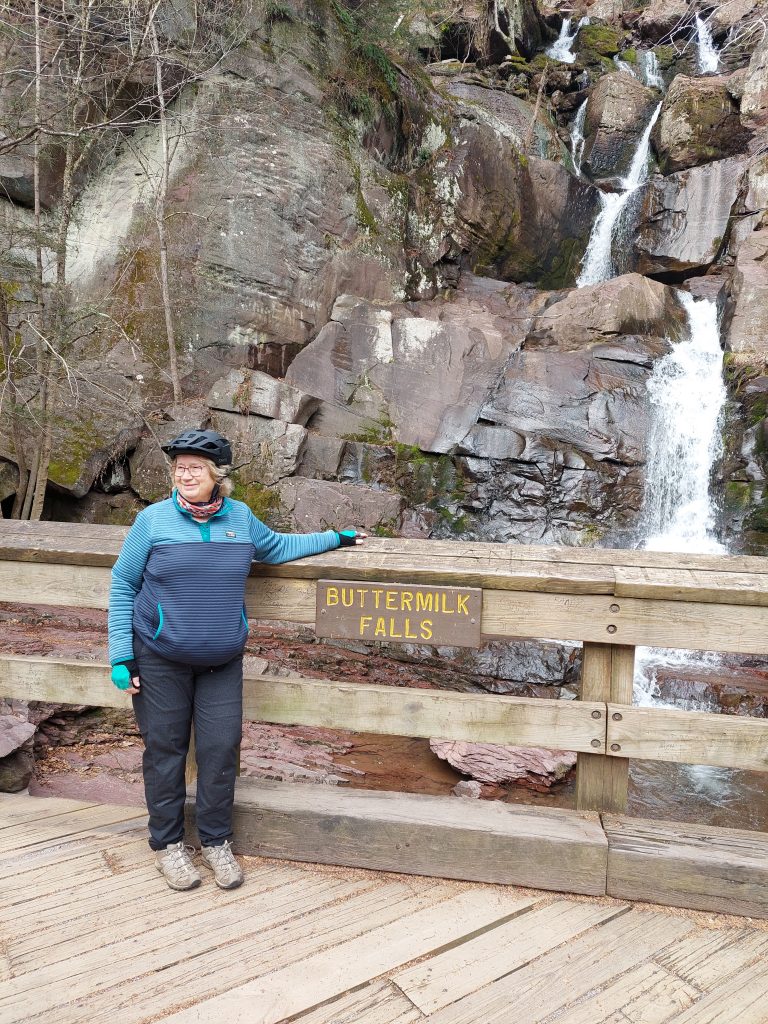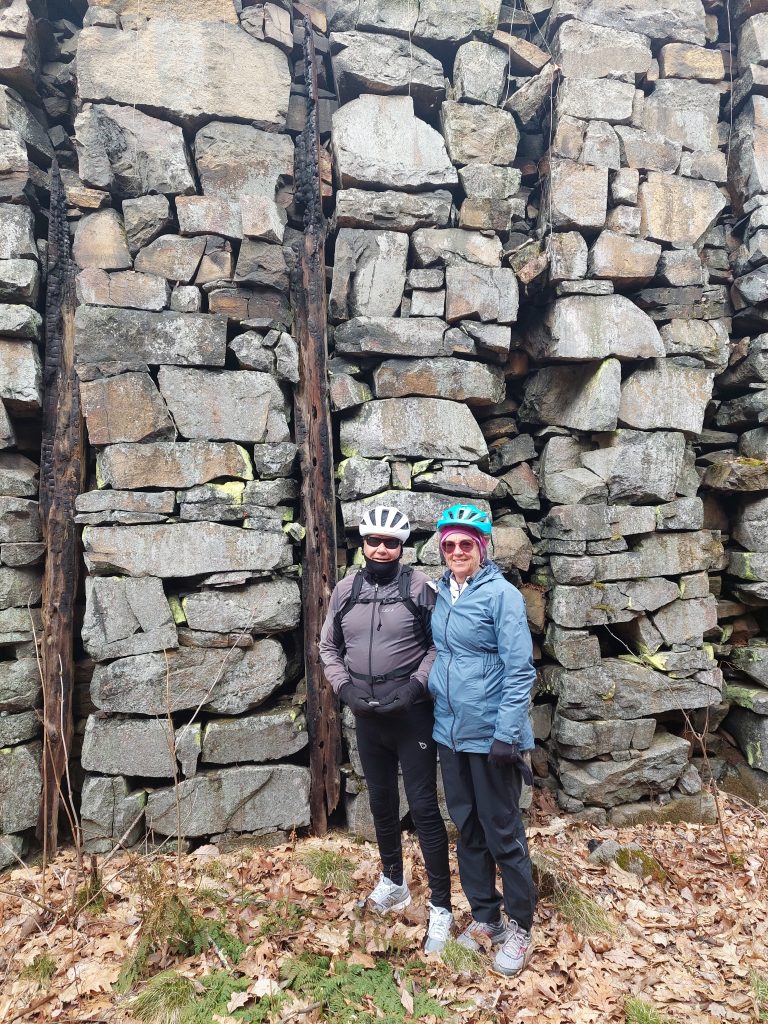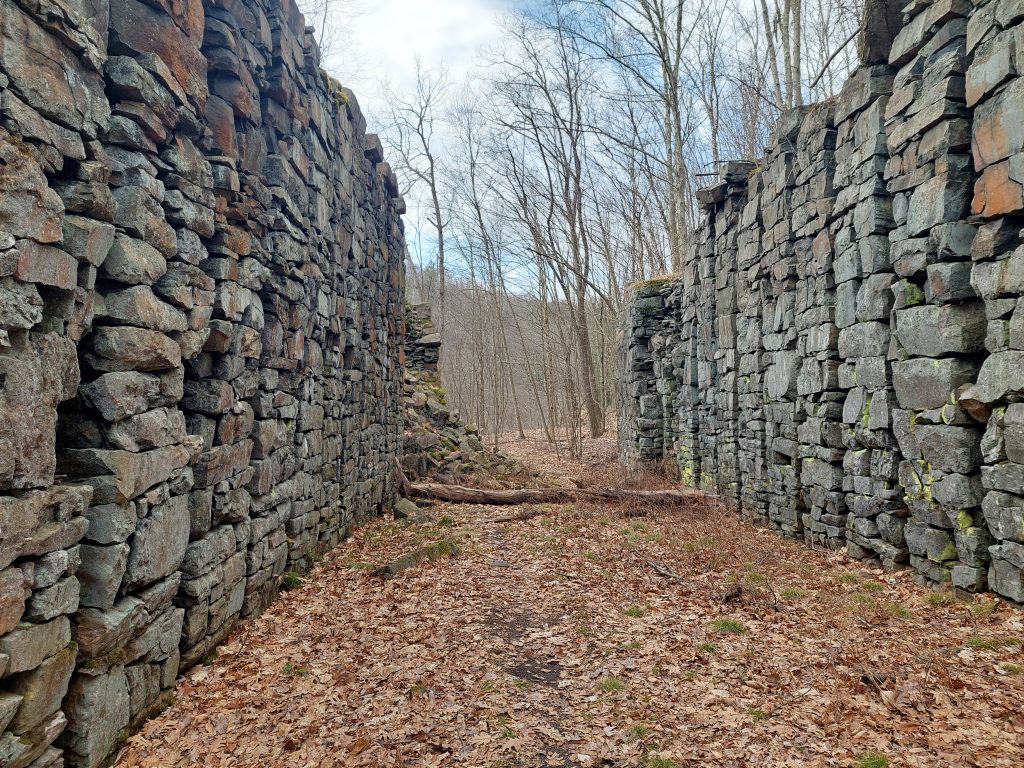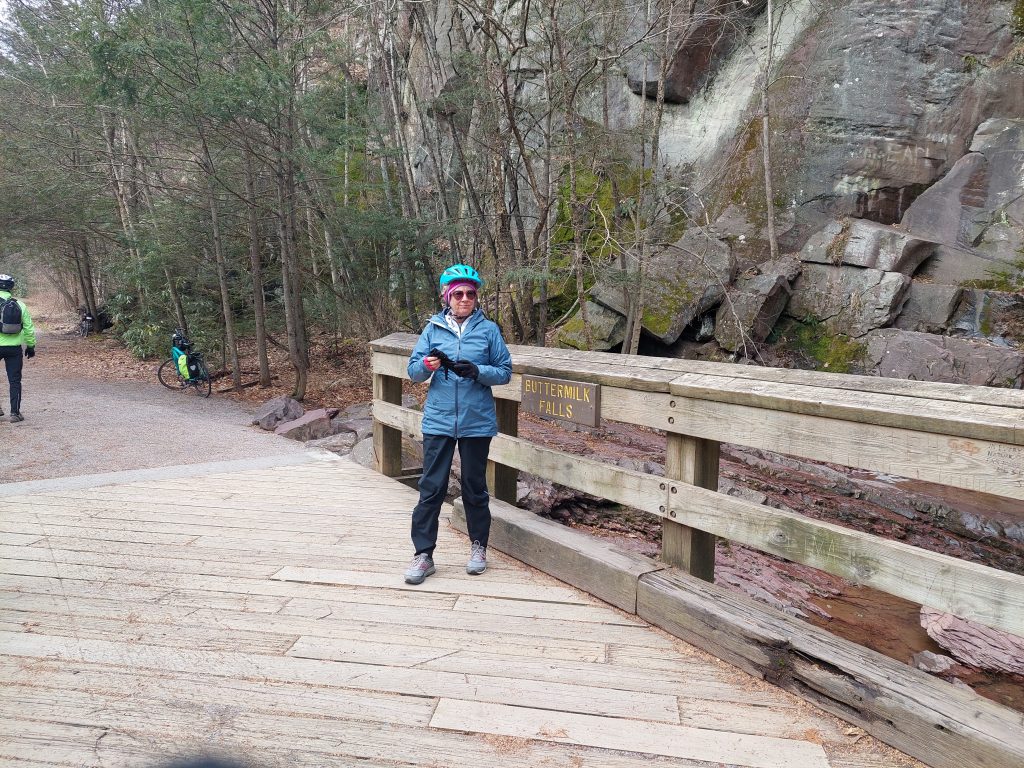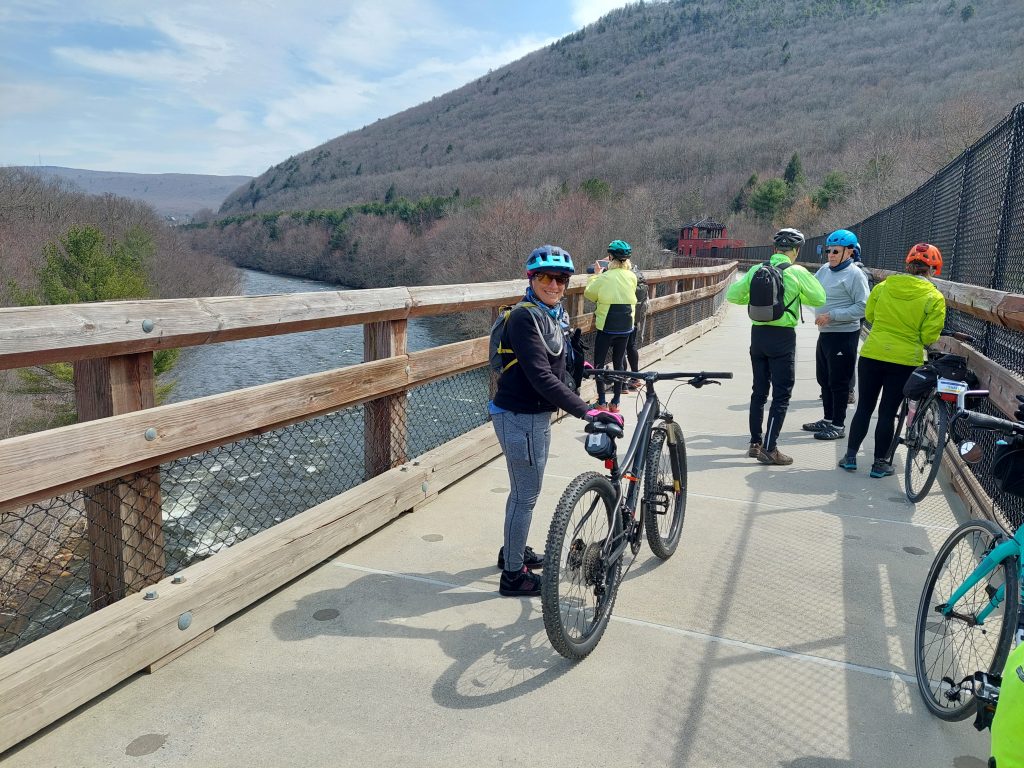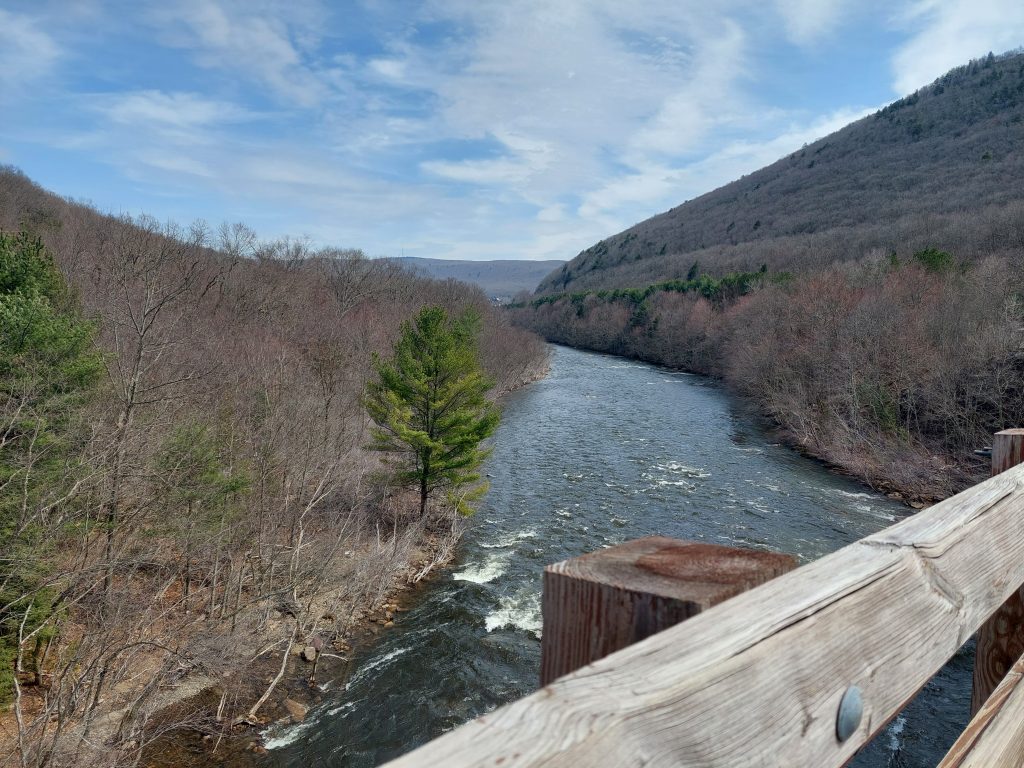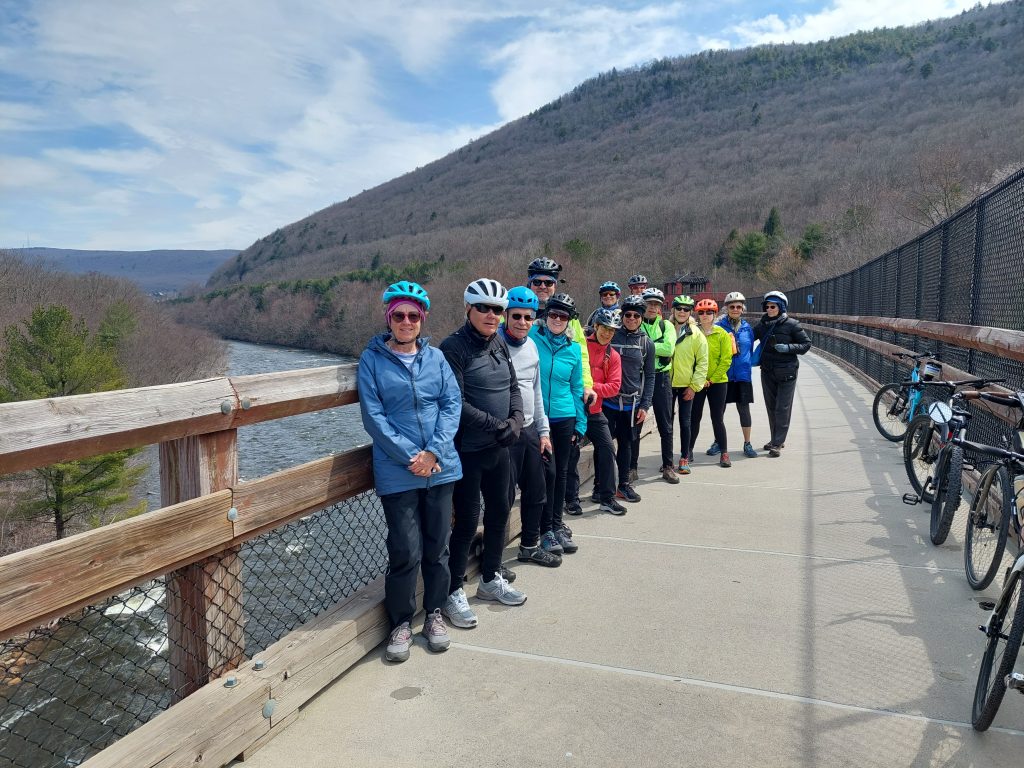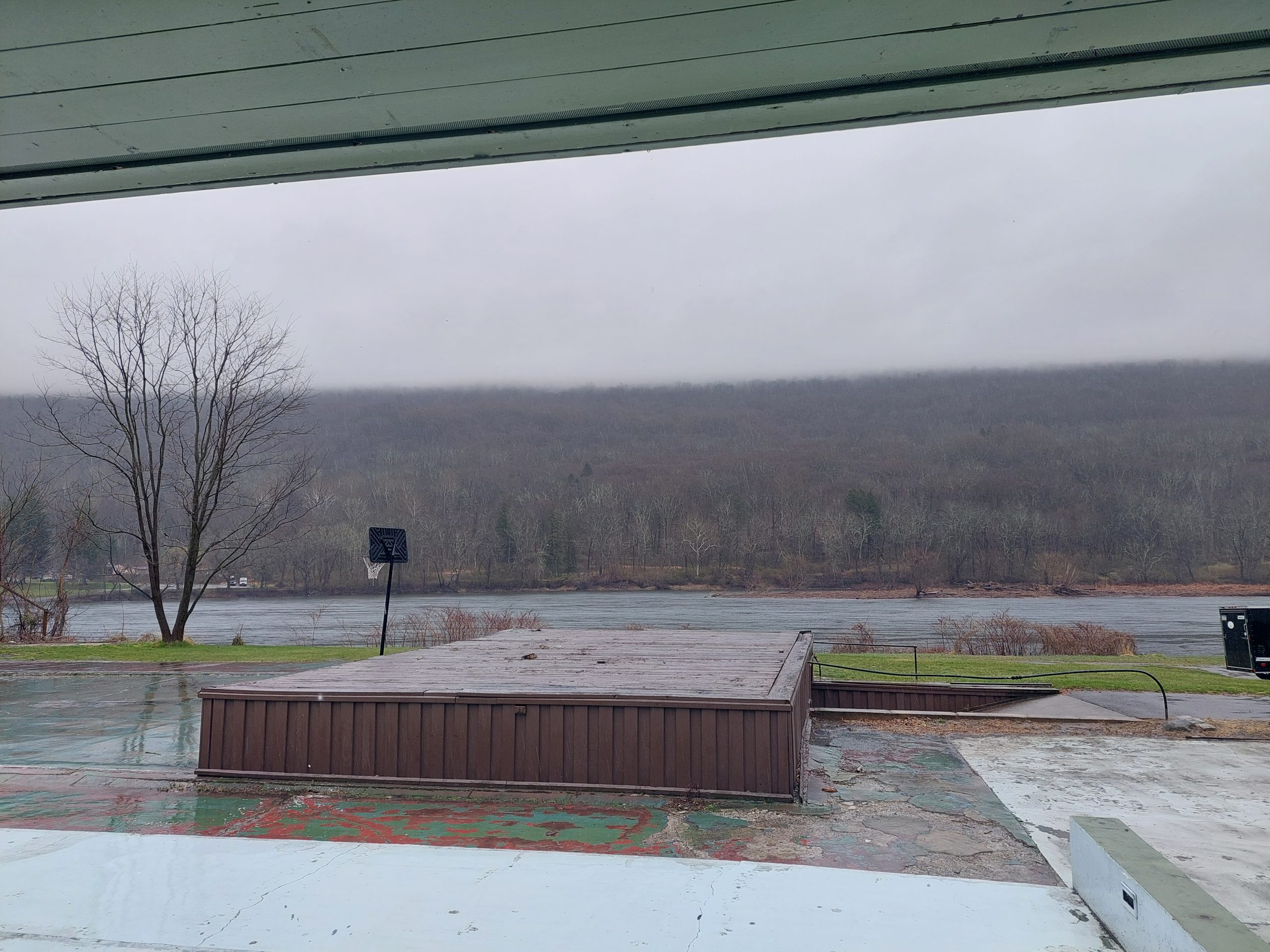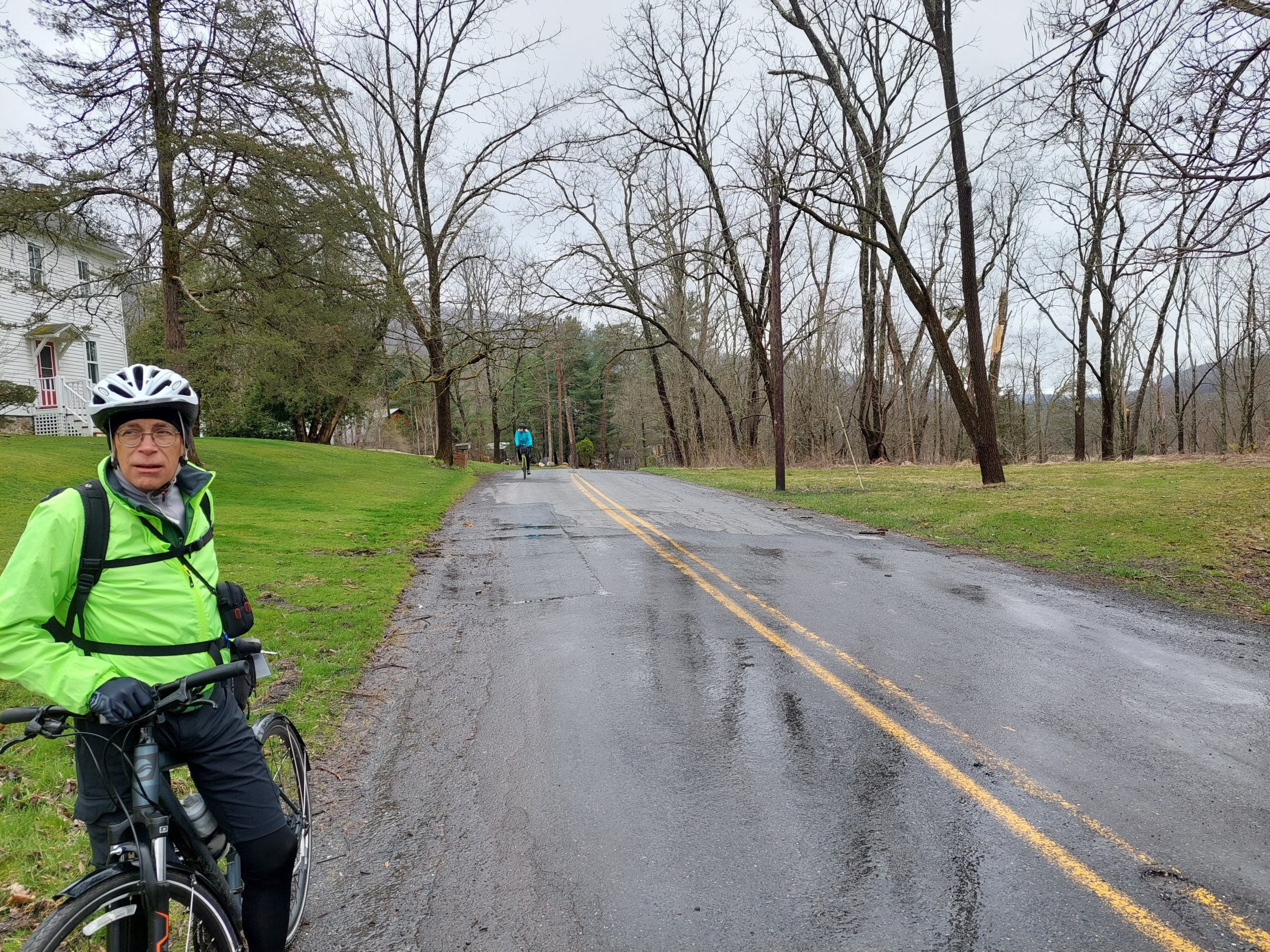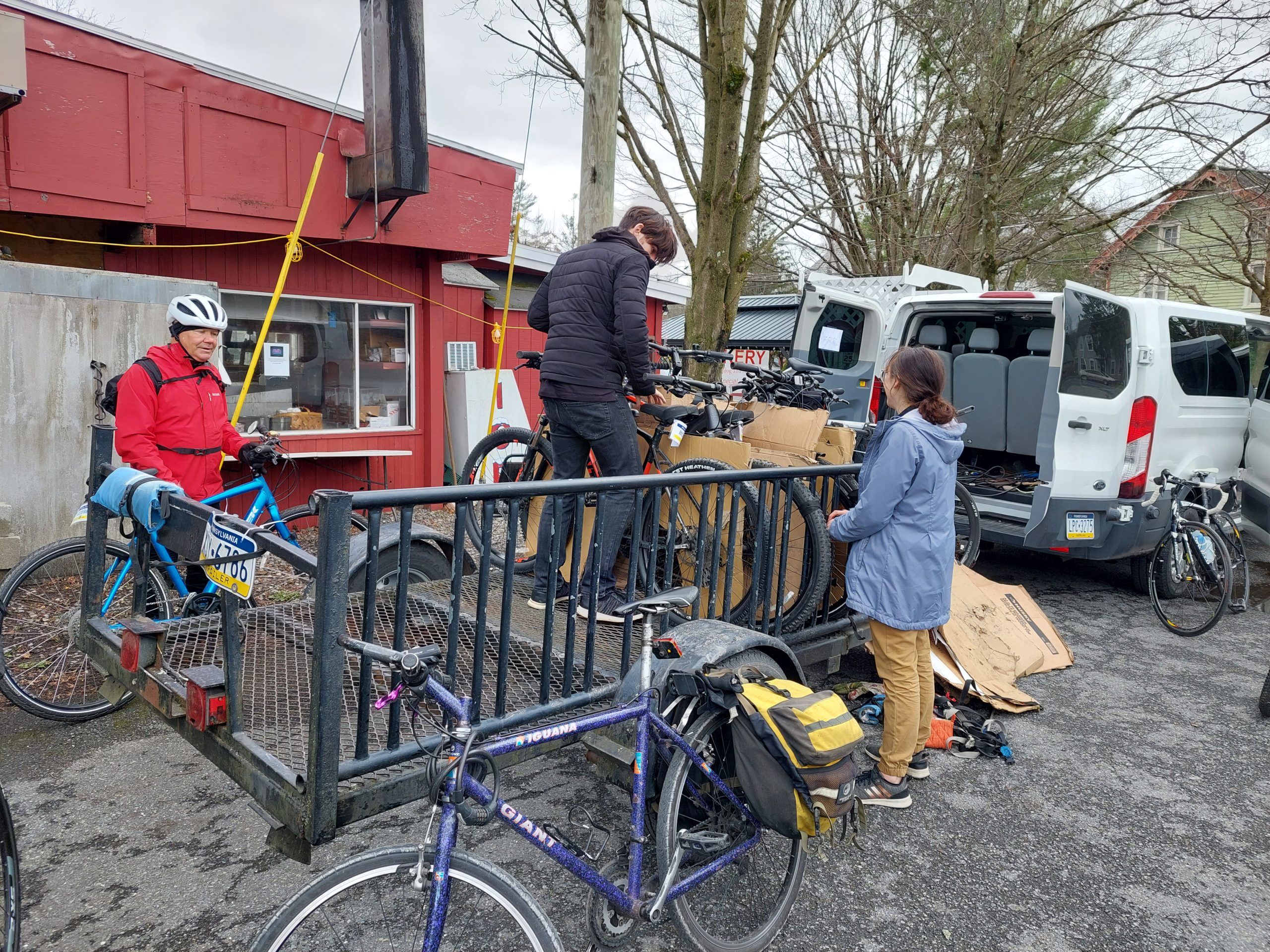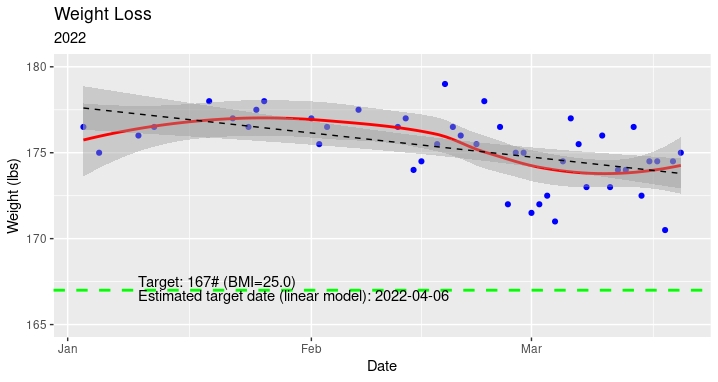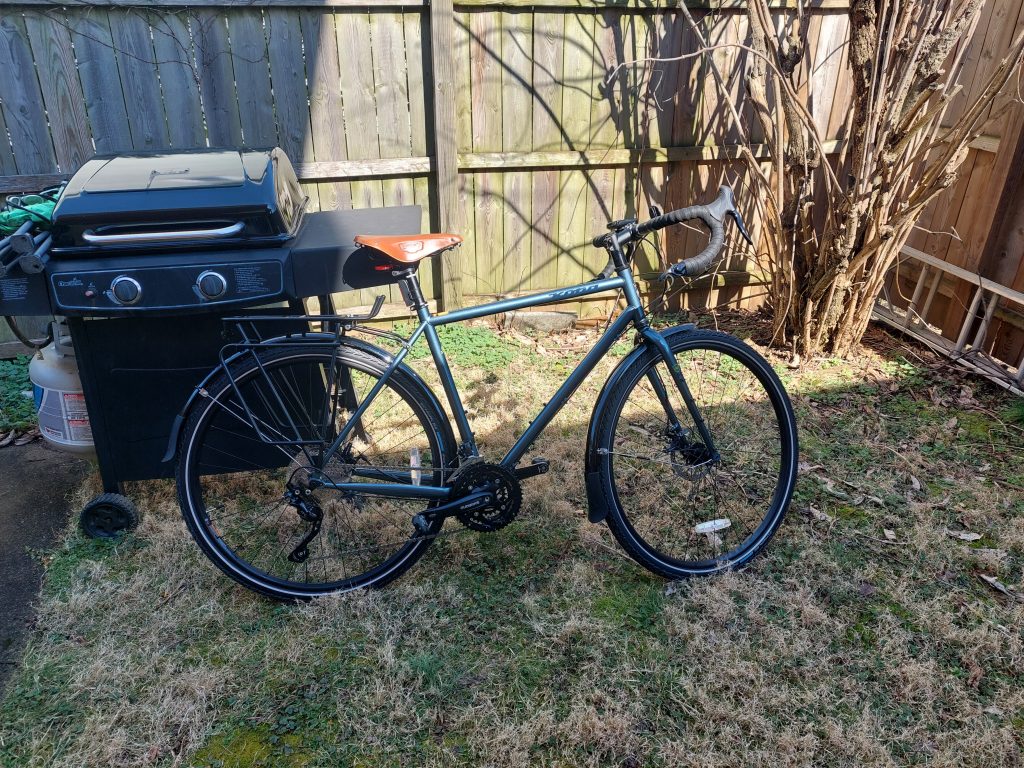Here are a bunch of photos from our first days in Colorado…
Our first day in town we had some time to kill, but not a whole lot so we just went for a walk around the lake at Belmar Park. There were plenty of flowers and trees starting to bloom, and an enormous number of birds.
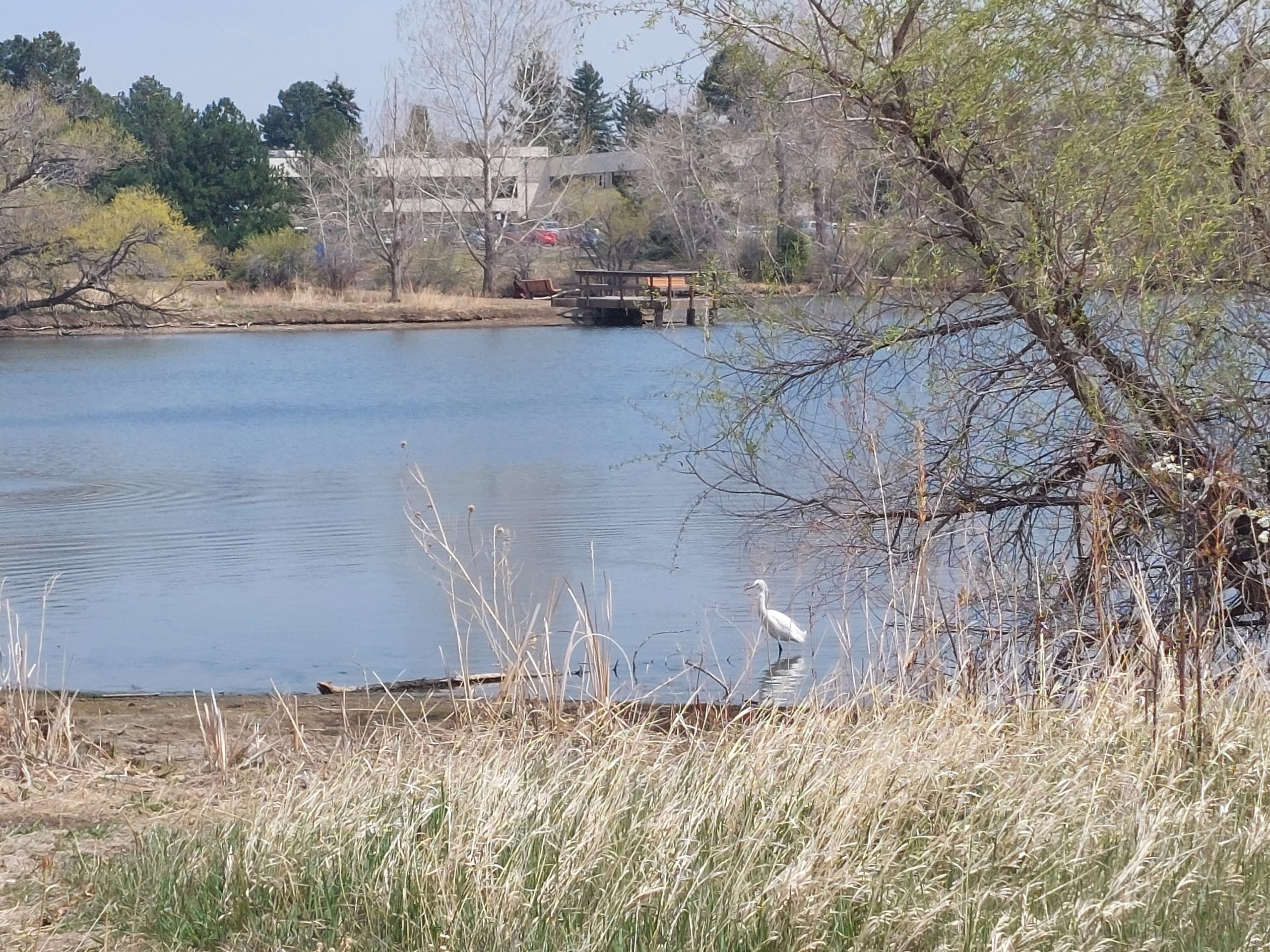

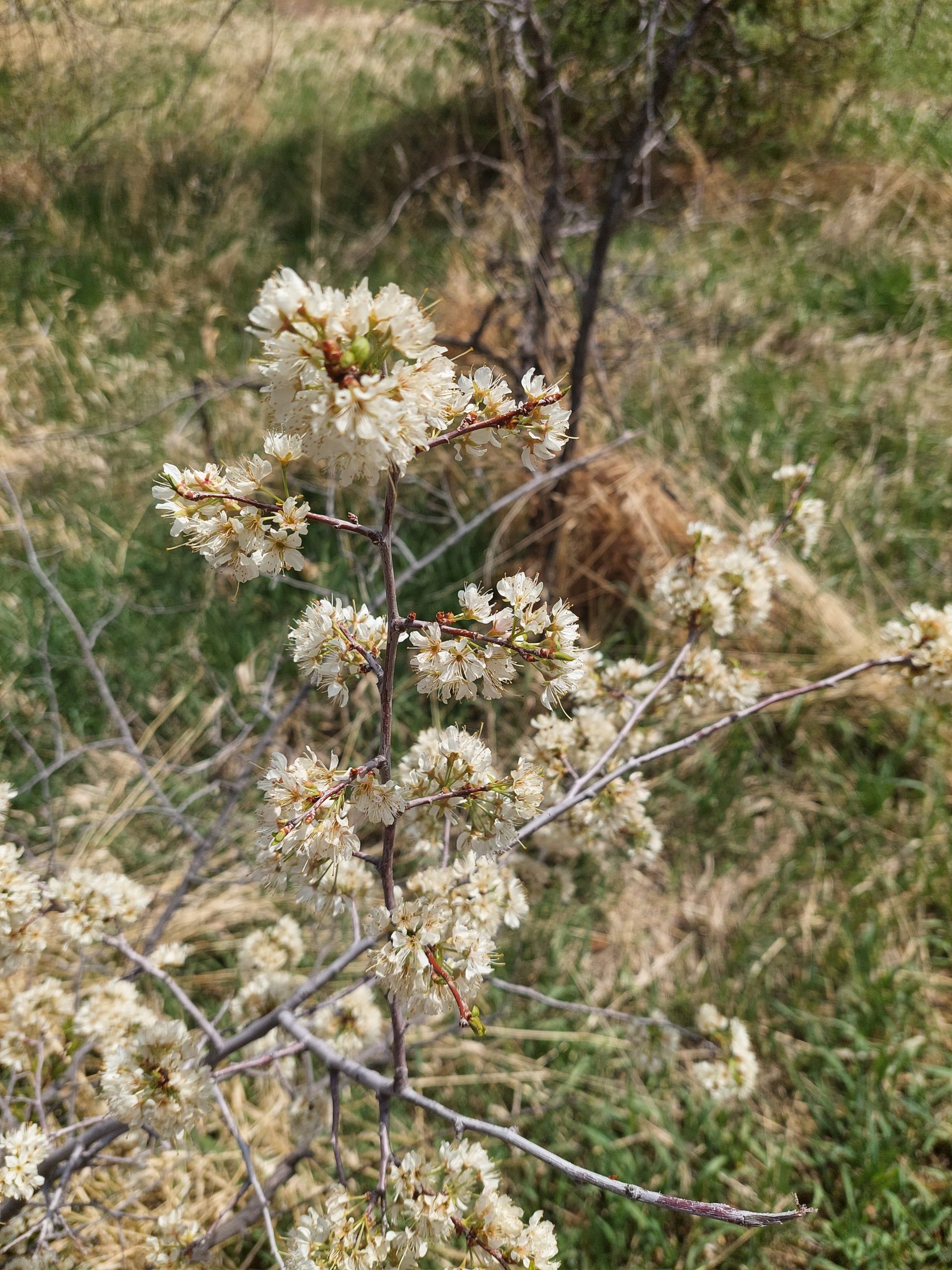
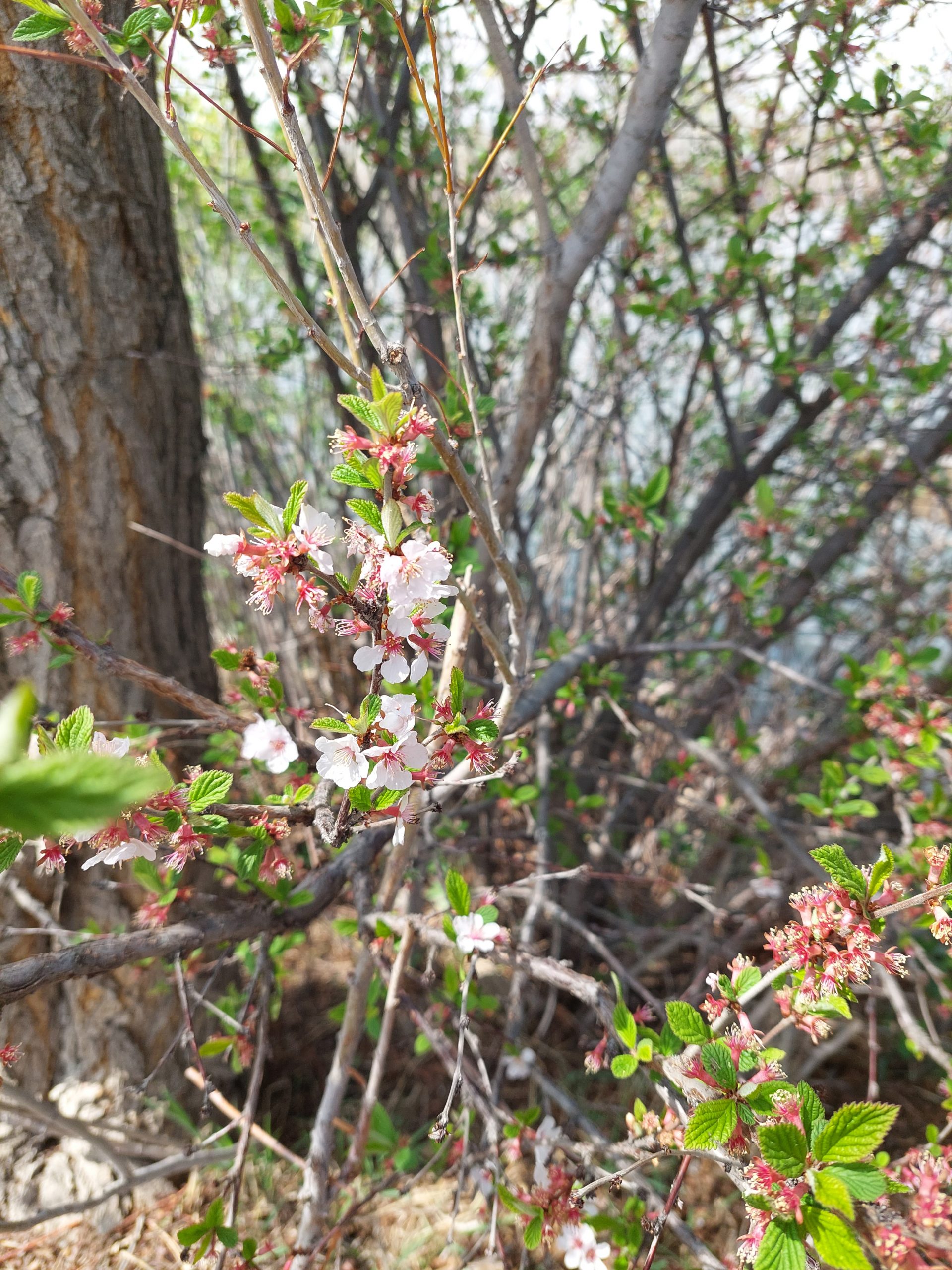

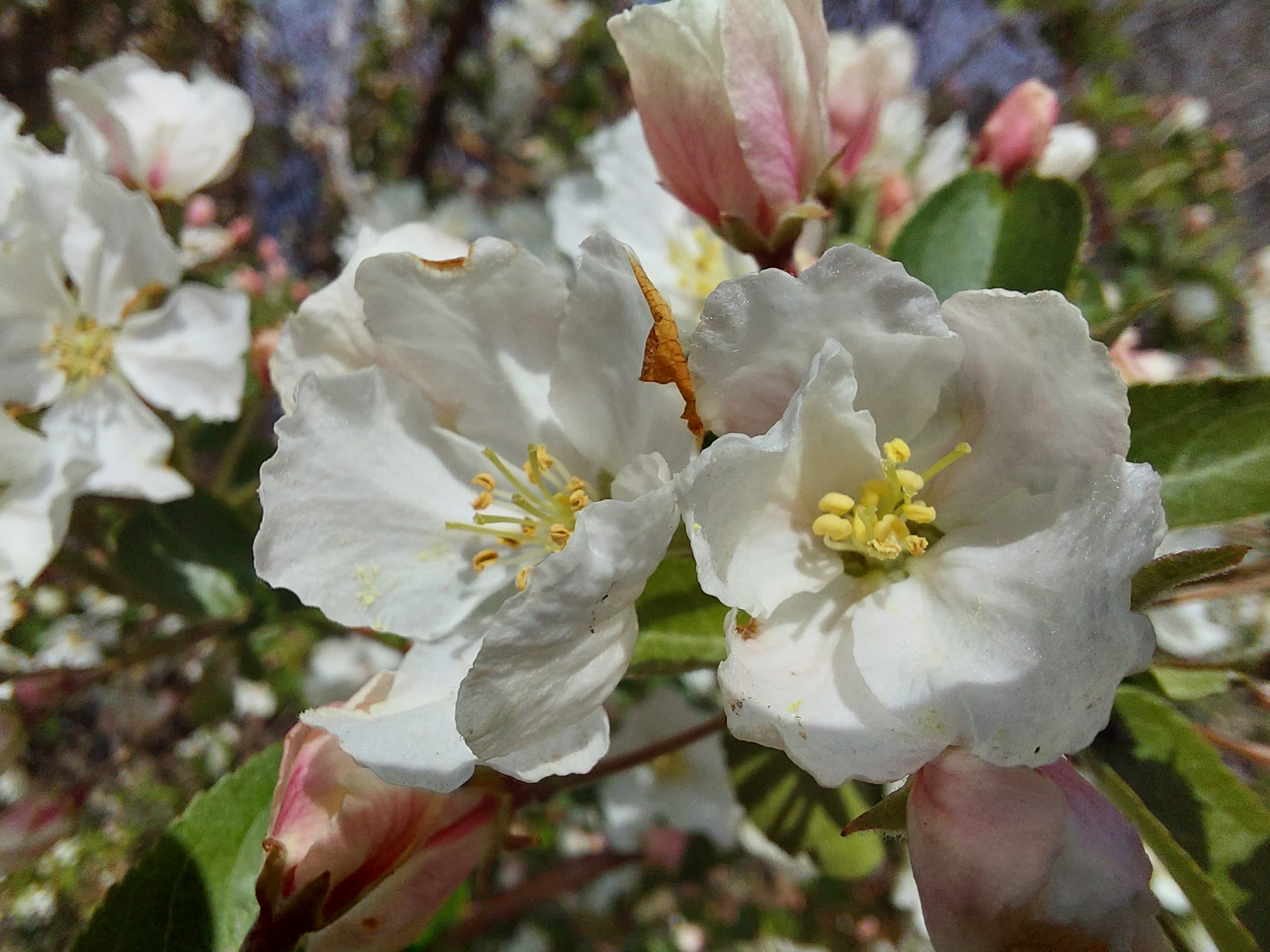
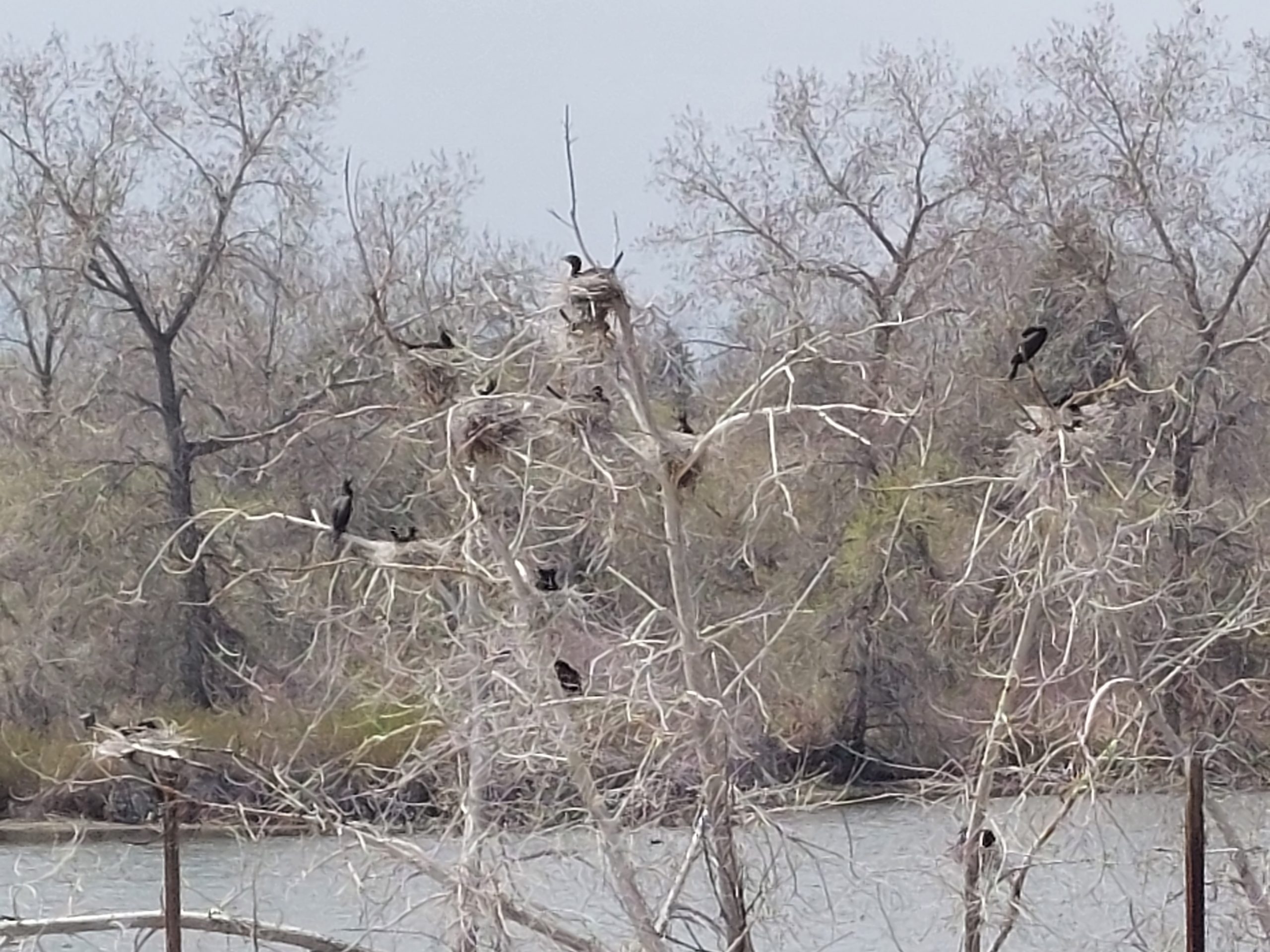
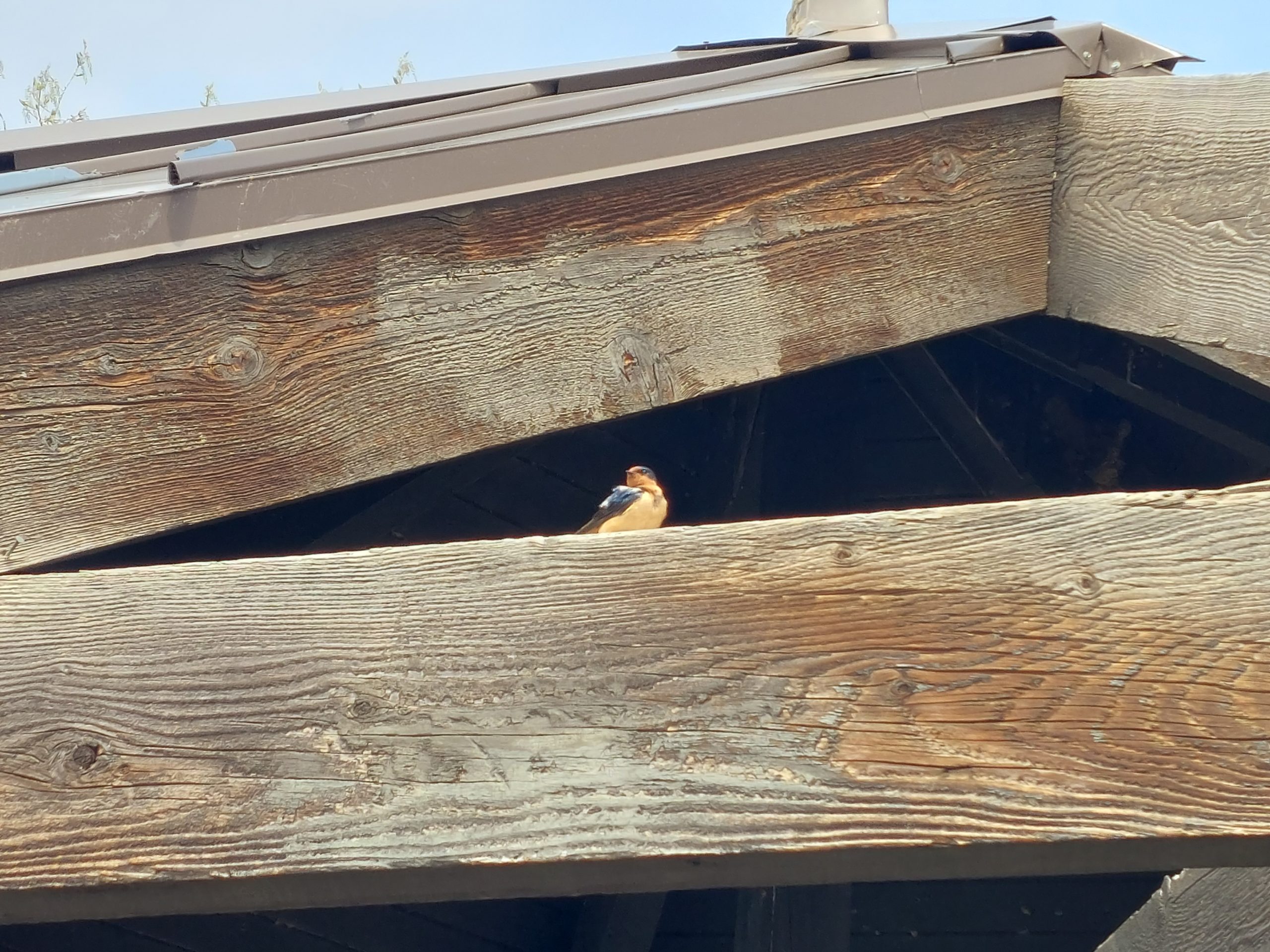
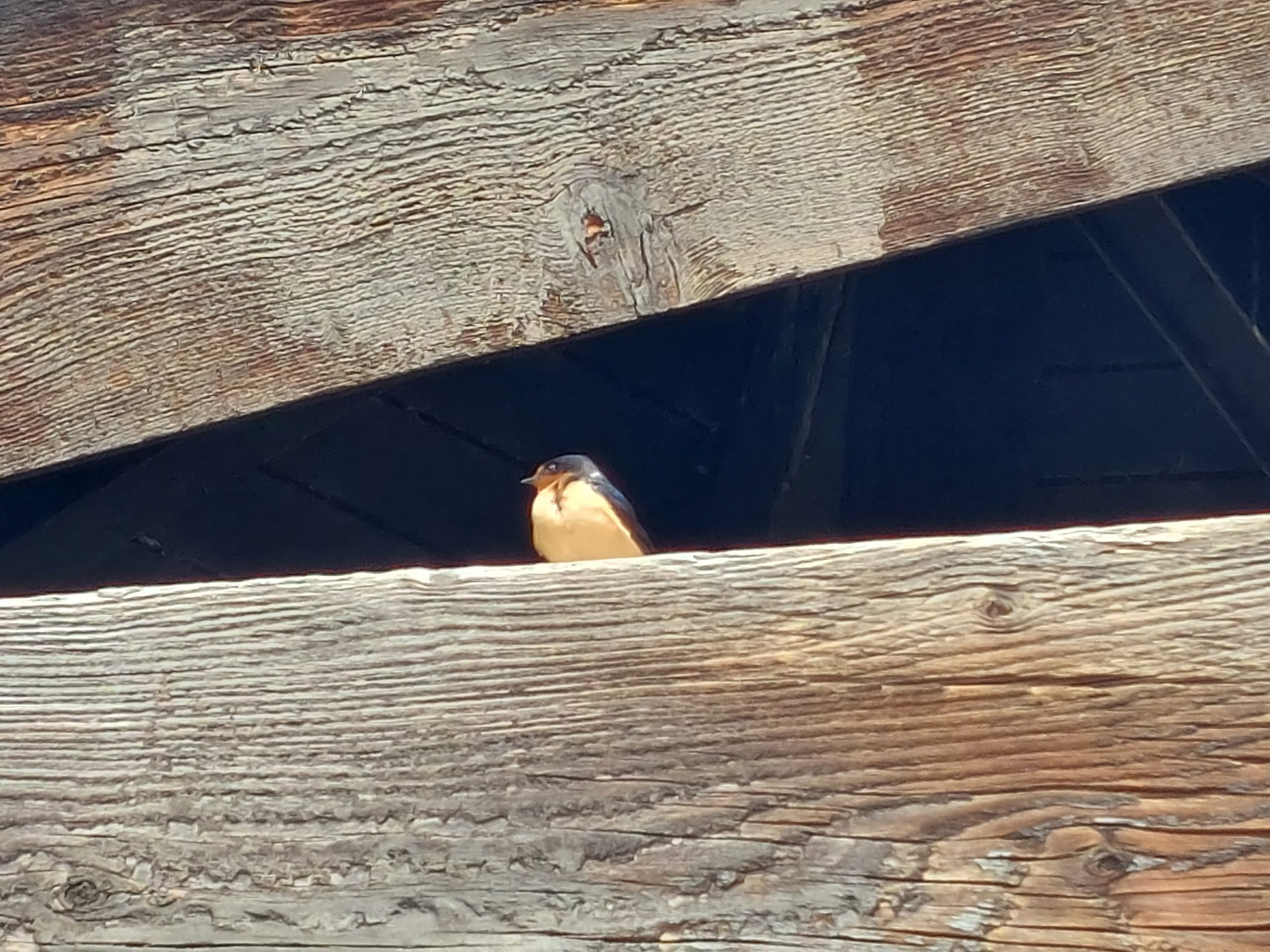
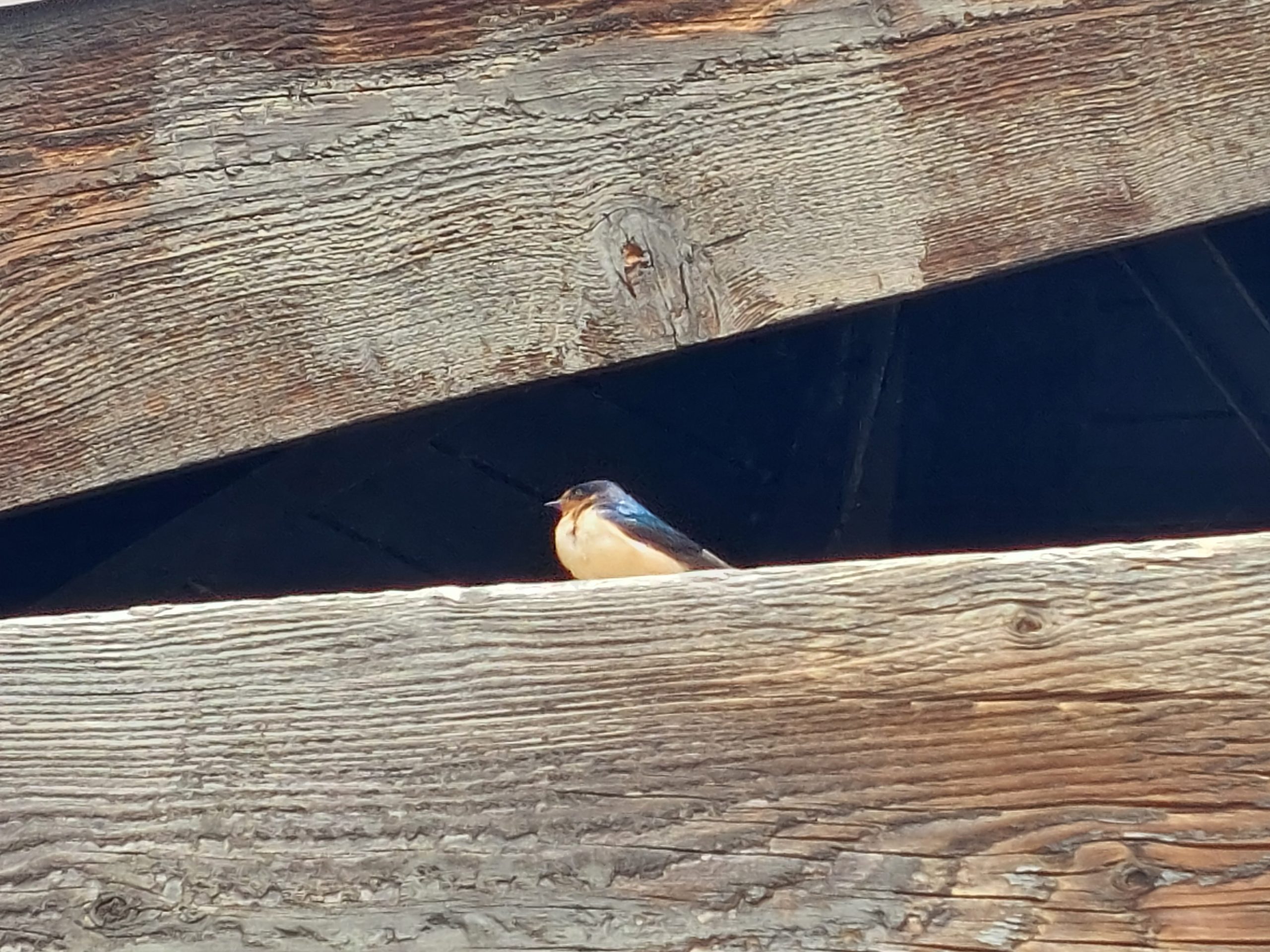
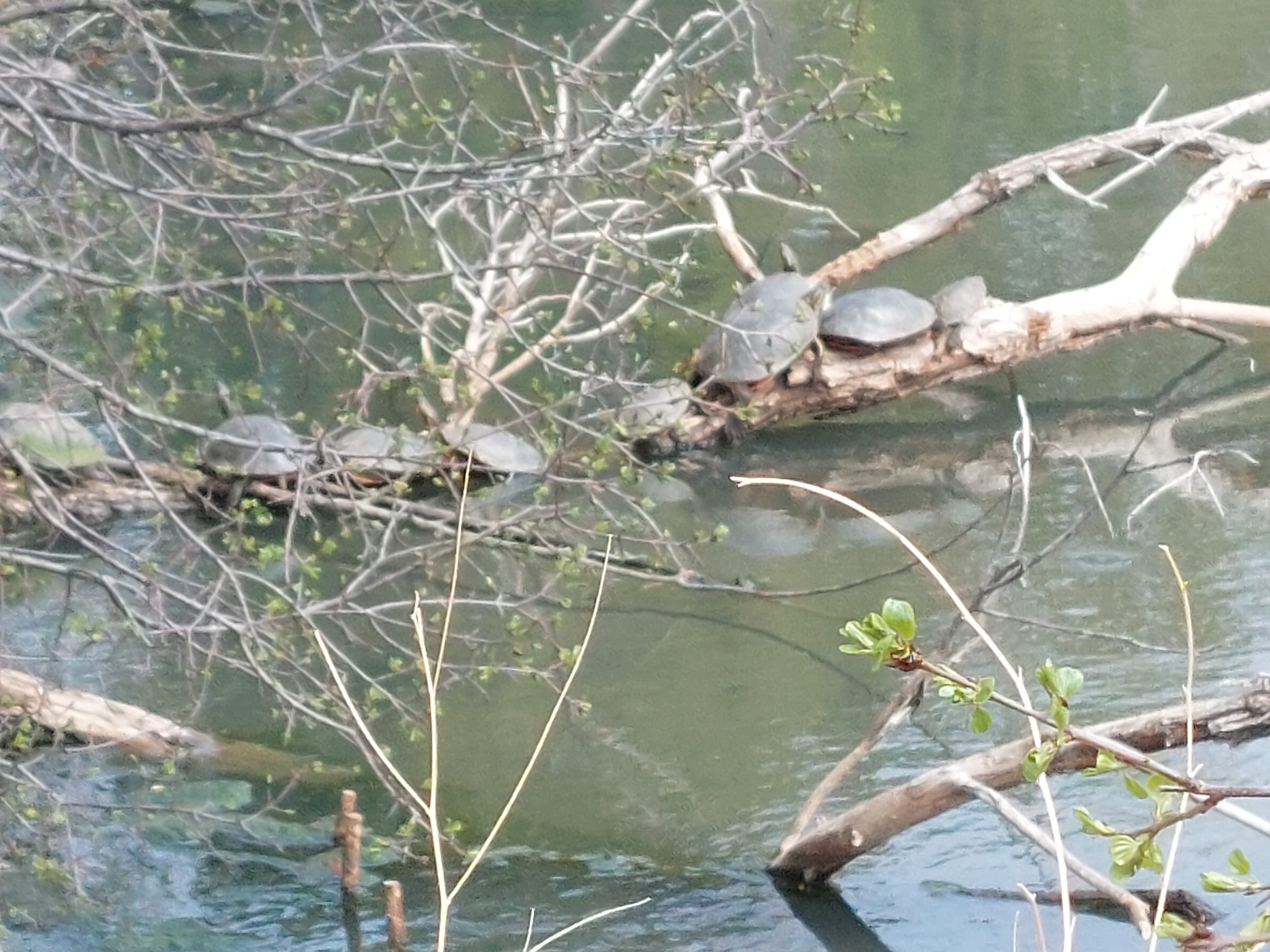

That was Tuesday. Wednesday was a bit rainy, so we did some shopping, grabbed some lunch and did the museum thing at the Kirkland Museum of Fine and Decorative Arts.
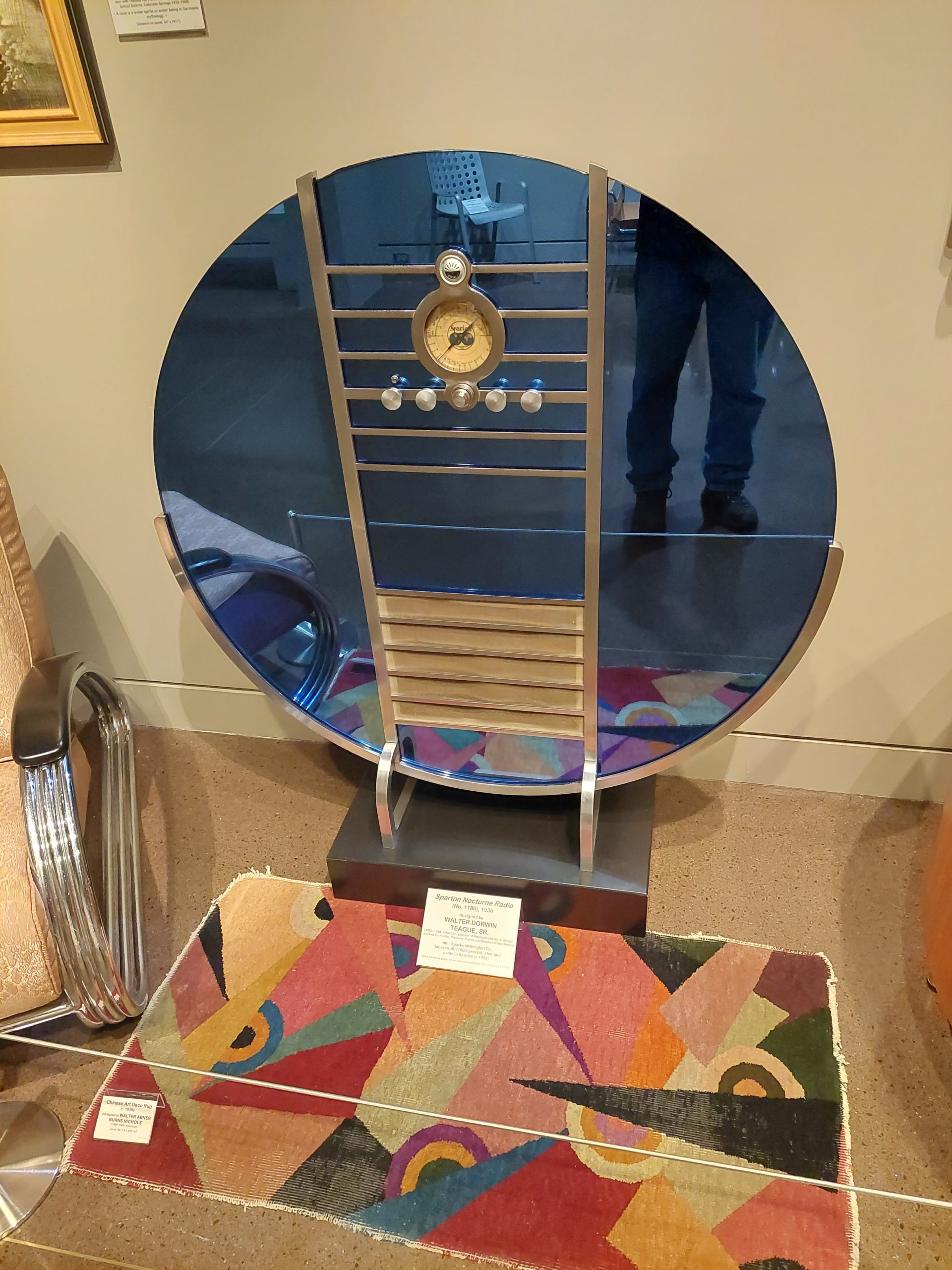
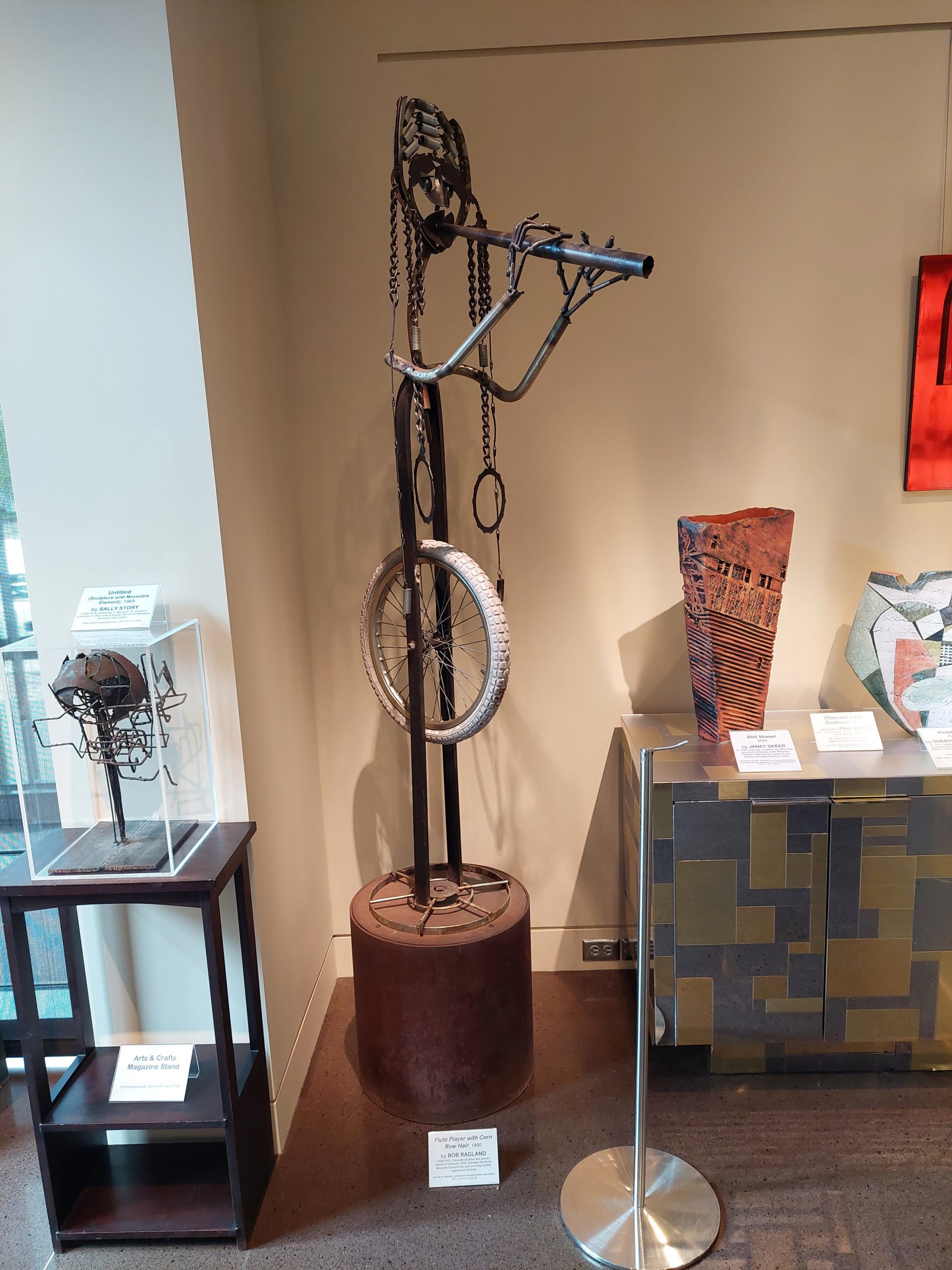
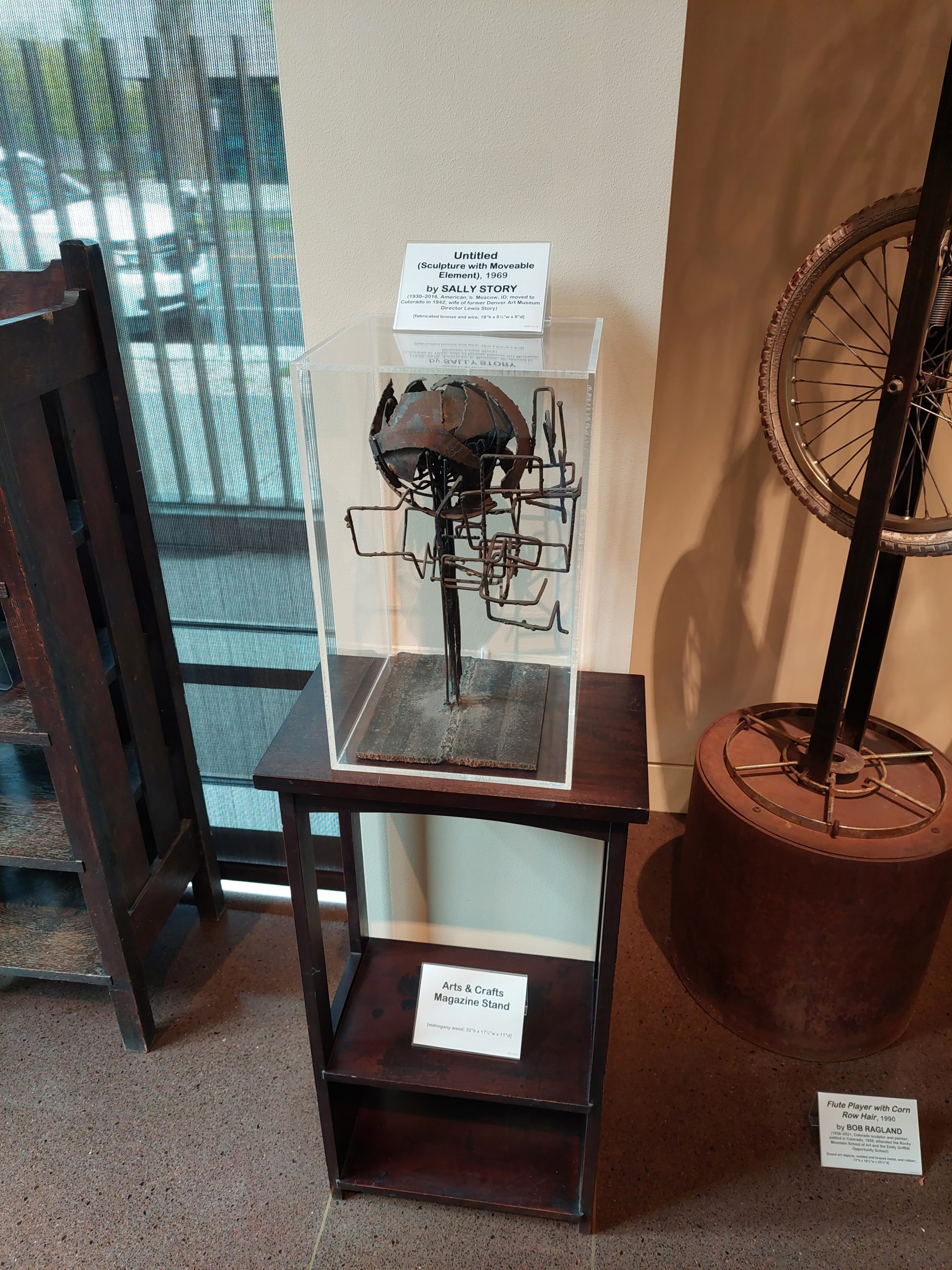
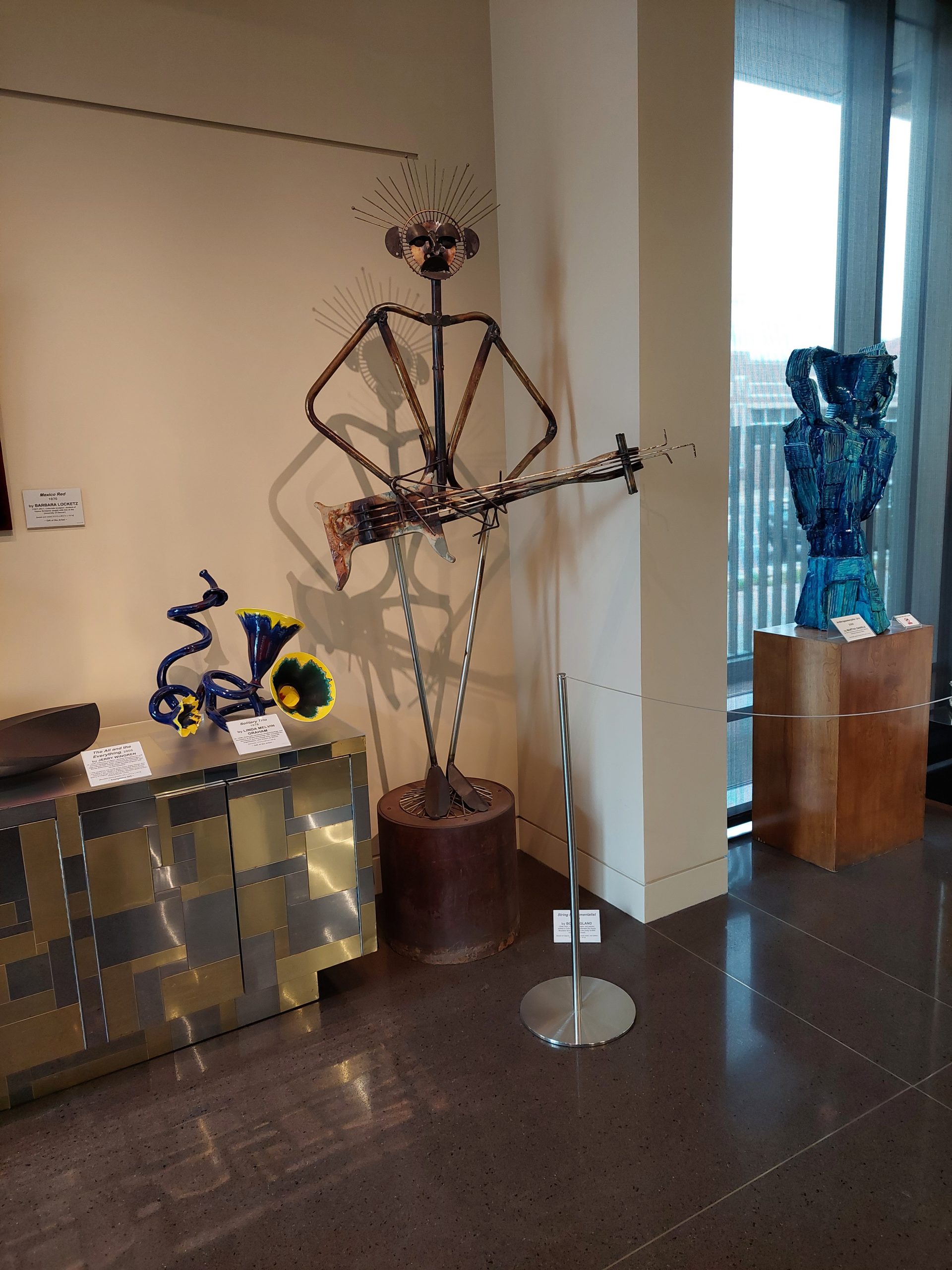
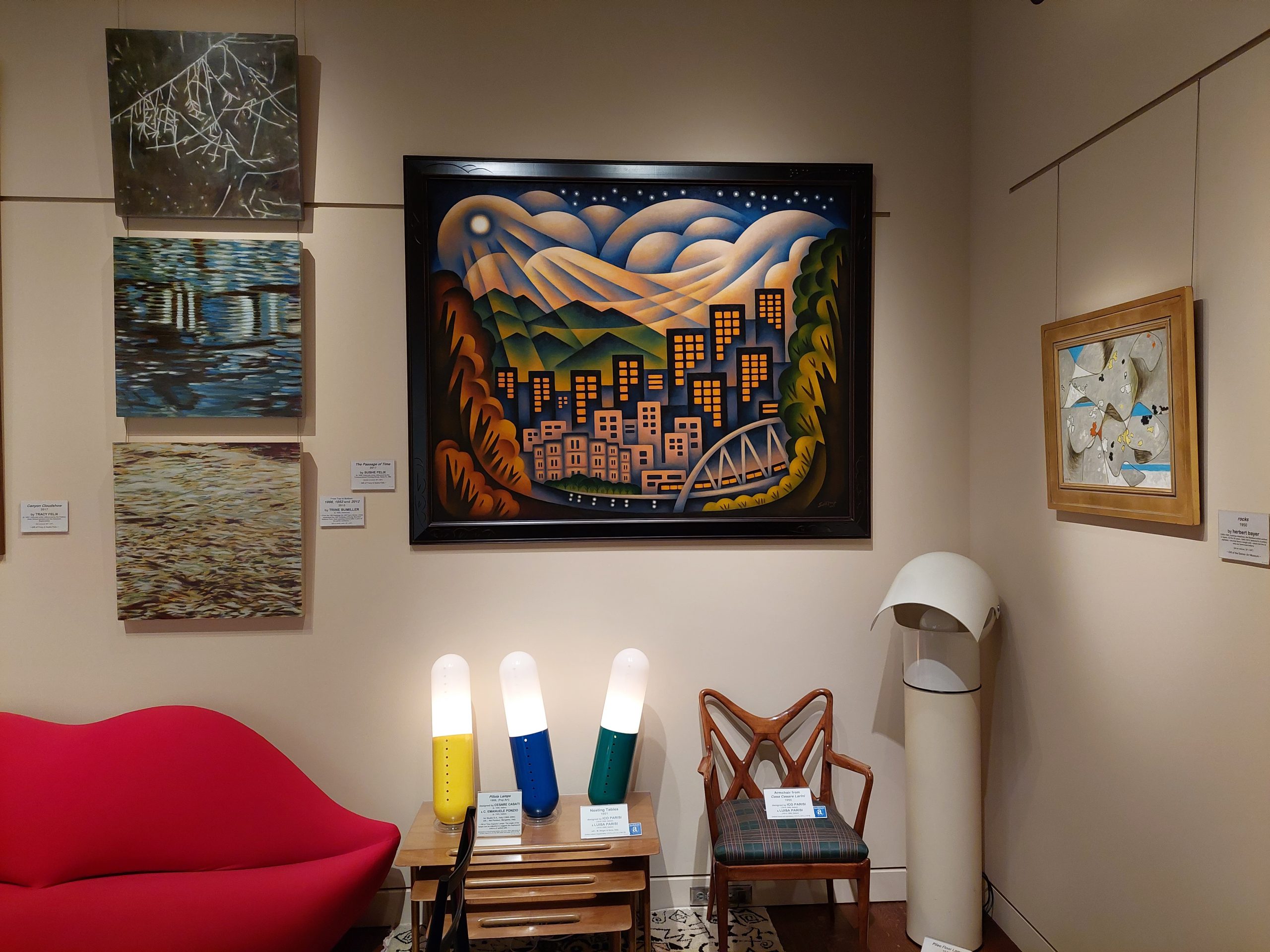
This museum was based on Colorado artist Vance Kirkland and his work, but had a whole collection of furniture and other decorative arts objects in various styles (Arts & Crafts, Bauhaus, Art Deco etc). The place was awesome.
Thursday was nice, so we went to Boulder and hiked the trails near the Flatirons. We started at Chautauqua Park, and hiked over to the NCAR Mesa Laboratory (where we’d hiked on our last visit). Dinner was at a brewpub in Golden, a place called Cannonball Creek. They had some really good beer, and were in the process of winning an international beer competition while we were there — it was on the TV, some guy droning out the winners of all the various styles like the most boring Academy Awards ever, but the bar was going nuts like it was the Superbowl, cheering and groaning for local favorites or rivals, and they went absolutely crazy whenever Cannonball Creek won. We sat outside, away from the noise, and got nachos from the food truck.
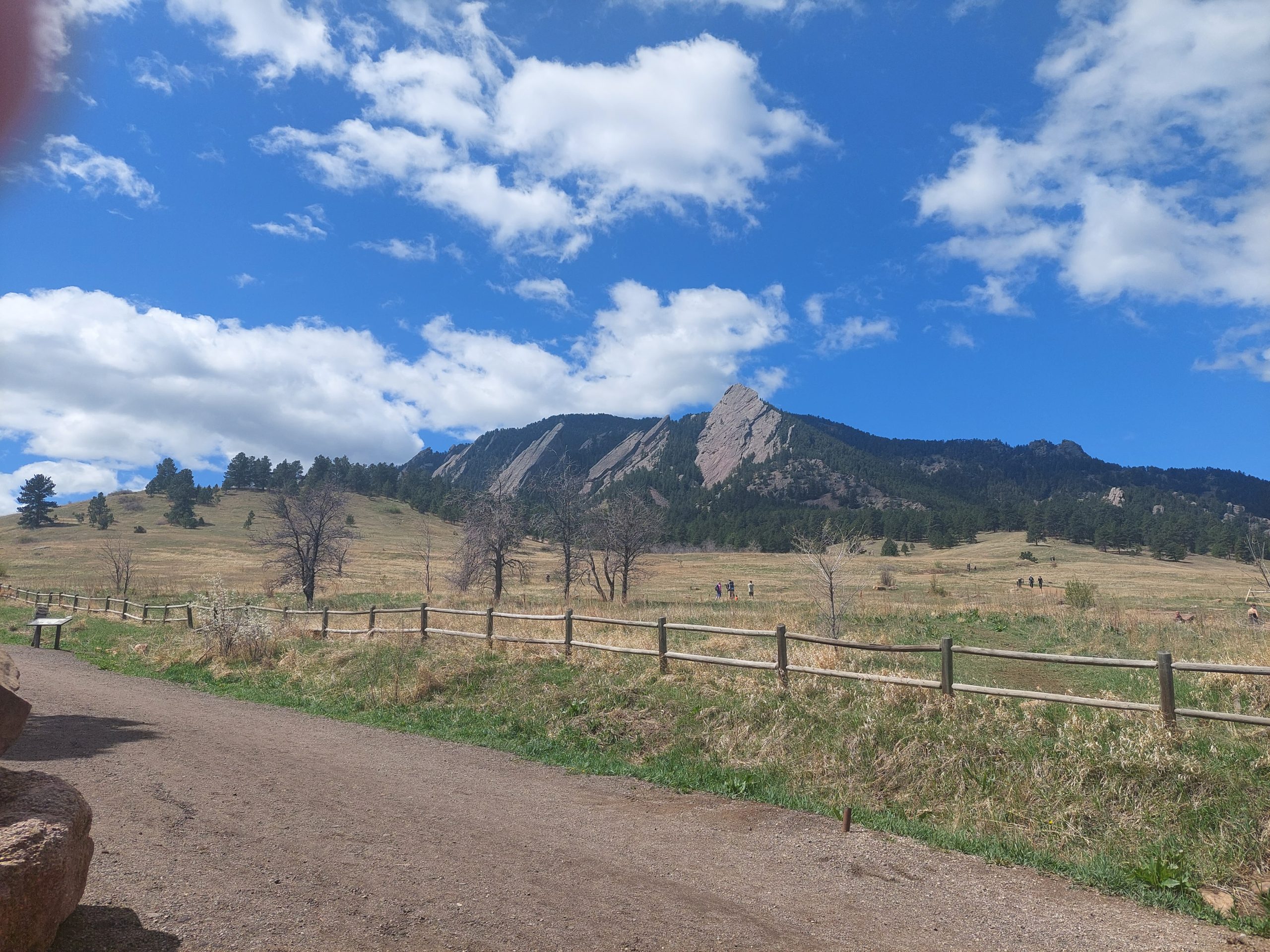
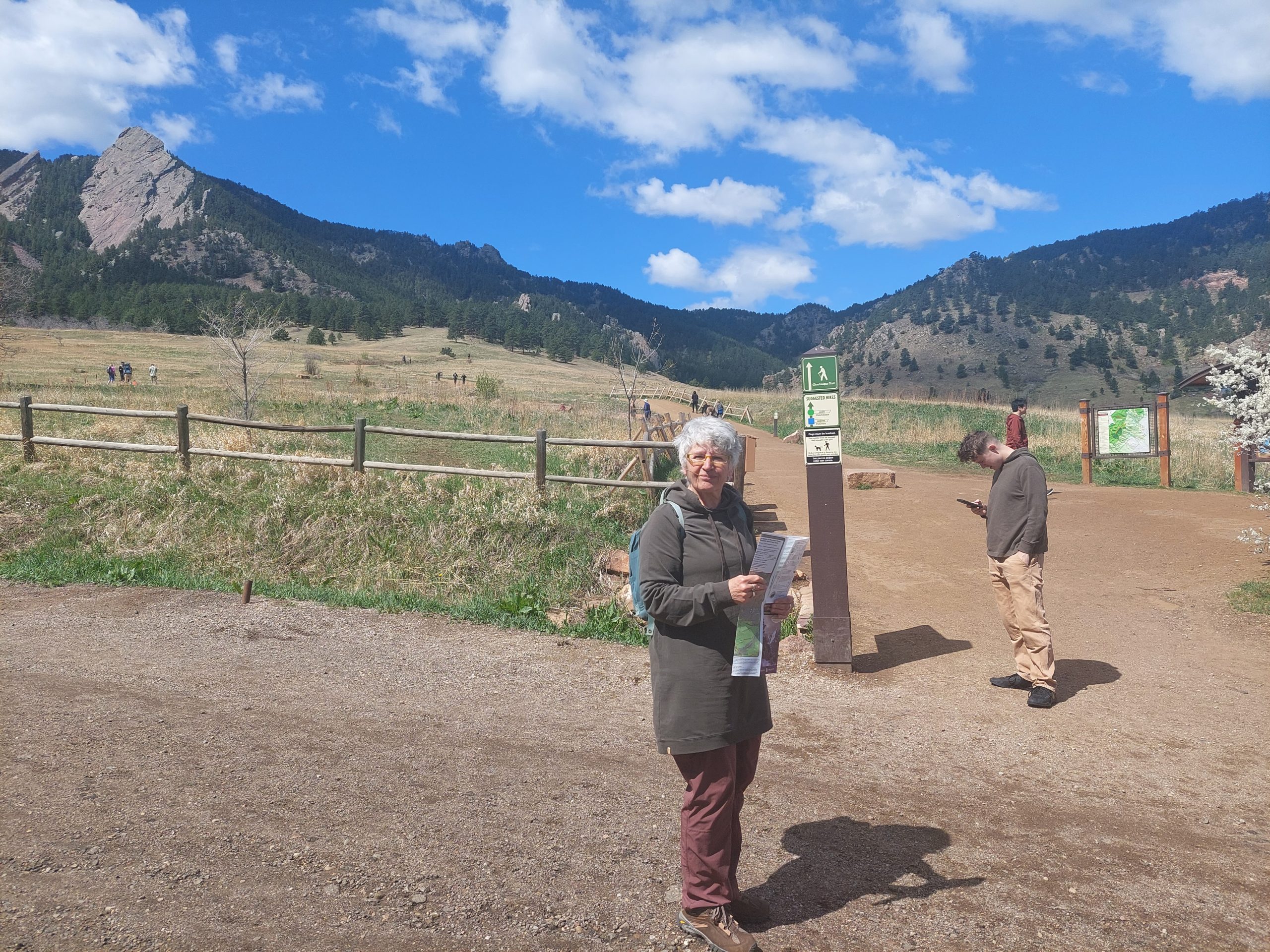
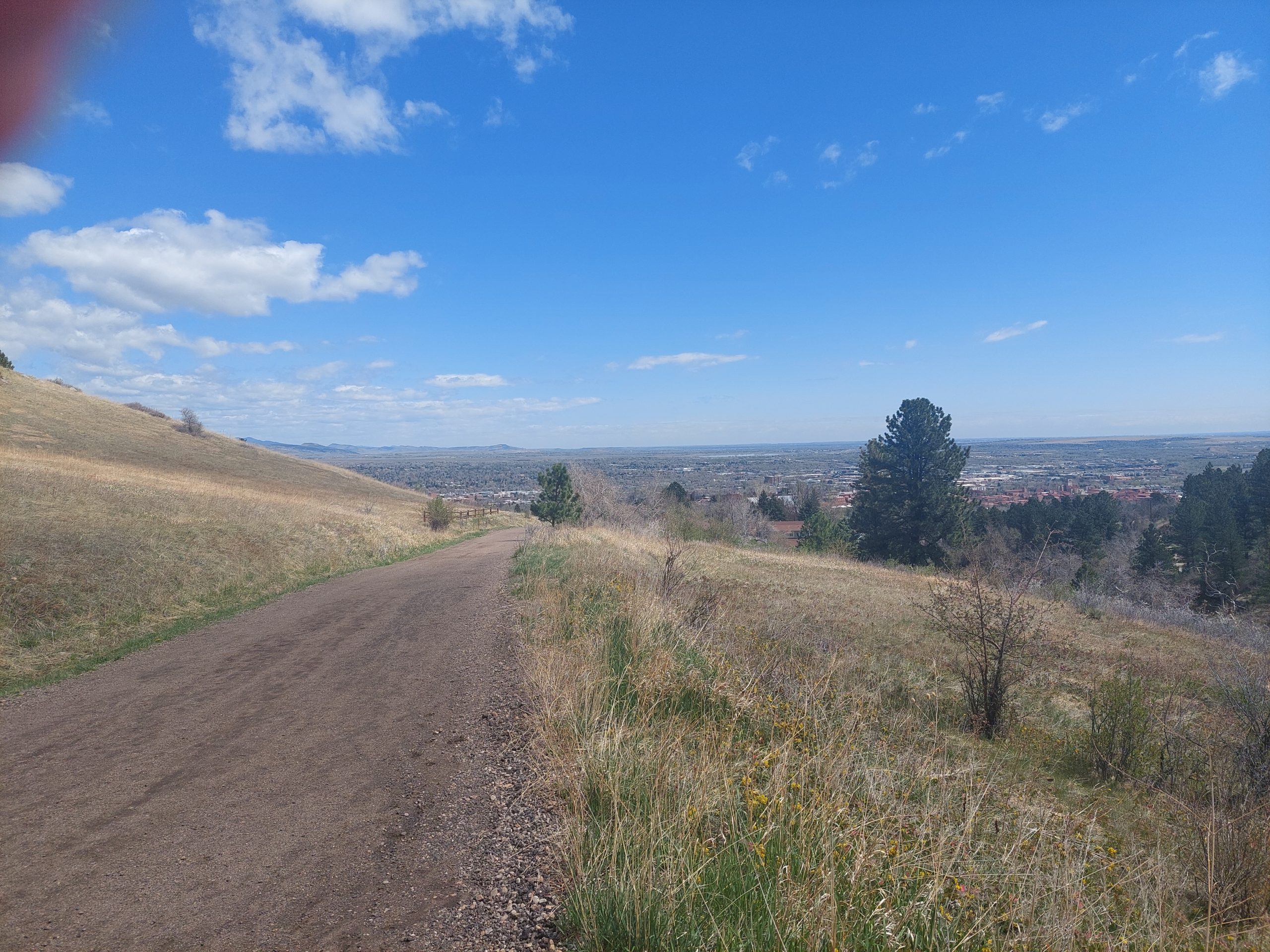
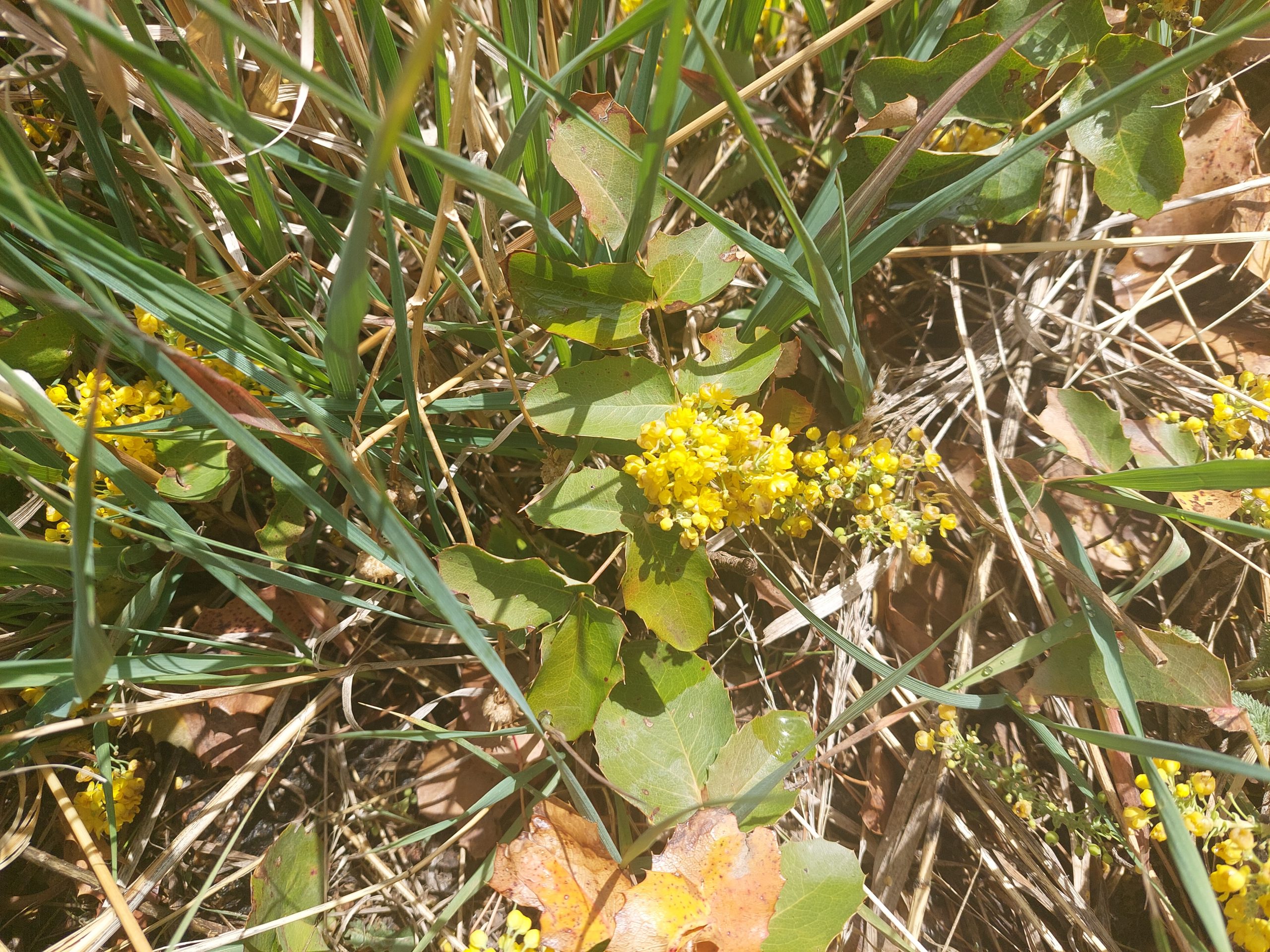
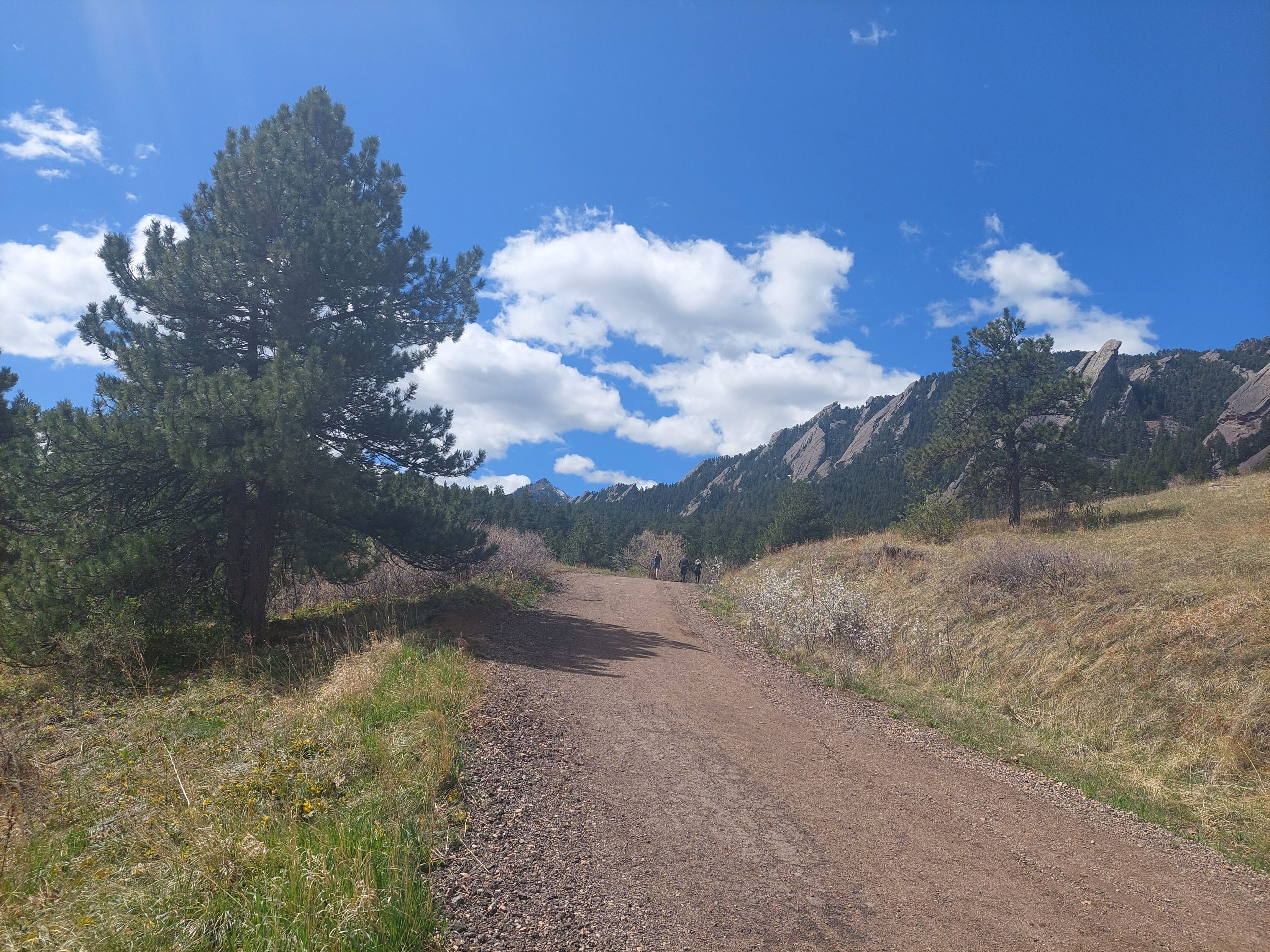
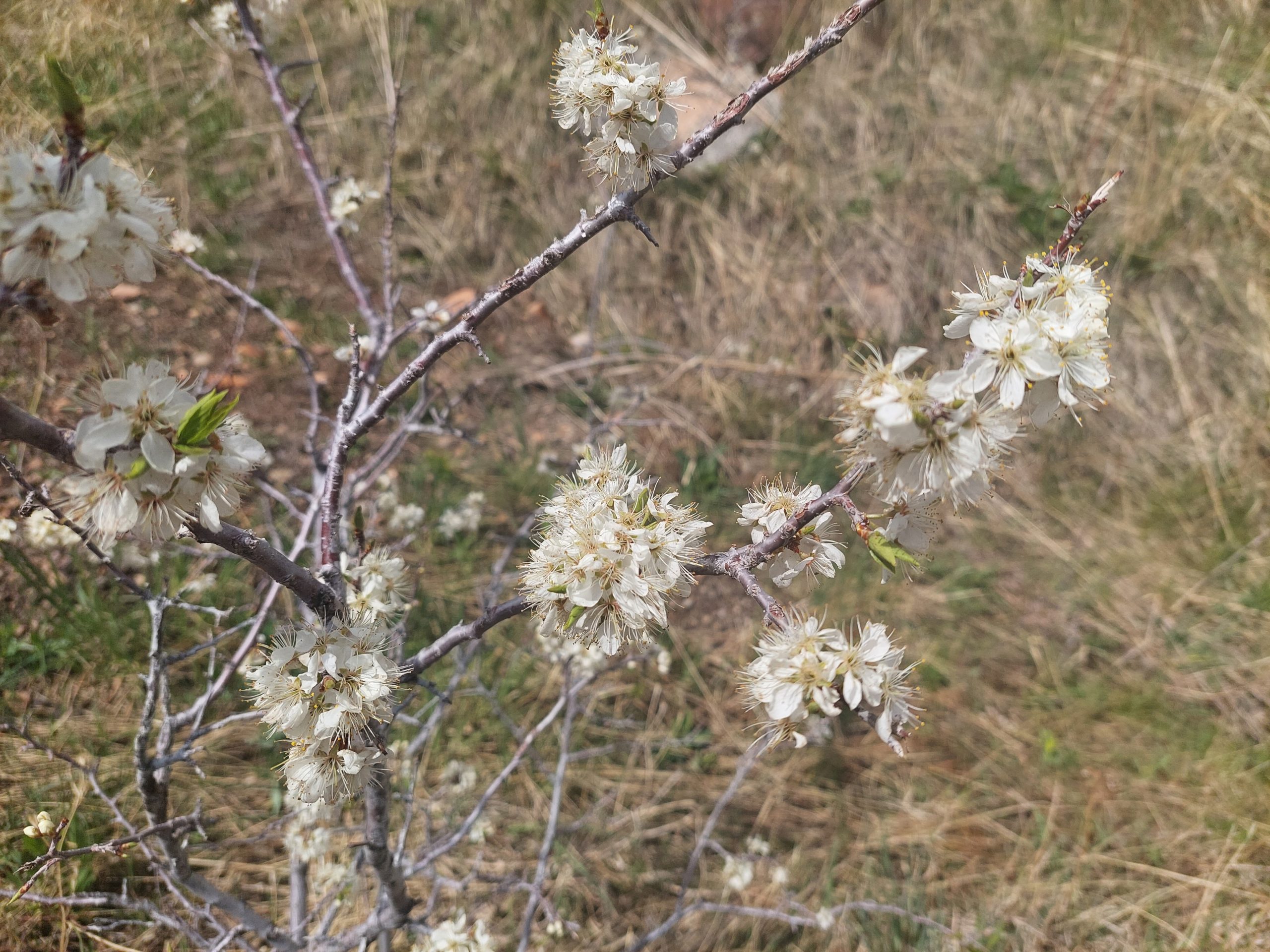

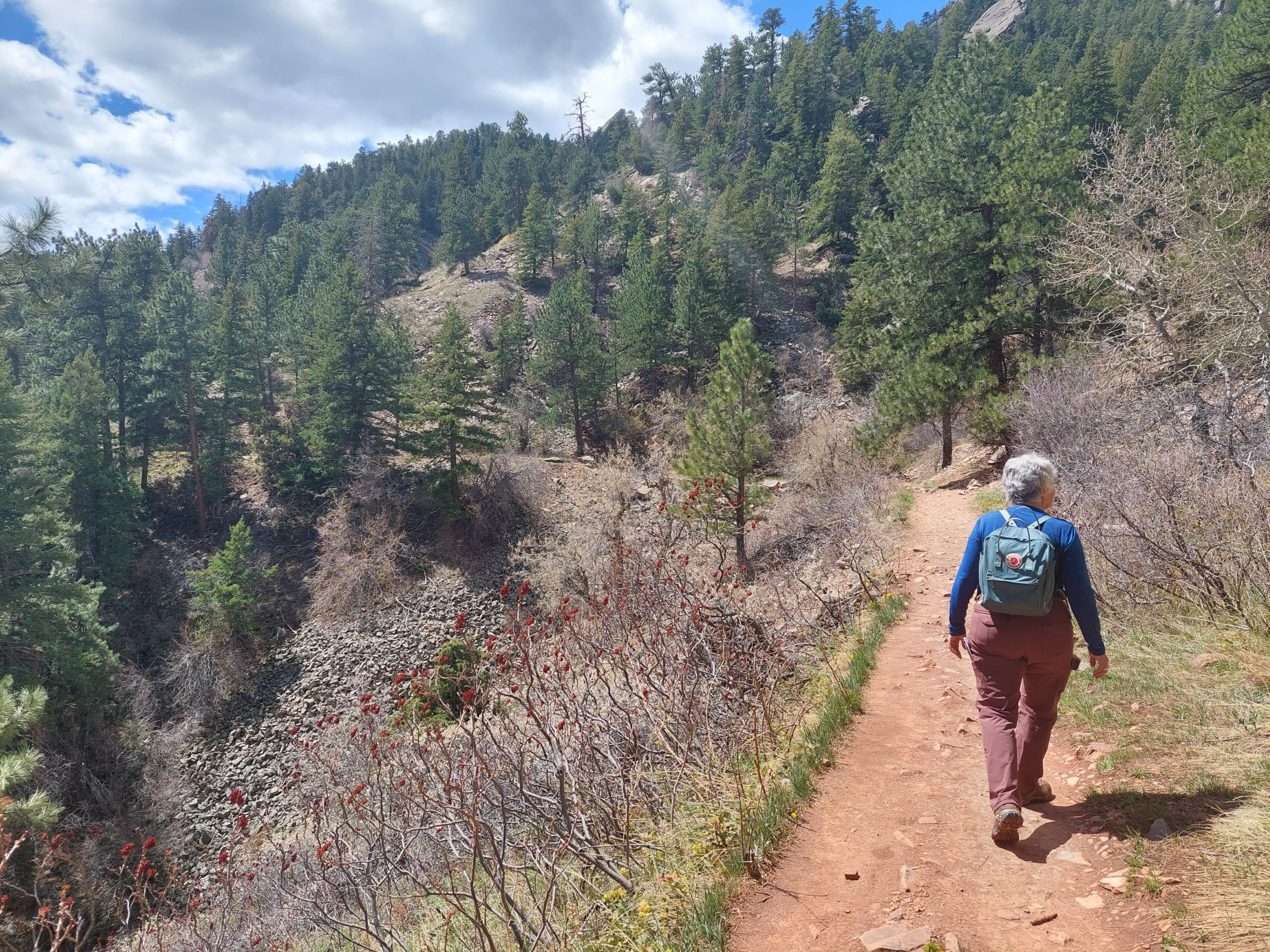
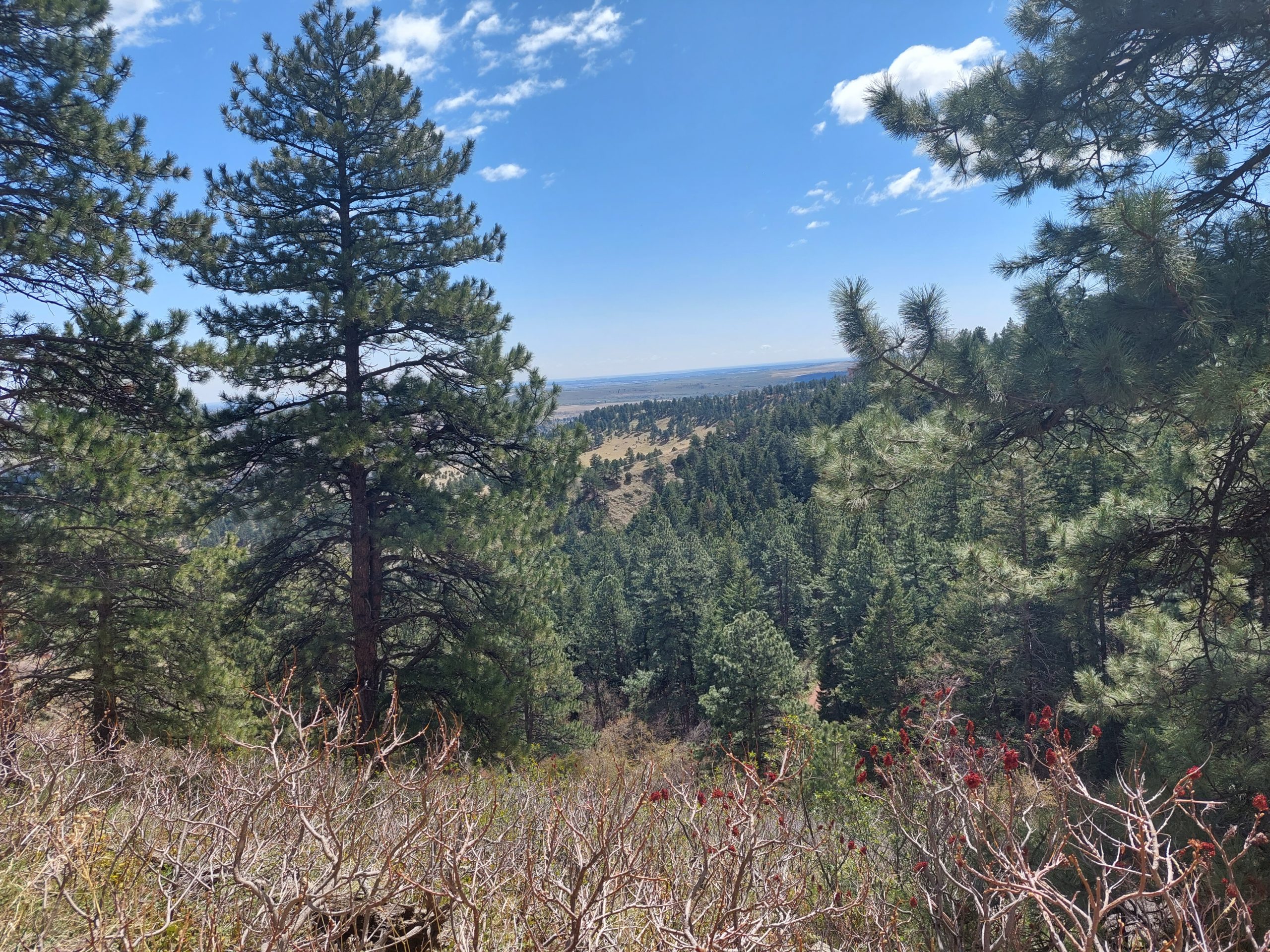
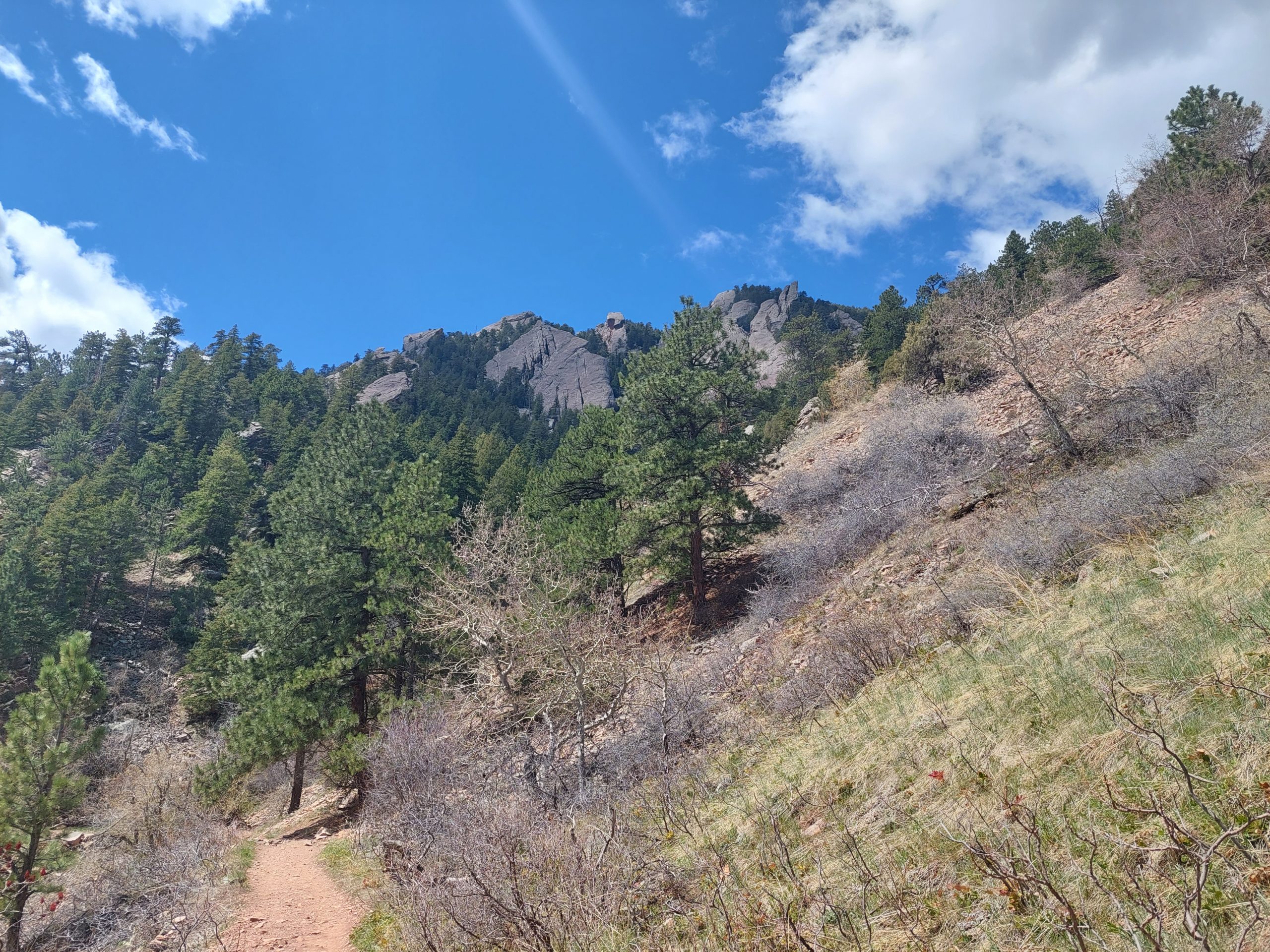

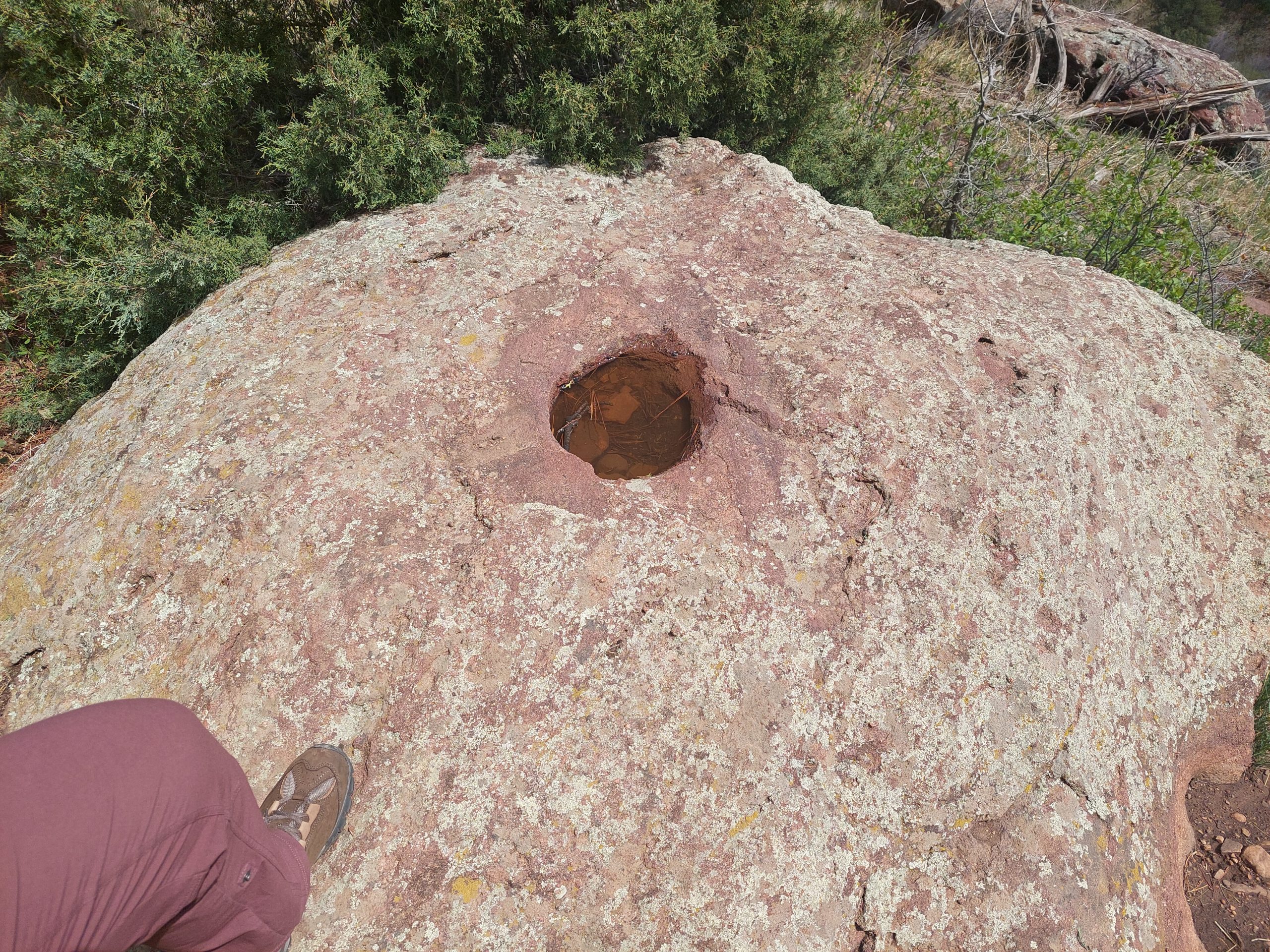
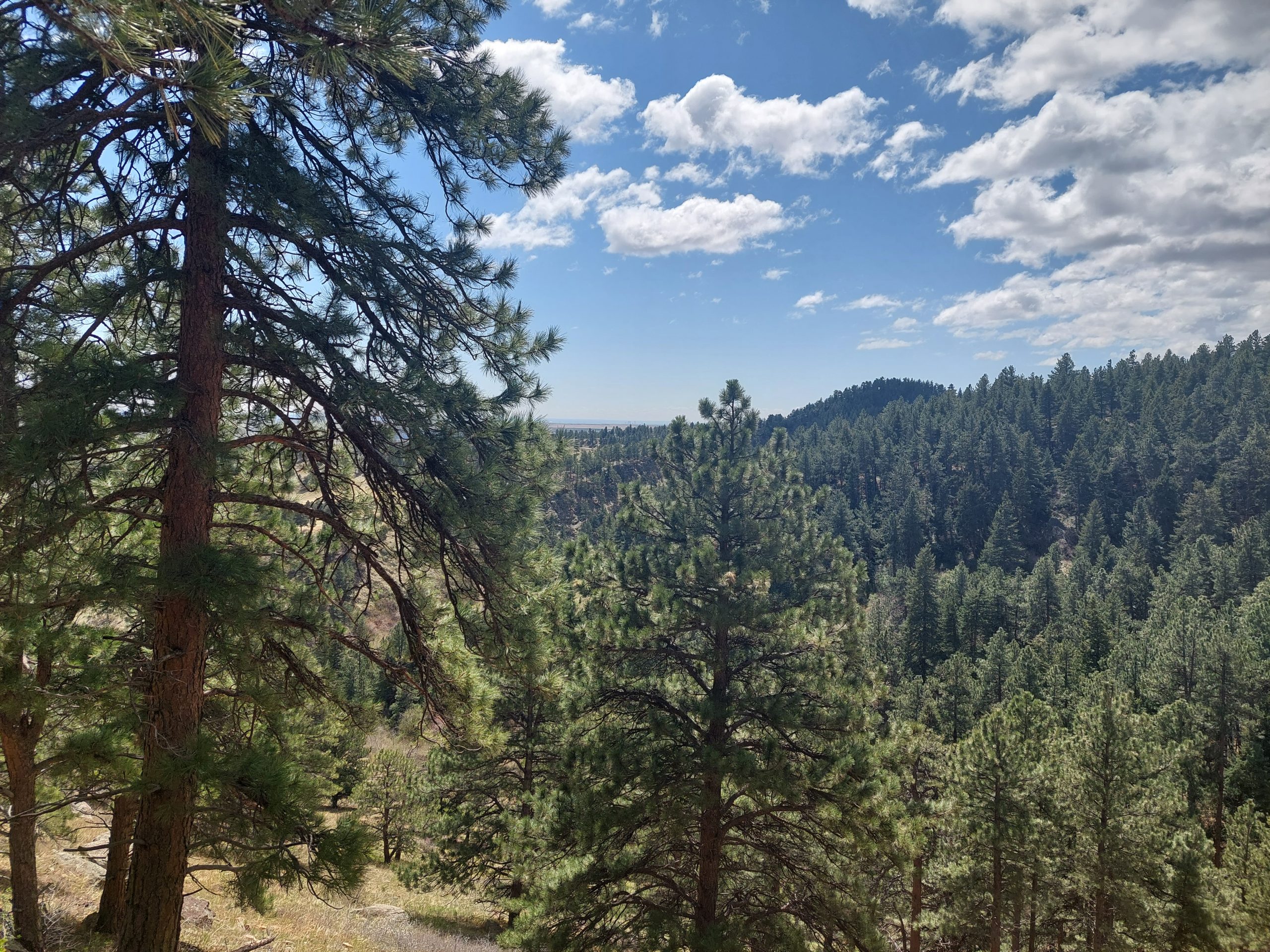

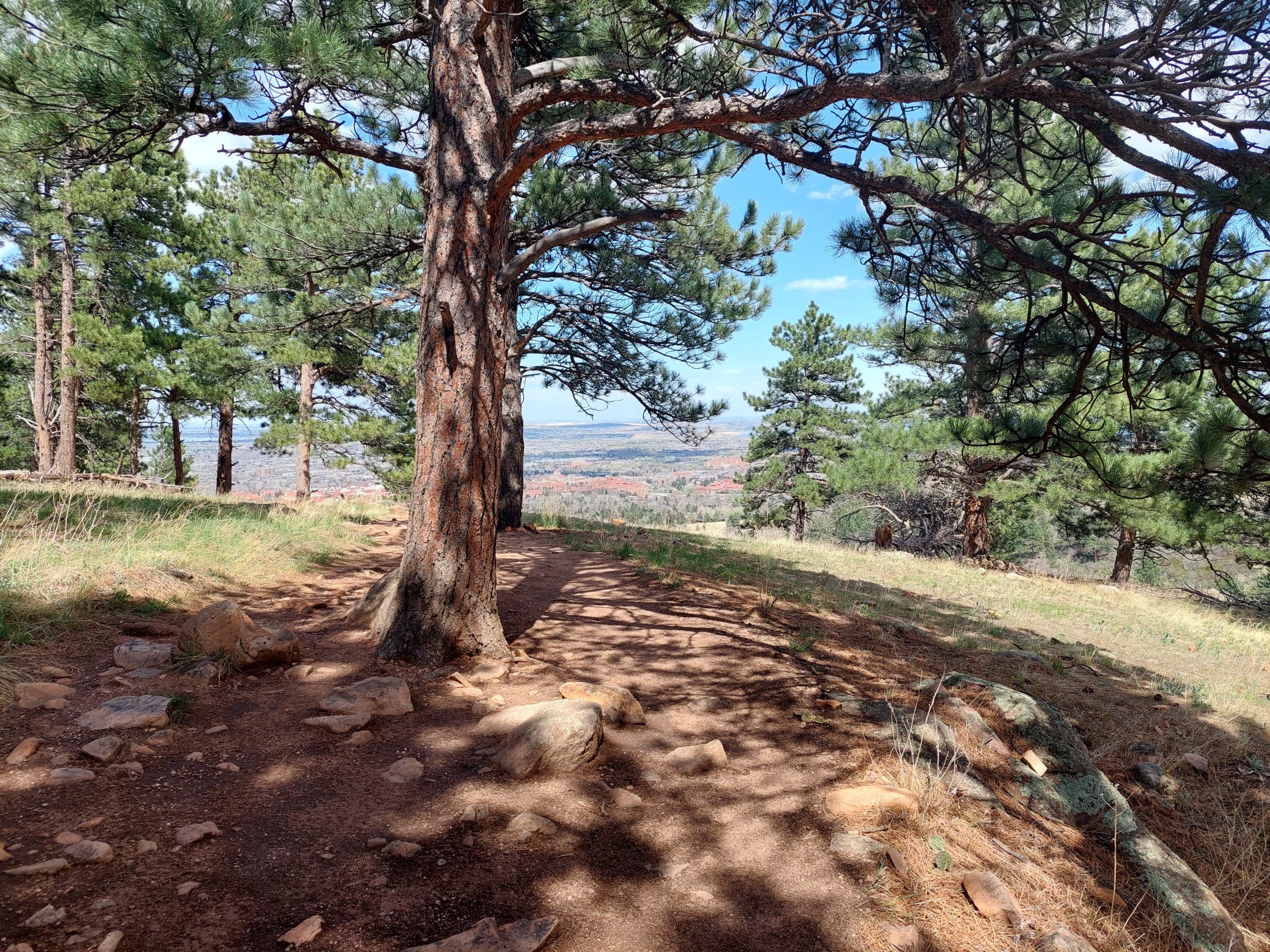
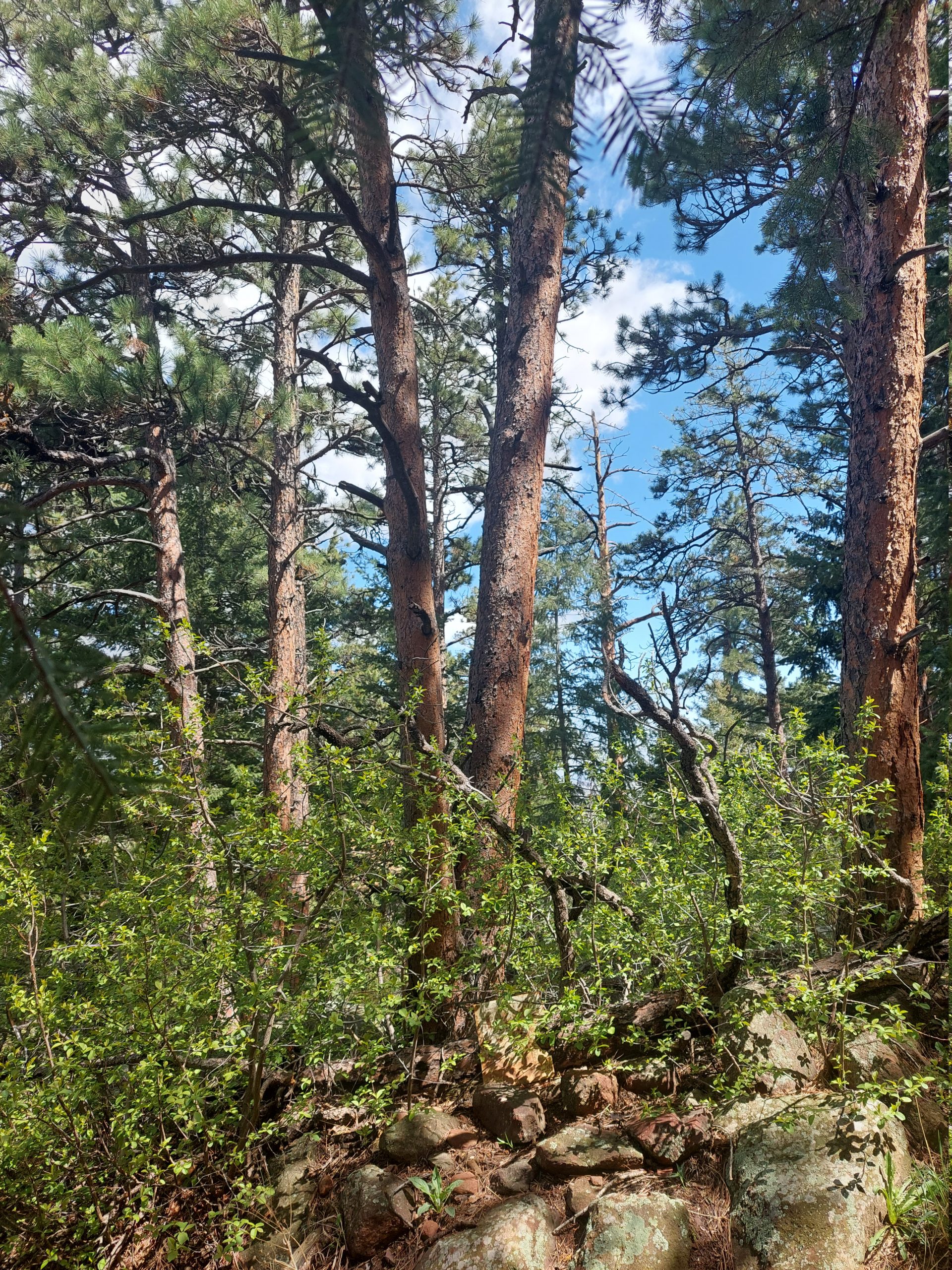
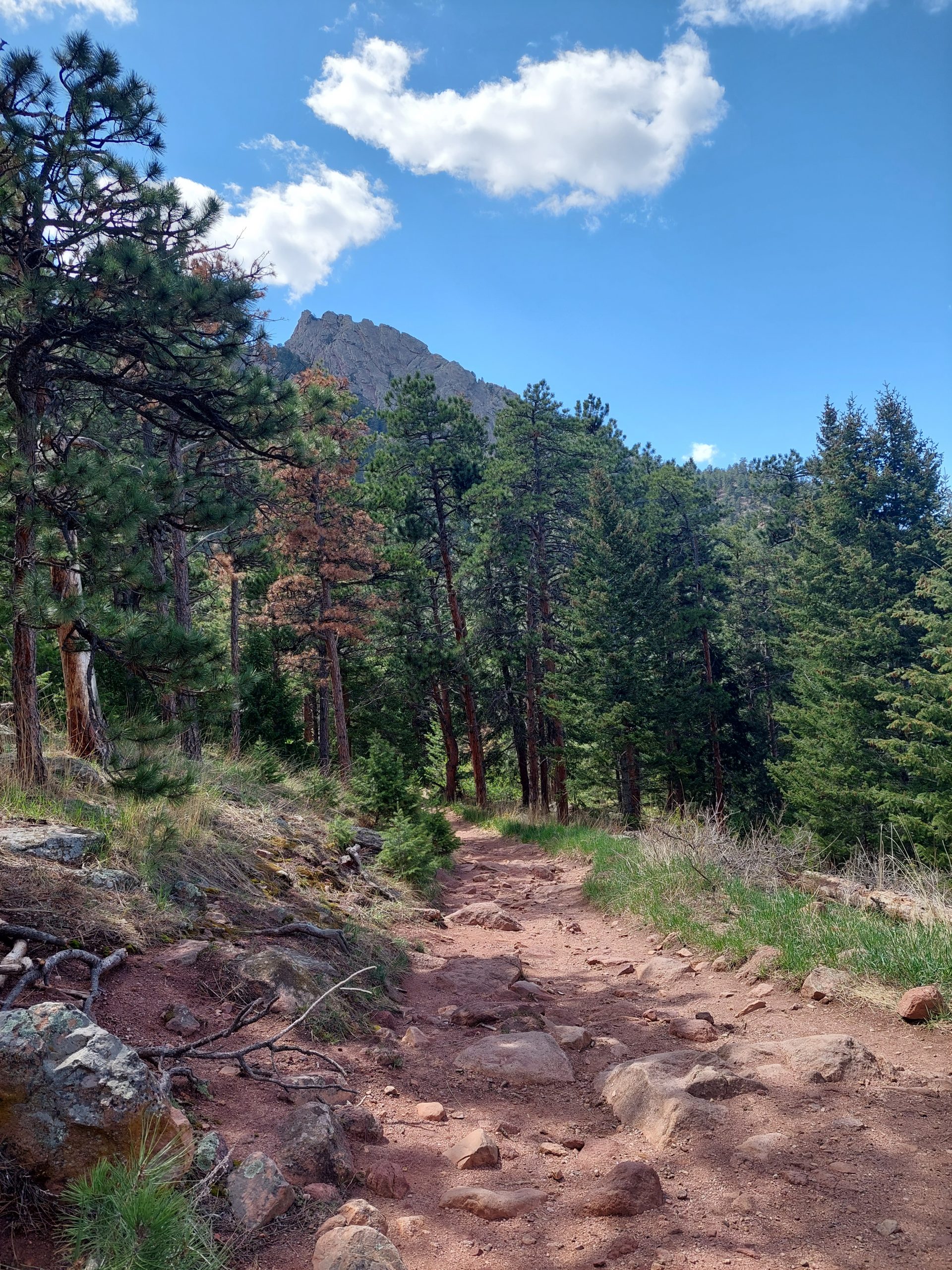
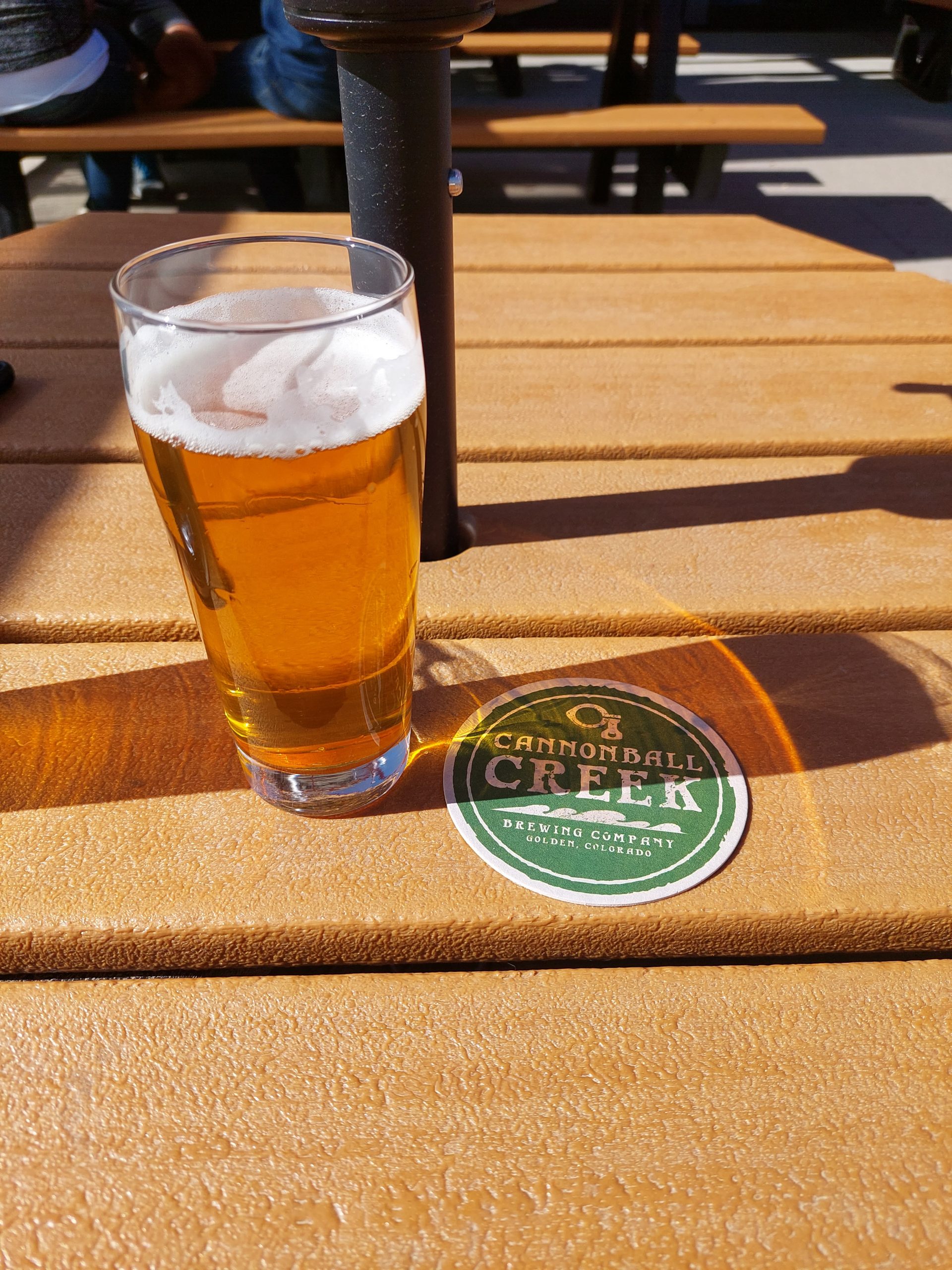
We got to see Emmi and Kyle on Friday, which was awesome — we hadn’t seen them in person for more than two years. The first thing we did together was go to the plant sale at the Denver Botanical Gardens.
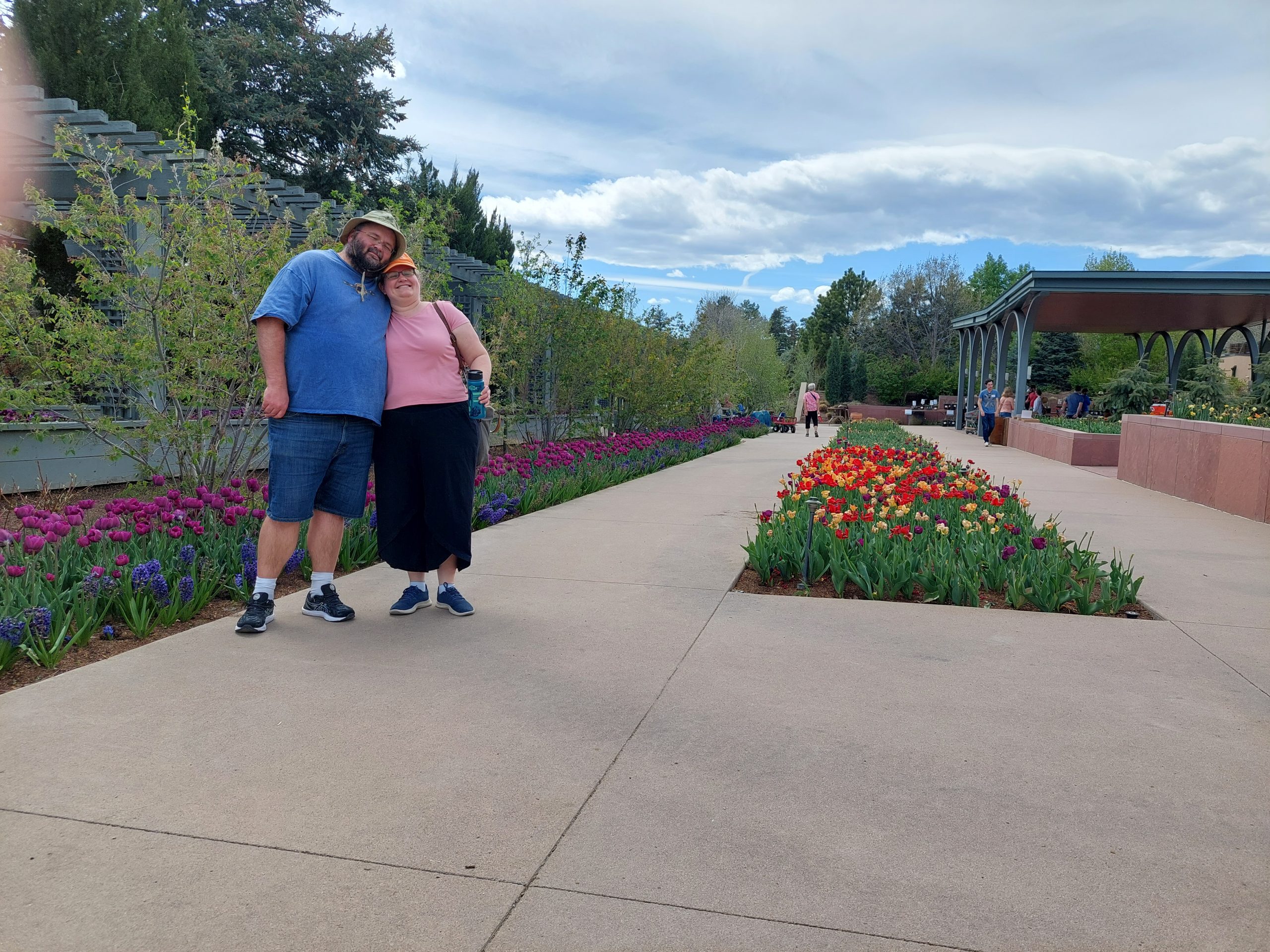
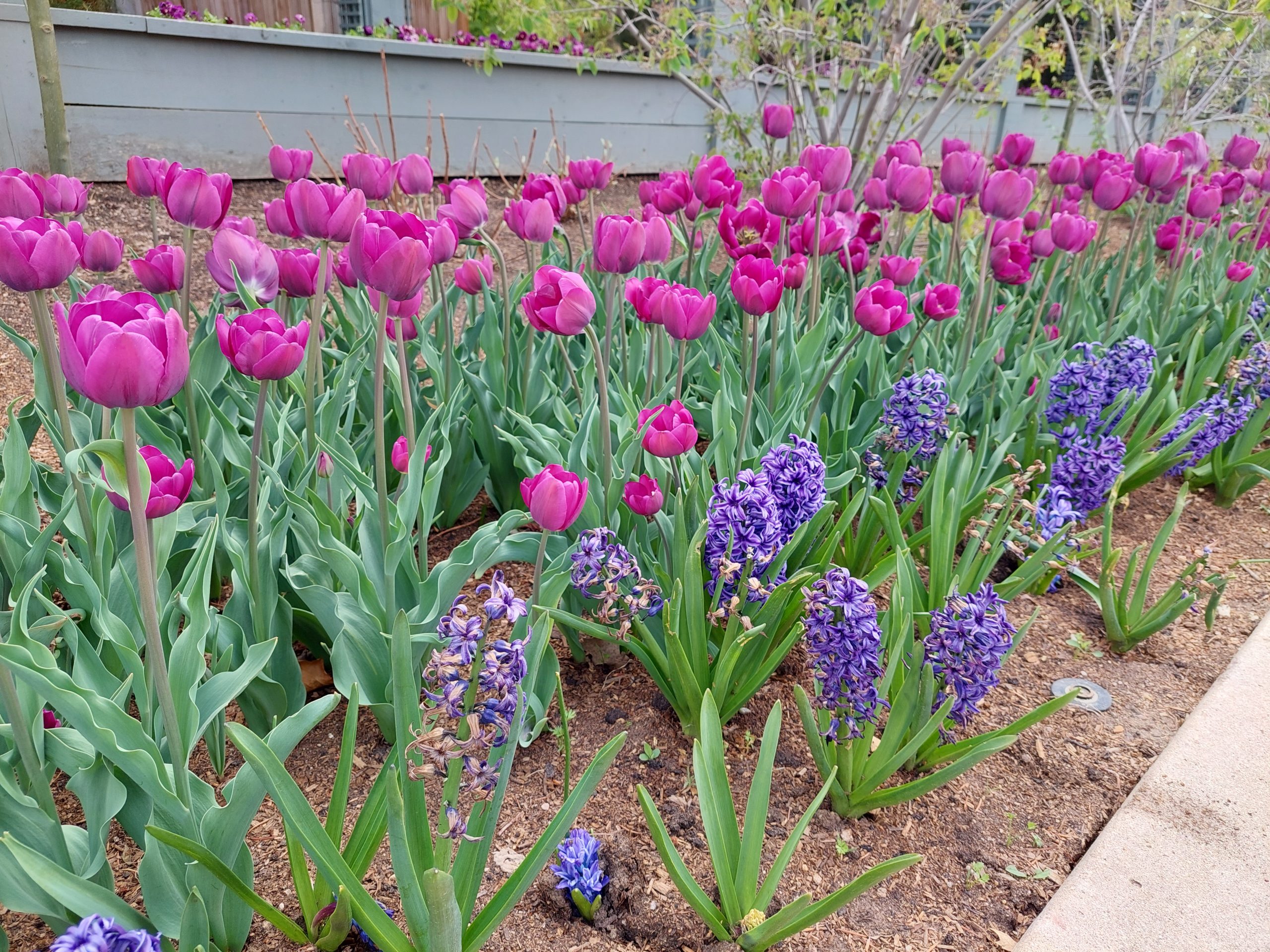
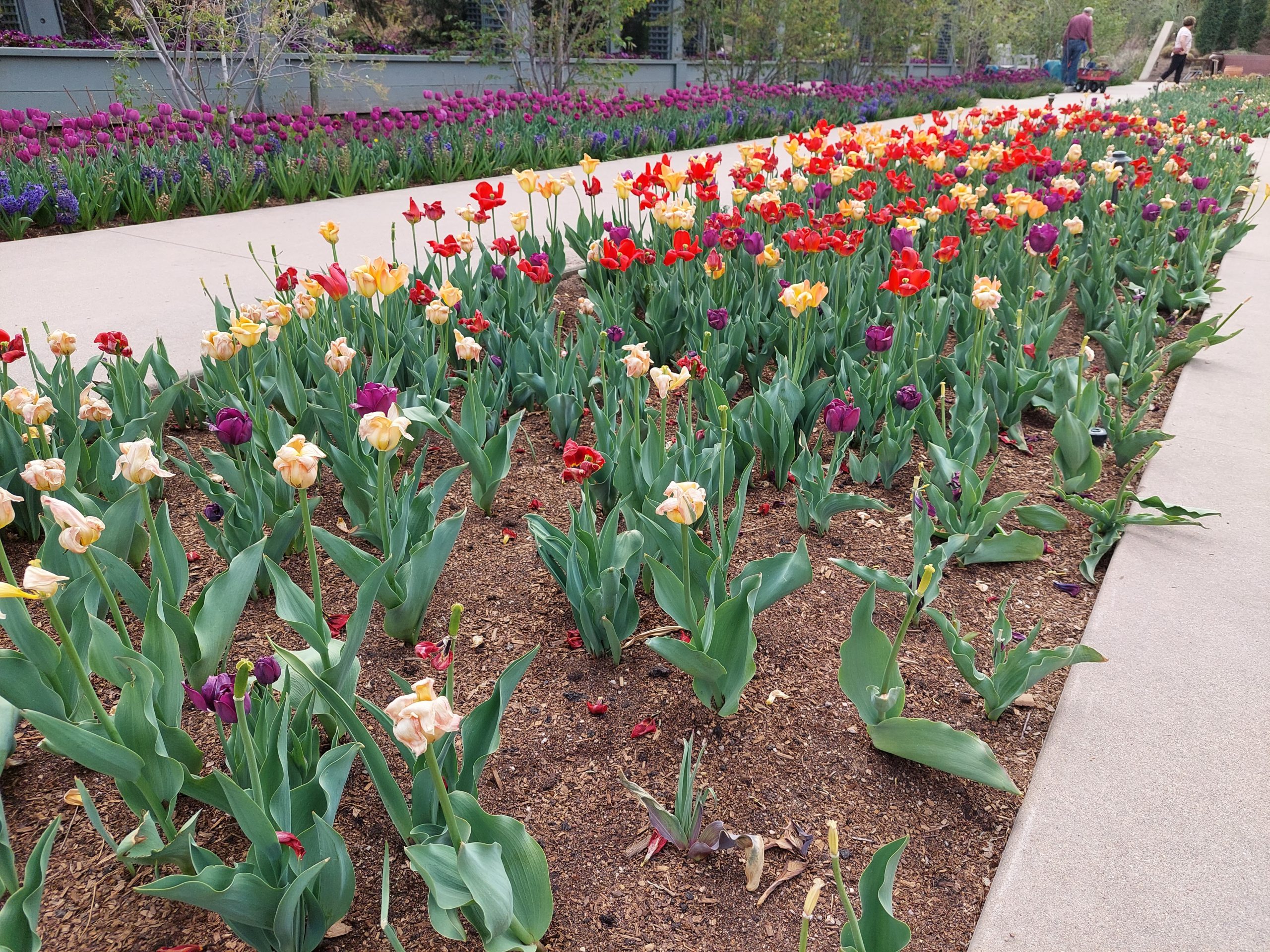
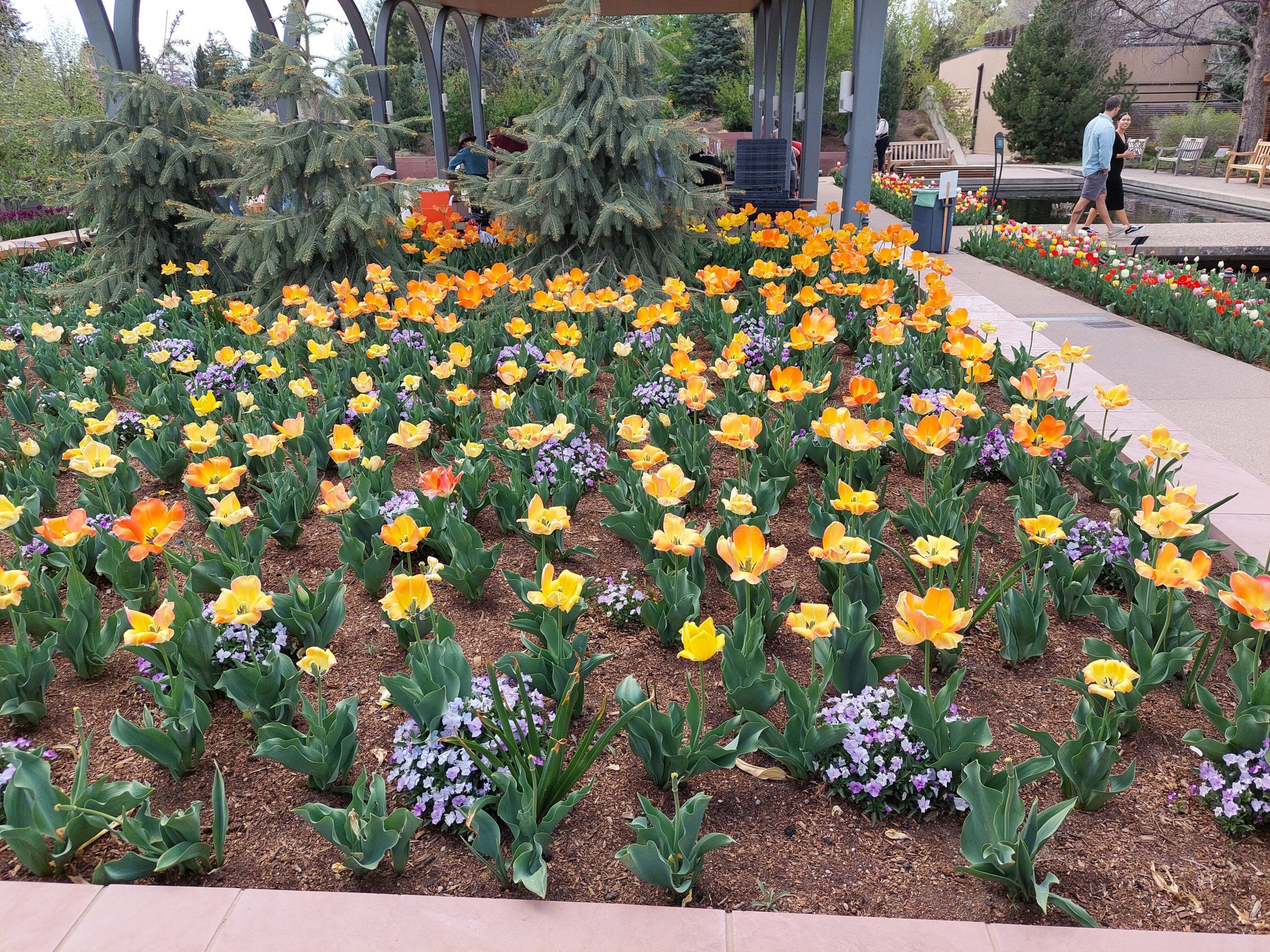
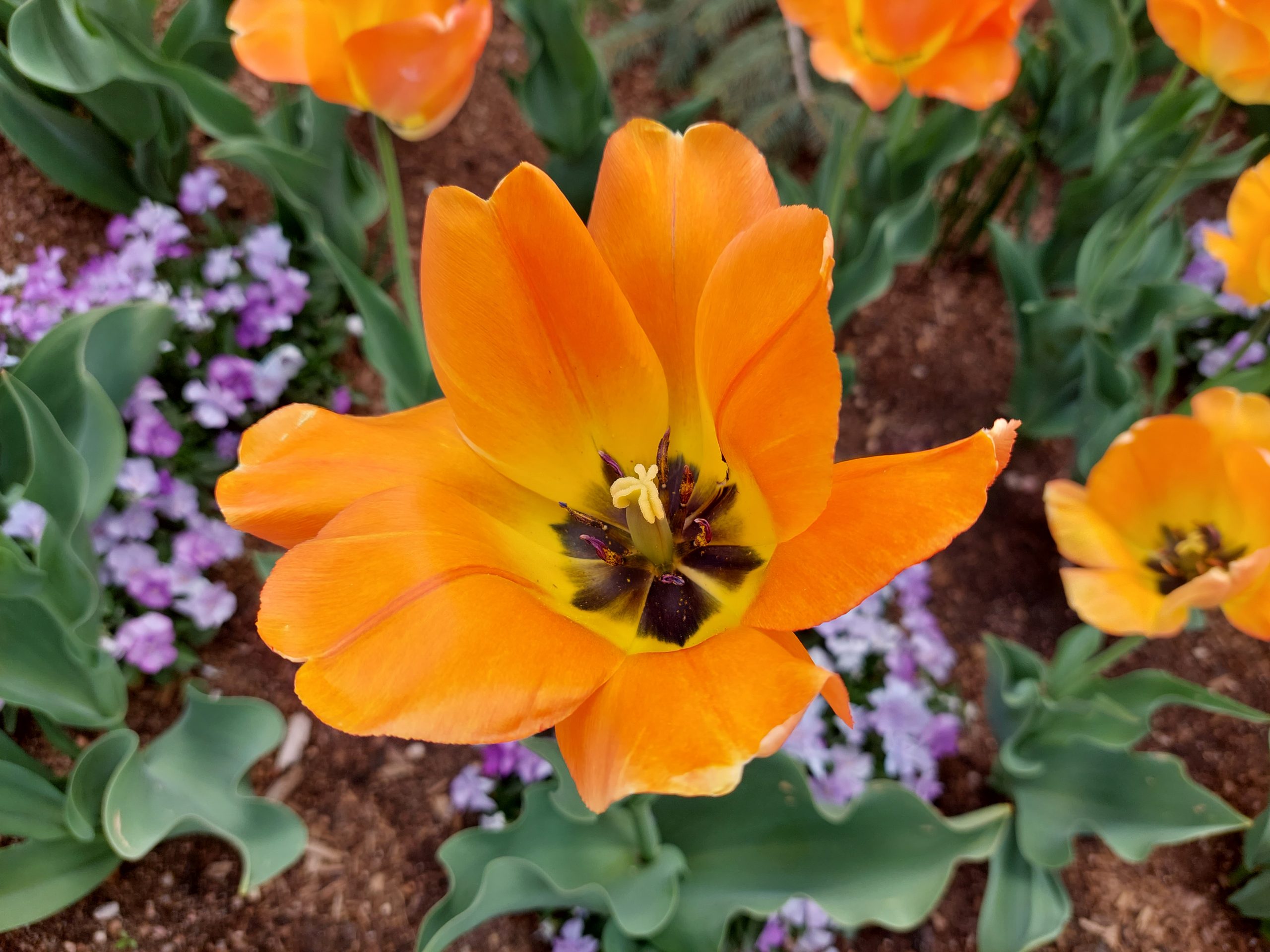
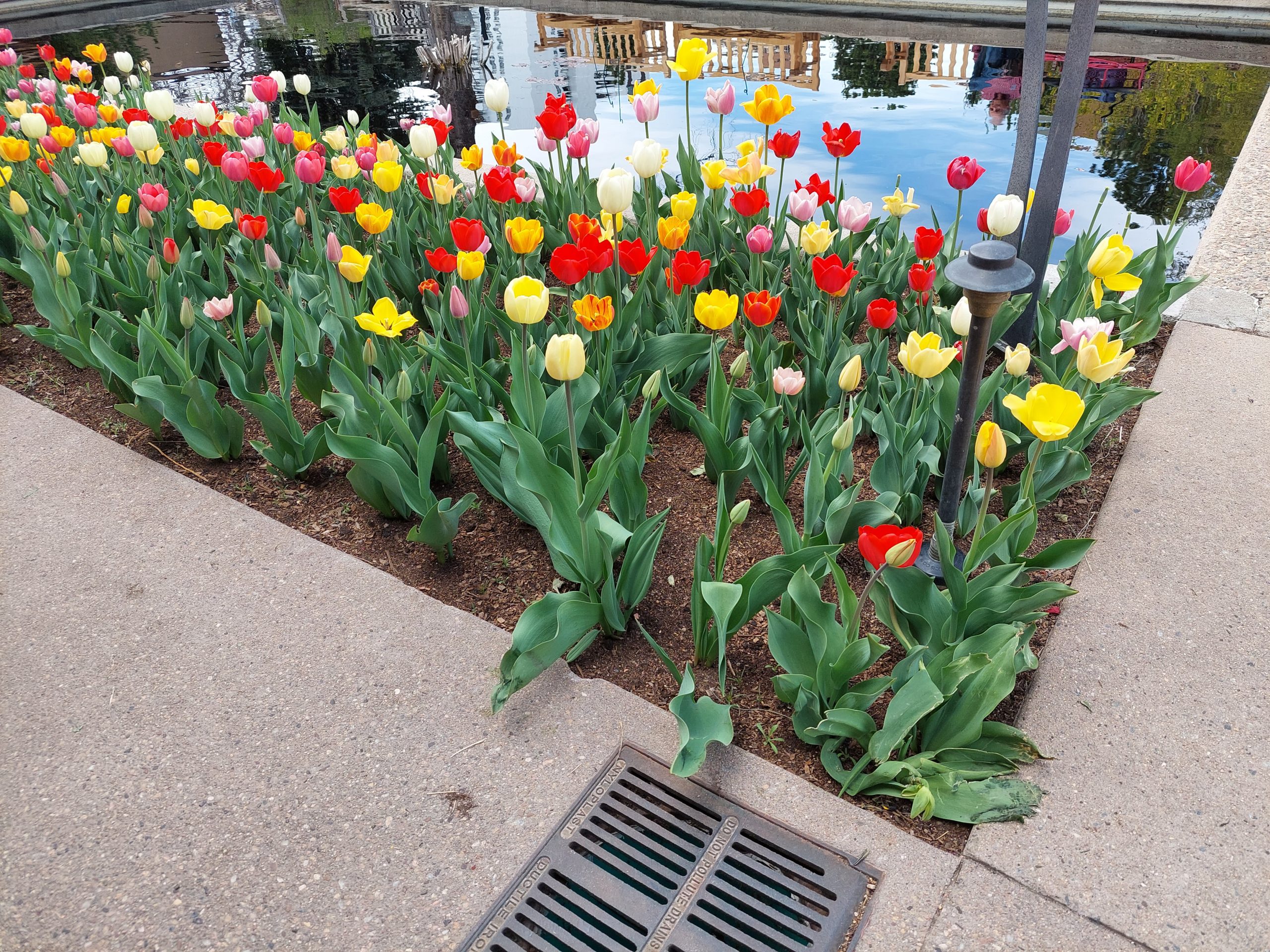
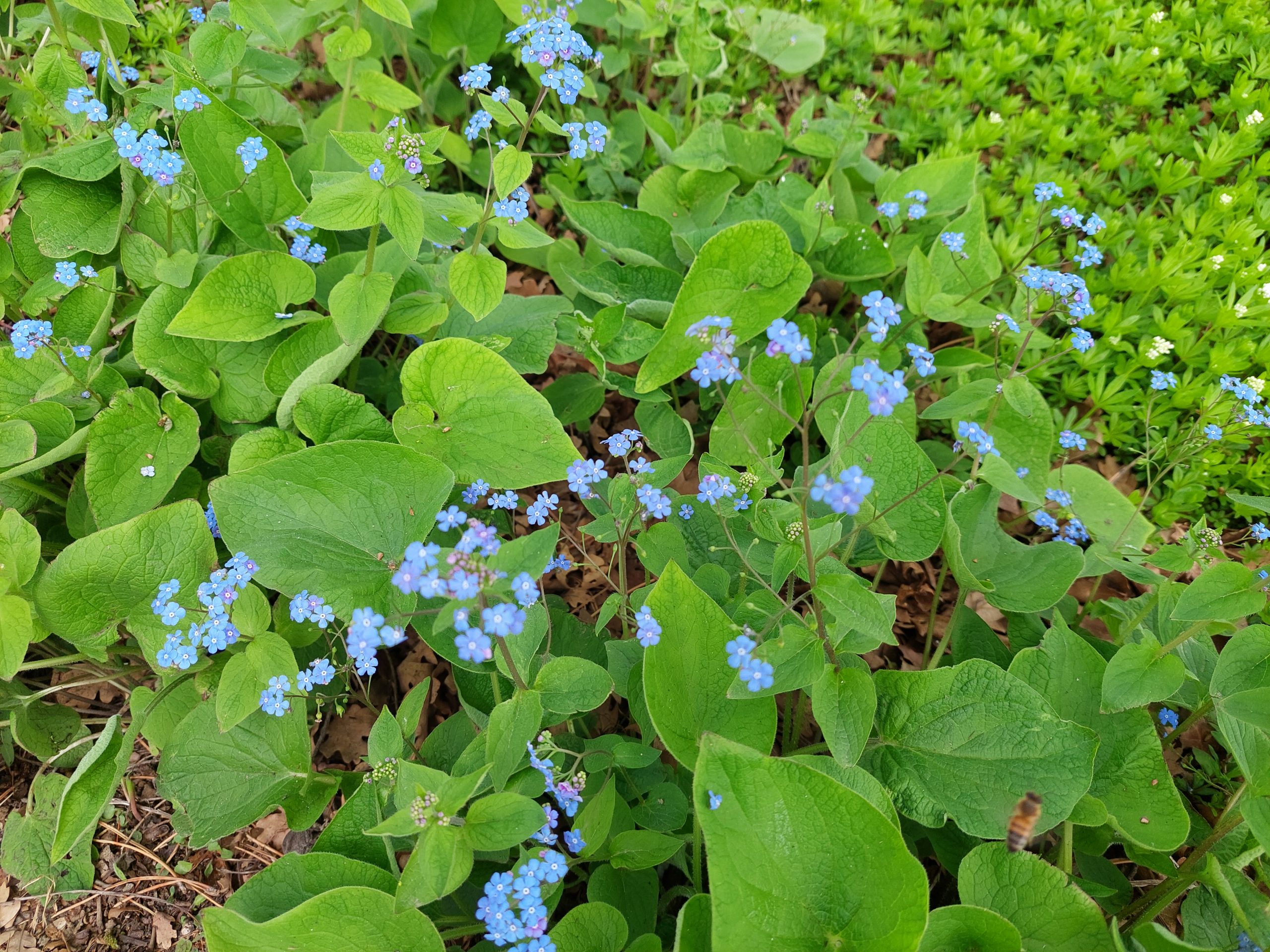
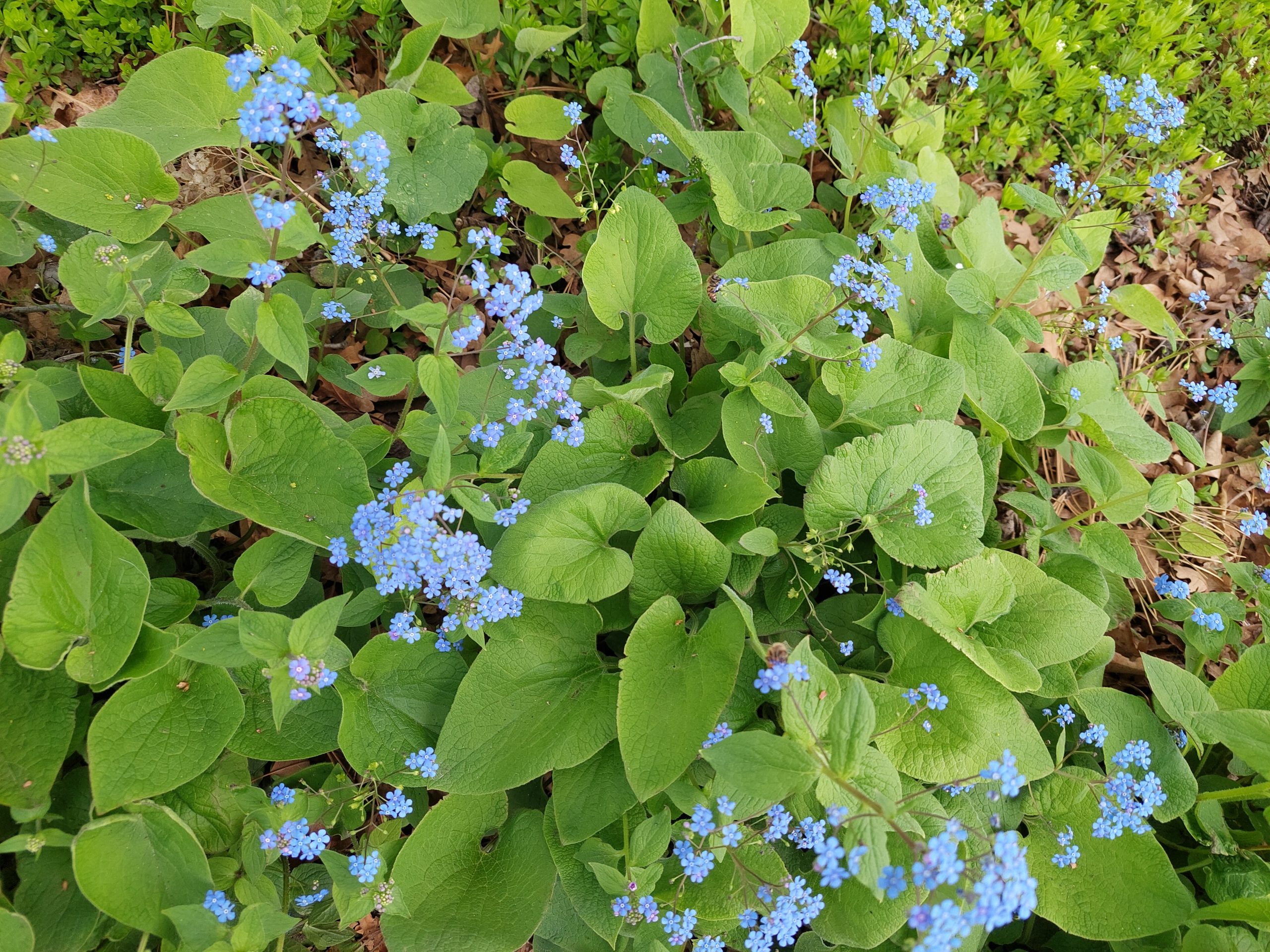
Yesterday Anne and I did a little exploring between meeting Emmi & Kyle for brunch and meeting them for dinner. We wanted to get a hike in, someplace that wouldn’t be too crowded even on a Saturday, so Emmi suggested Red Rock Amphitheater and away we went.
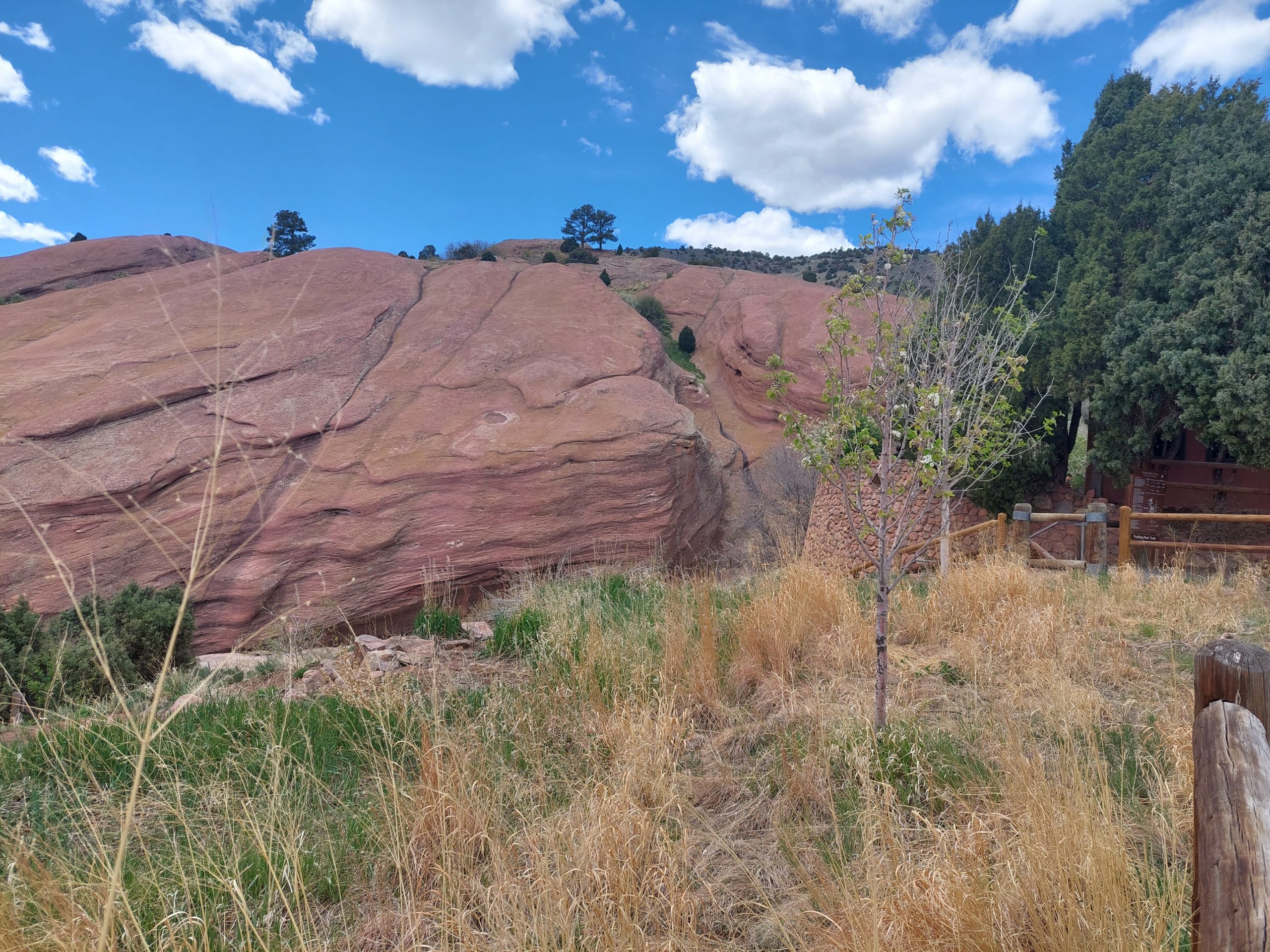
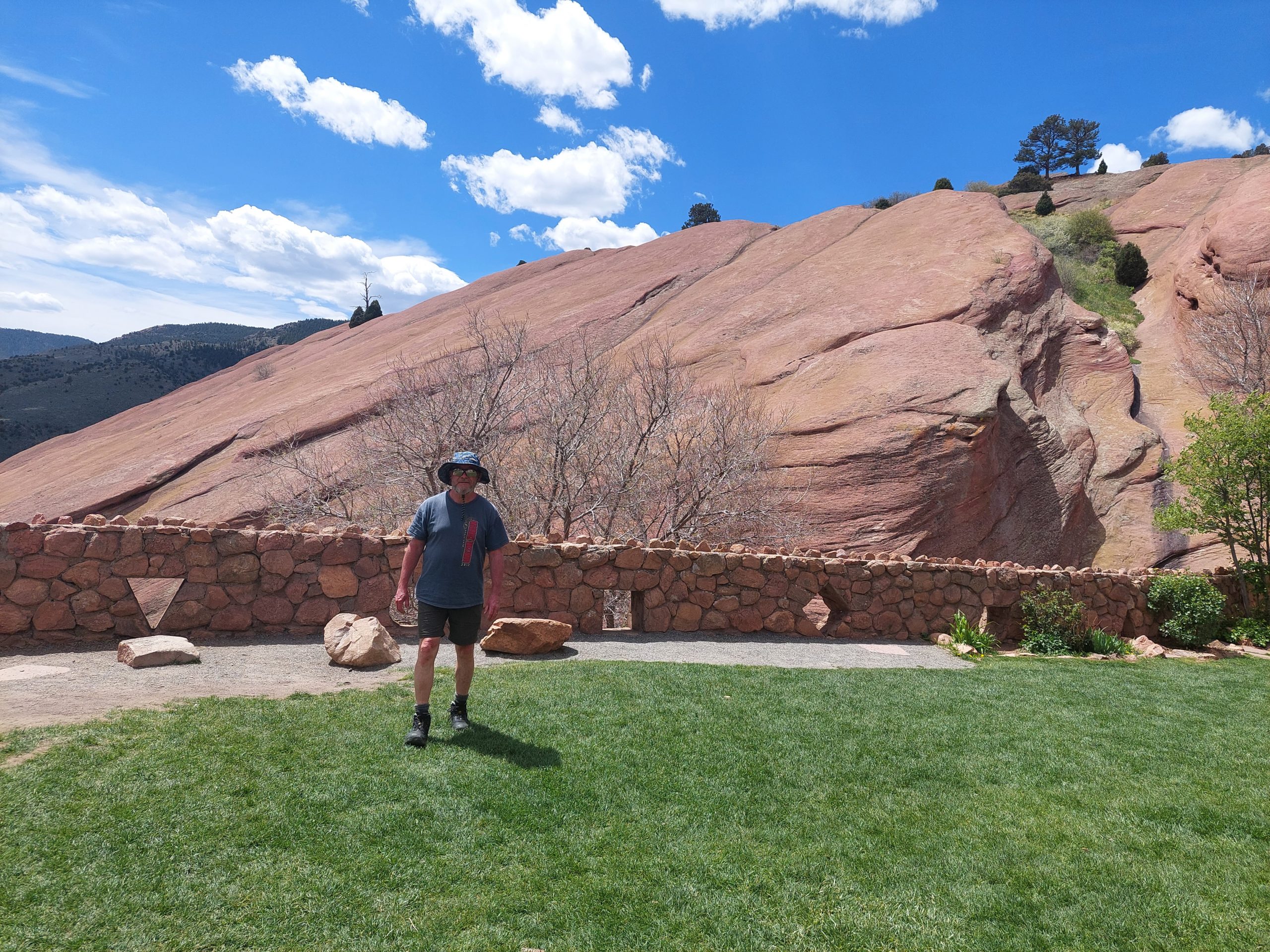
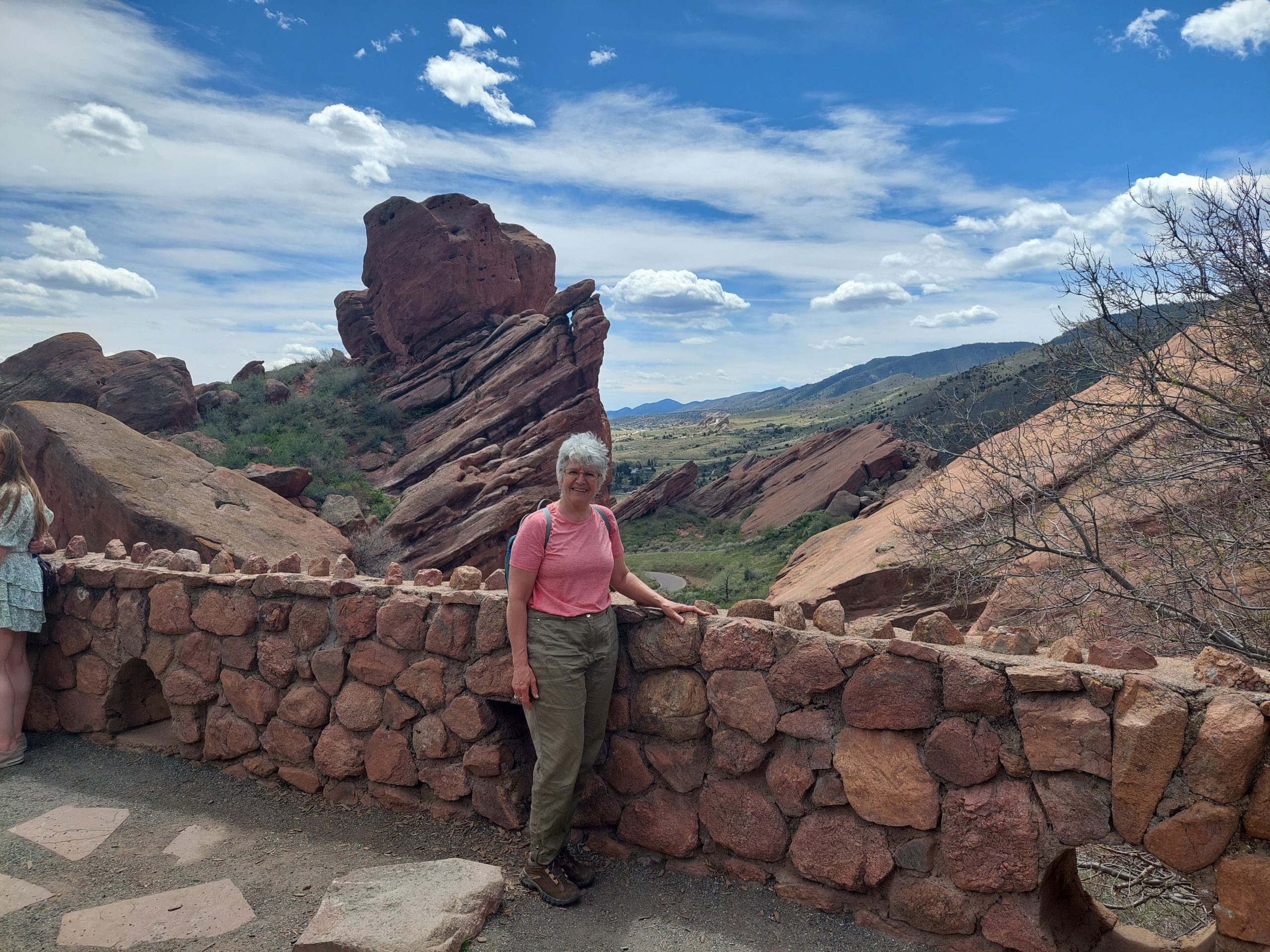
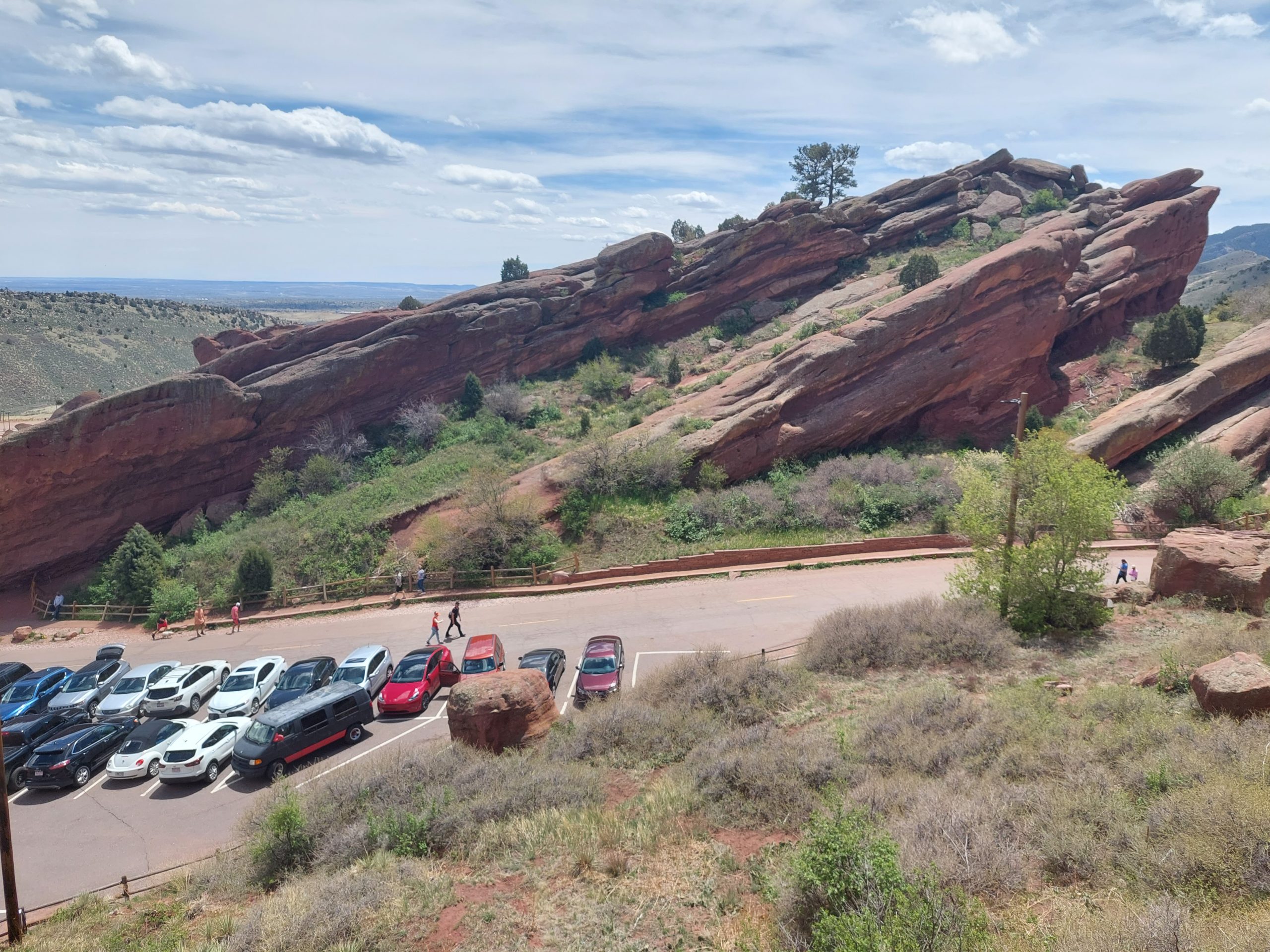

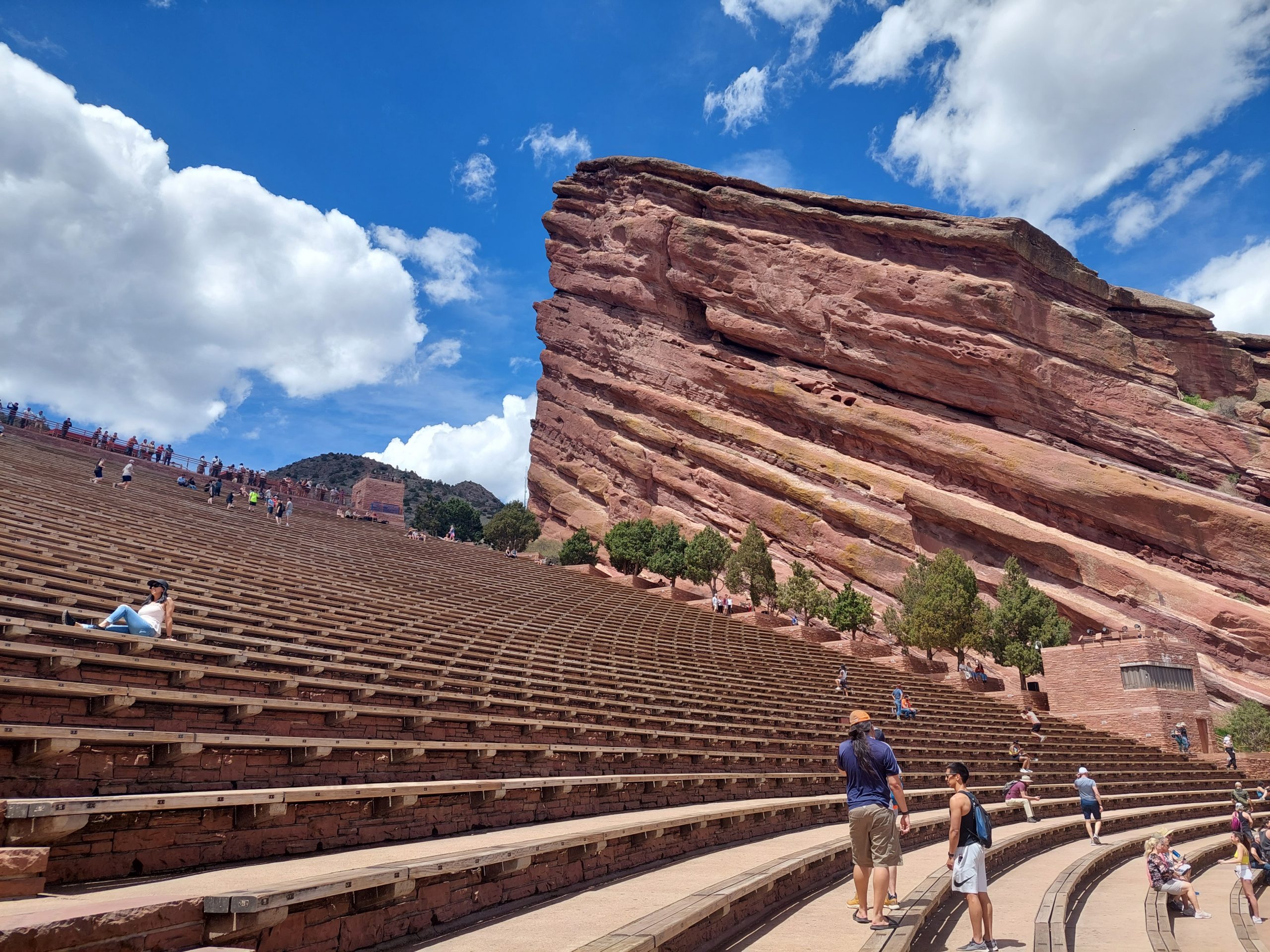
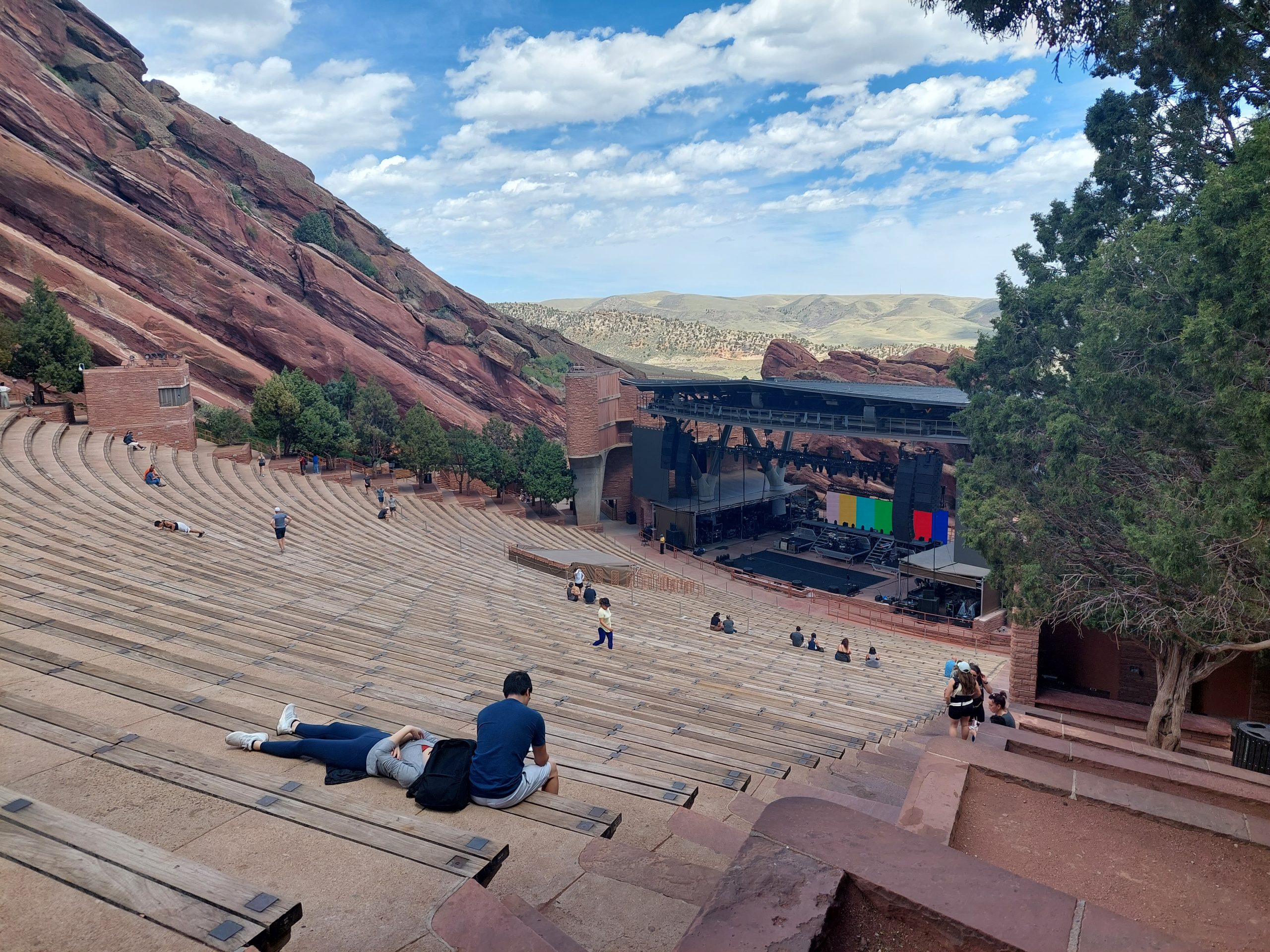
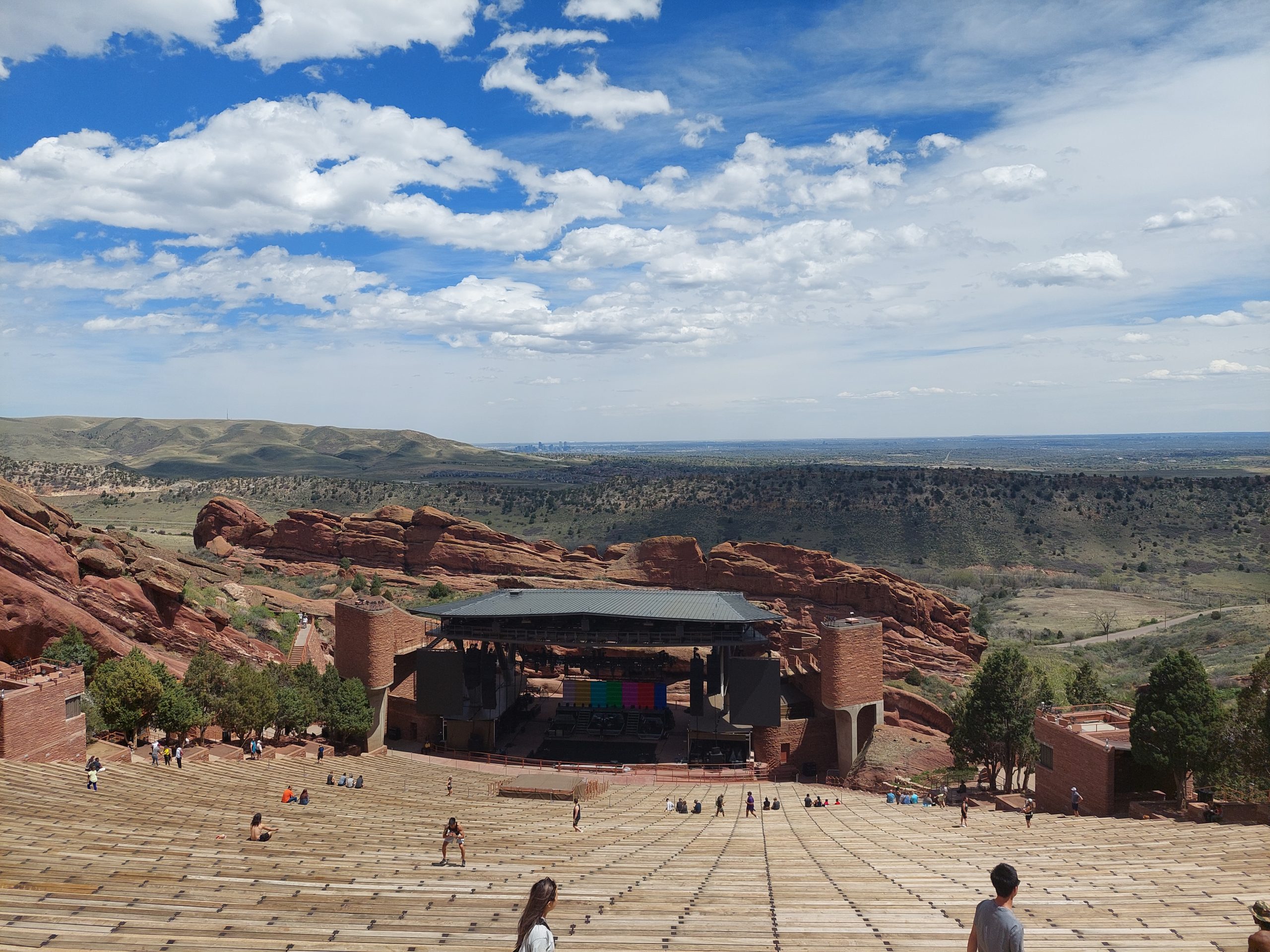
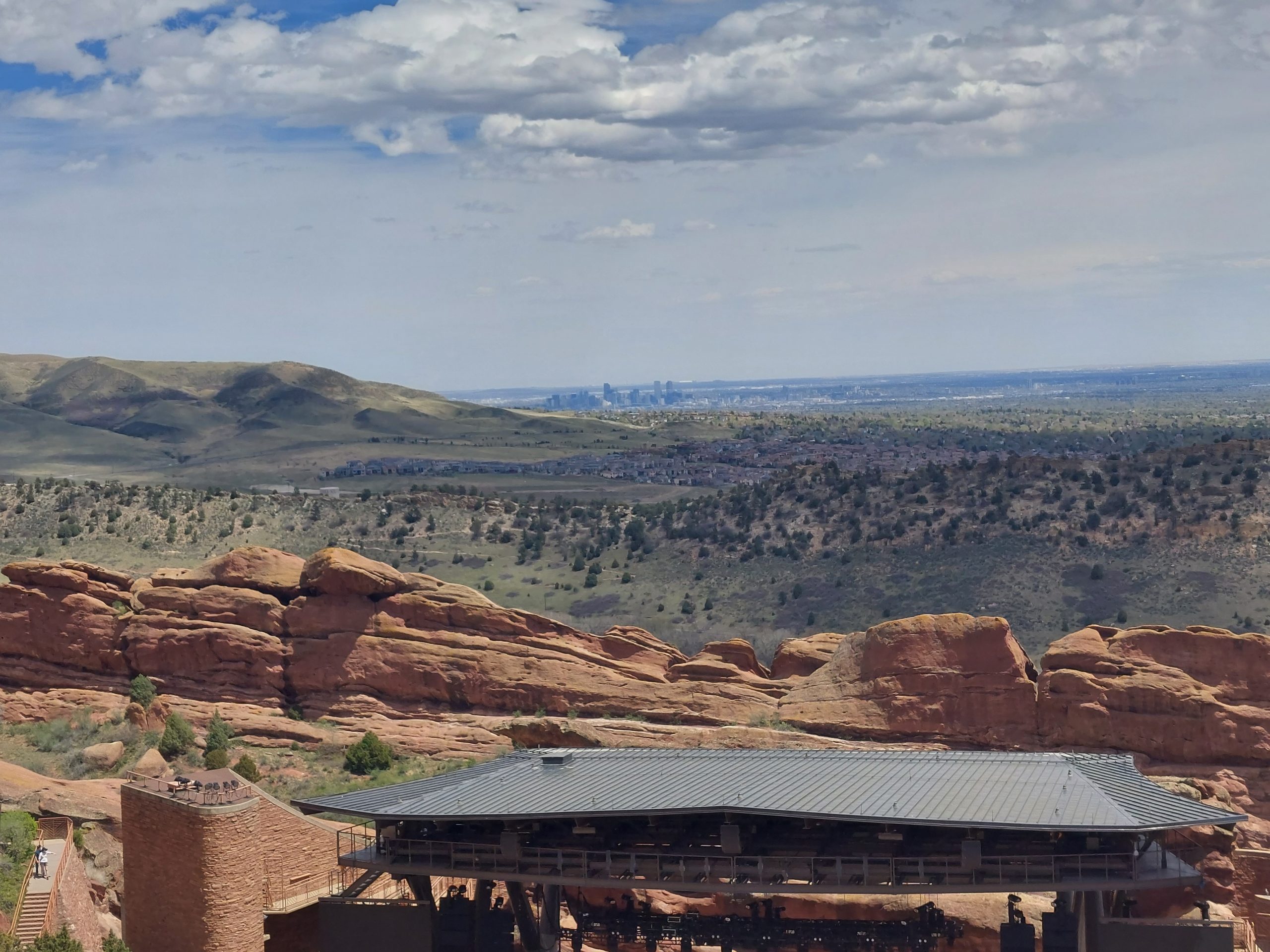
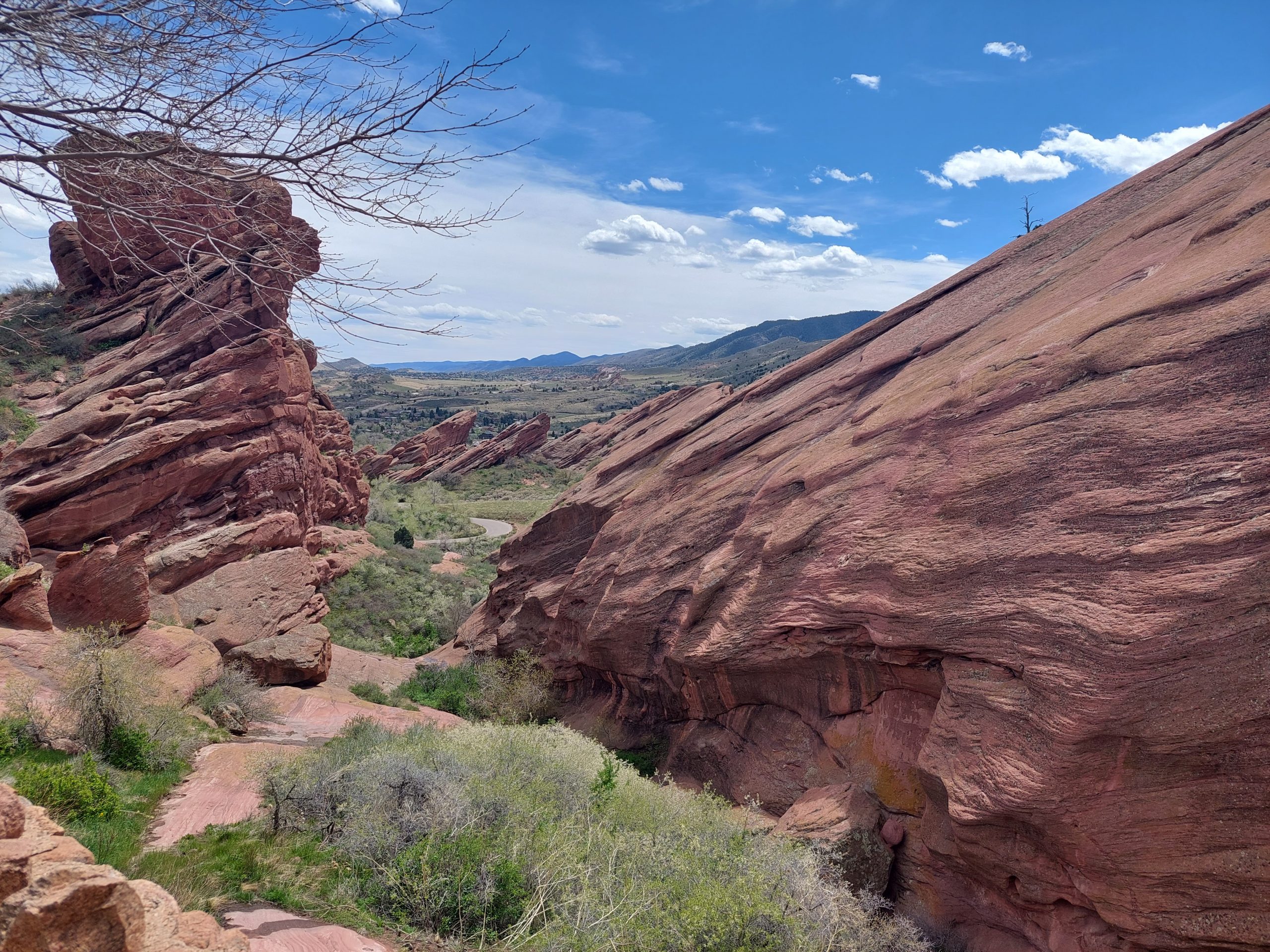
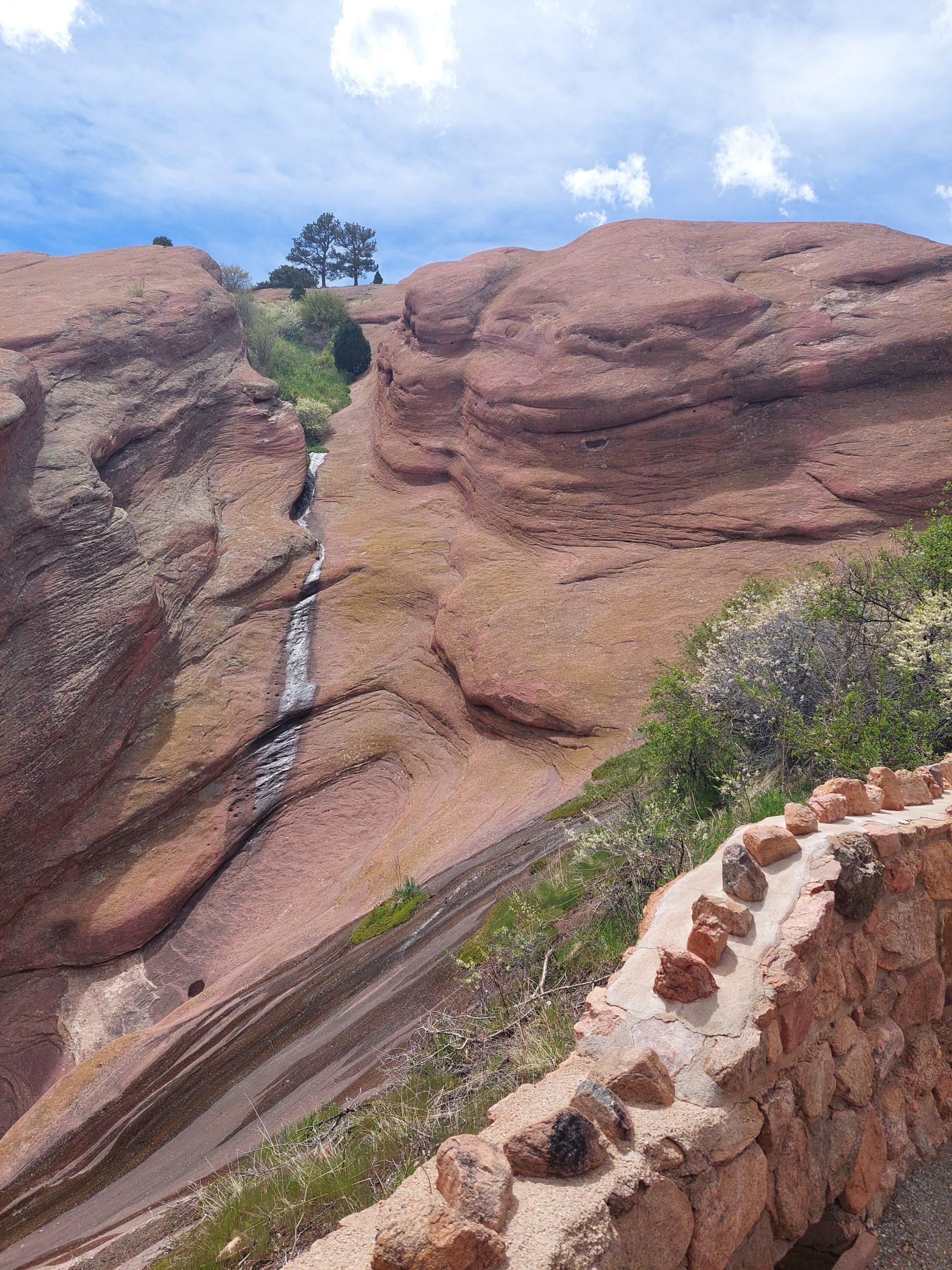
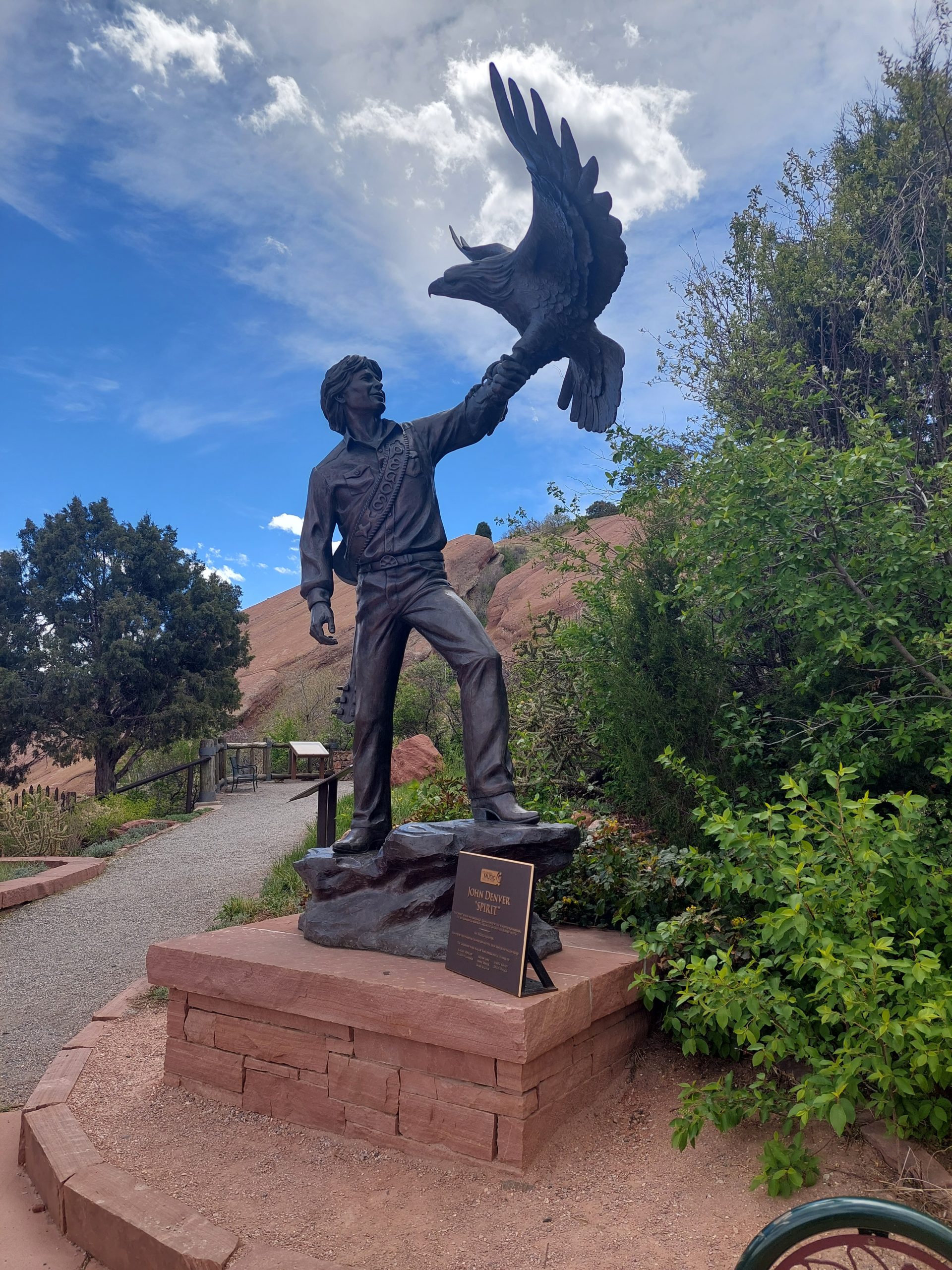
And finally, here are a few photos of a robin eating berries at Belmar Lake this morning:
